
C u r v i aT M
Imagine it. We turn it into light.





C u r v i aT M
Imagine it. We turn it into light.



Over thirty years ago, Q-Tran was born with a vision: to manufacture superior power solutions. As we grew, we expanded our offering to include the highest quality LEDs and fixtures, positioning us as a leader in architectural lighting. Now it’s time that our brand reflects the dynamic, innovative company we’ve become.



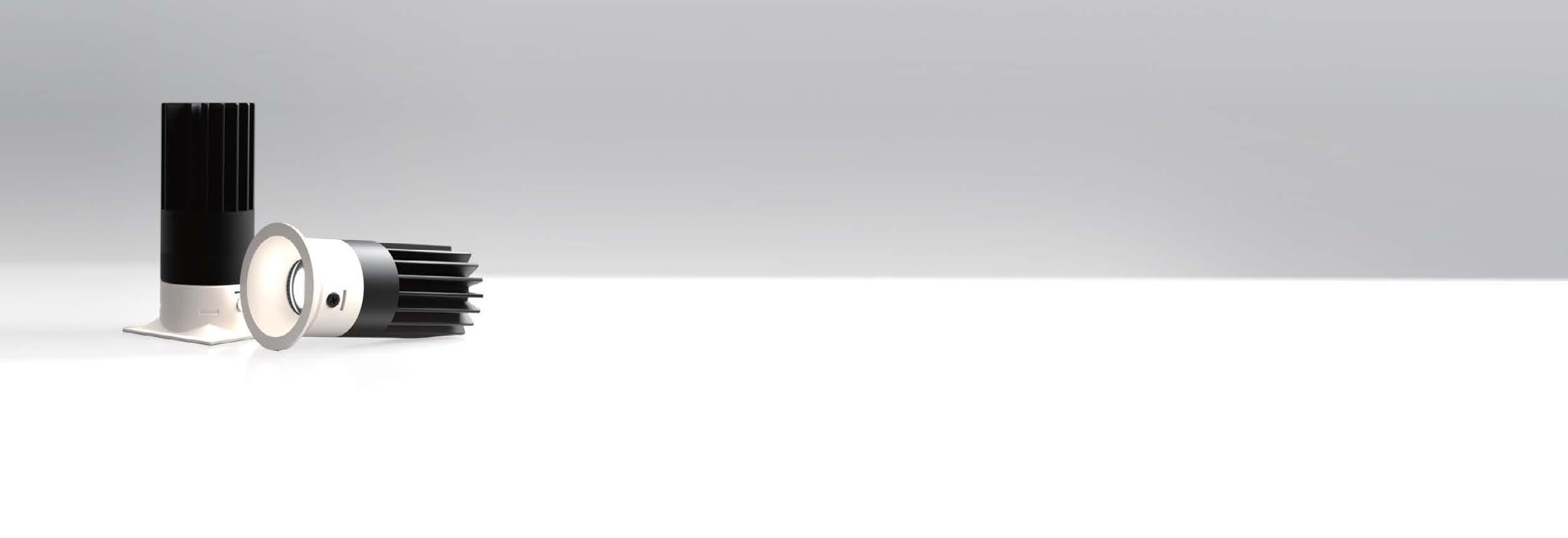


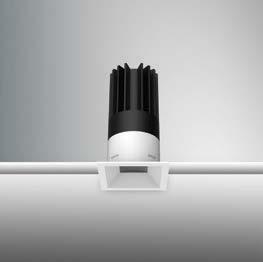
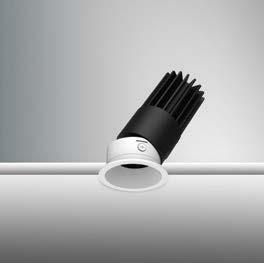




a complete range of 1.5" aperture downlights
n Very small-aperture, low-brightness downlight for general and accent illumination.
n High-lumen output and excellent color rendition for all applications.
n Multiple housing styles for mounting into all ceiling types.
n Very shallow ceiling depth required for both integral and remote drivers.
n 20º, 25º, 35º, 50º beam angles and Wallwash.
n Interchangeable optics and accessories.
n L70 (TM21 Projected 85ºC) = Static White 33K hours, Warm Dim 55K hours.
n Downlight UGR <16 meeting WELL Building criteria.


James R. Benya,
By Daniel Frering, Jennifer Brons and David Pedler
Randy Reid
Parker Allen




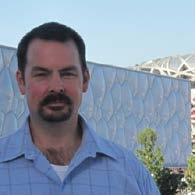




Largest and Best Performing 1” Family of Cylinders & Downlights on the Market
Industry-Leading Output
Interior & Exterior



Scan the code to learn more

Soft Square Trim
Brand Customizable
Clean Aesthetics
Design Freedom
Scan the code to learn more
By Vilma Barr
Amouage's
By Stefanie Schwalb
LS
By Amanda Thornton
By Randy Reid
iGuzzini’s
By Randy Reid
The
By Randy Reid
By Kelly Roberts
The
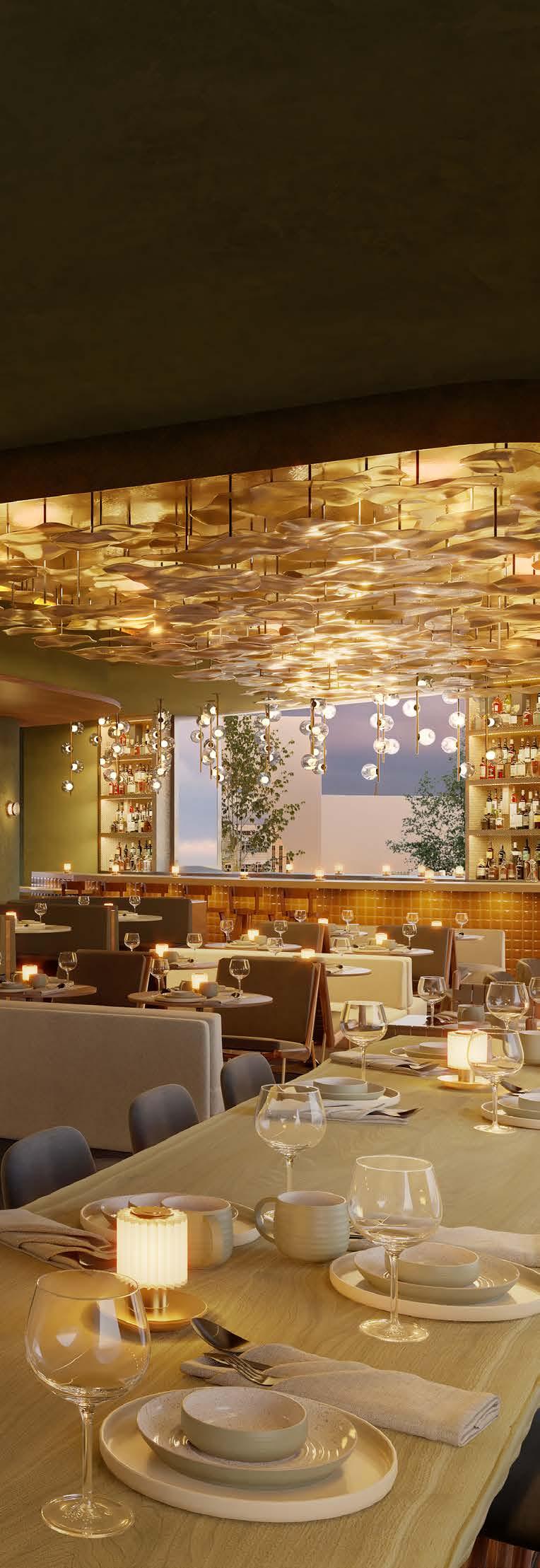
By Parker Allen
By Randy Reid
Skira


Editorial Director: Randy Reid
Publisher: Cliff Smith
Director of Audience Development: Angie Hullfish
Contributing Writers:
James Benya PE, FIES, FIALD Benya's Art & Science Contributor Principal at Design Services, Inc. and The Benya Burnett Consultancy
Shirley Coyle Up Close Contributor President, Cree Lighting Canada Principal, RELEVANT LIGHT Consulting Inc.
Craig Dilouie Get Control Contributor Principal at ZING Communications
Kelly Roberts Are you WILD? Contributor Principal, Primary Arc Design Past-President, WILD
Staff Writer: Parker Allen
Published by EdisonReport 1726C General George Patton Dr. Brentwood, TN 37027
Phone: 615-371-0961 designinglighting.com
Earlier in 2024, designing lighting (dl) contracted with Signet Research Inc. to measure advertising and editorial effectiveness.


Signet Research, a recognized leader in media survey research since 1968, has conducted thousands of studies for many business-to-business and consumer magazines and sites.


We are pleased to offer this comprehensive Adstudy service at no charge to our advertisers.


This valuable resource provides data to support marketing investments, and many of our advertisers have remarked that their Adstudy results are the only data of this kind they have to gauge the impact of their campaigns.
Adstudy 2024 measured 17 full-page advertisements and evaluated 12 pieces of dl editorial content, providing insights into both realms.
Key Findings
Results highlight the significant influence that editorial content and paid advertising has on readers.
• 44% of subscribers recommended specification of featured editorial content or referred content to someone else in their firm.
• 42% of readers visited the website of a company or firm featured in editorial content.
• 58% of subscribers saved content from dl issues for future reference.
These findings reflect the critical role dl plays in influencing industry decisions and supporting long-term professional development.
Advertising Impact
Advertisers saw tangible benefits from their placements, including:
• 42% of subscribers recommended the specification of advertised products or referred an ad to someone in their firm or to a colleague from another company.
• 50% of subscribers visited an advertiser’s website as a result of seeing their ad in the issue.
• 46% of readers saved advertising for future reference.
This data reinforces that dl’s audience is actively engaging with the platform, be it editorial content or promotional.
designing lighting is focused on the Business of Lighting Design™ and provides business information to the lighting design community. In addition to the website, designing lighting publishes bi-monthly online magazines featuring original content, interviews within the community and highlights successful award winning lighting designs. While designing lighting is based in the U.S., it has contributors from Europe and is developing a global presence. (ISSN 2693-9223)
Statements and opinions expressed in articles and editorials in dl are the expressions of contributors and do not necessarily represent the policies or opinions of the EdisonReport. Advertisements appearing in the publication are the sole responsibility of the advertiser.
Participating advertisers have received their customized Adstudy report, including proprietary insights into their ad performance.
If you are considering a future ad campaign with us, Signet’s Adstudy serves as an endorsement of the marketing and editorial value dl delivers.
By offering this third party research, we aim to provide advertisers with actionable data, enhancing their ability to measure return on their marketing investment.
The results speak for themselves:
designing lighting (dl) continues to be a trusted and impactful resource in the lighting design community.
We welcome providing more detailed Adstudy results and discussing future advertising options. Please feel free to reach out to our team. ■




Scan for LXSelect Specifications
SUSTAINABLE UPGRADE DESIGN TECHNOLOGY
LXS2030, LXS2031, LXS2038 Series: XTM Modules (9mm and 19mm)
LXSelect magnetic mount technology provides users ultimate flexibility to quickly replace the fixture’s module to update the LED Rating (Lumens/CRI/Wattage) and Color Temperature in a matter of seconds. Creating a new fixture has never been easier.
Easiest Upgrade Ever!


The Light Justice NOW Awards—a groundbreaking initiative sponsored by designing lighting (dl), will recognize projects and industry initiatives delivering positive change to underserved and marginalized communities.
The Awards celebrates architectural lighting design that not only illuminates spaces but also uplifts those who live and work within them.
Whether transforming public housing and schools, revitalizing community centers, or bringing safety and comfort to public parks, the Awards focus on the power of lighting to make meaningful impact where it's needed most.
With a mission rooted in social justice, the Awards recognize exceptional projects that go beyond aesthetics and technical brilliance. The program highlights the importance of stakeholder engagement, creative problem-solving, and the ability to address budgetary and logistical challenges—all in the pursuit of lighting that improves the quality of life for historically underserved communities.
Each project is judged not only for technical and design excellence but also community impact.
From engaging with stakeholders to optimizing safety and visual comfort, winners will exemplify how thoughtful lighting design can create lasting change.
In a profession often centered on technical specifications, the Awards remind us that lighting can—and should—be a force for equity and transformation.
Submissions are open until February 7, 2025, and winners will be announced at LightFair in May 2025.
Join us as we celebrate pioneers who are using the power of light to build a brighter, more just world. Event details to be confirmed.
To submit, visit designinglighting.com/lightjustice
For sponsorship inquiries, please contact Cliff Smith, publisher, at csmith@designinglighting.com ■
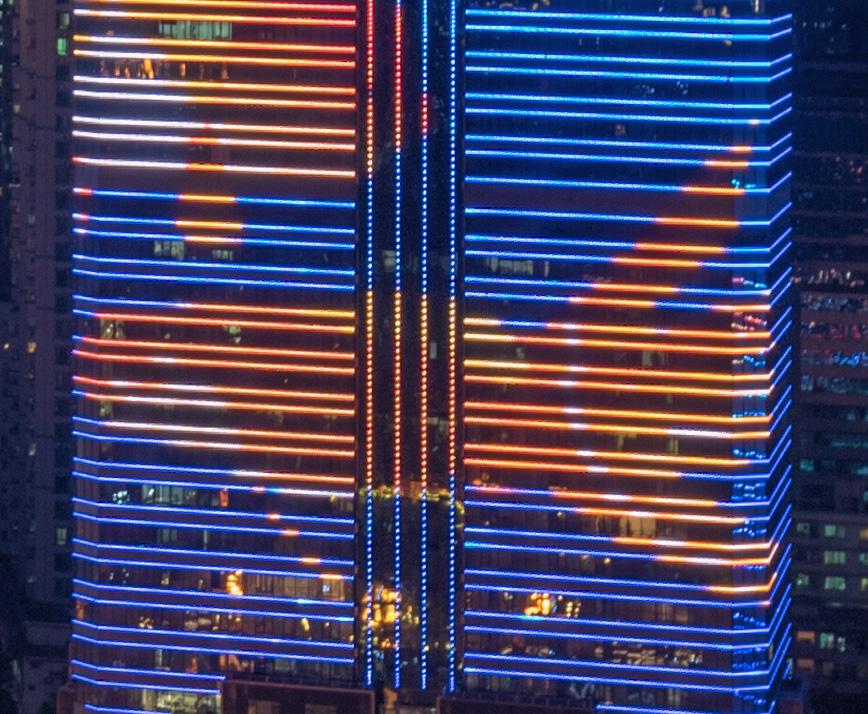
Pharos Architectural Controlscelebrating its 20th anniversary year in 2024 - is an award-winning and independently owned British manufacturer of dynamic lighting control solutions for architecture, themed entertainment, and other specialist industries.
Our hardware and software solutions are designed and built inhouse, backed by a 5-year warranty, and supported by an experienced technical team. Pharos products are trusted to run day and night, illuminating iconic installations around the world. pharoscontrols.com

By
The inaugural Beacon Awards, presented by the Designers Lighting Forum of New York (DLFNY), took place on October 9, 2024, at the historic Sony Hall in midtown New York City. The event honored exceptional lighting design projects from across the greater New York metropolitan region, celebrating the finest work in the industry.
The Beacon Awards were the result of a collaborative effort spearheaded by the late Caroline Rinker, Co-Founder of O'Blaney Rinker Associates and Co-Chair of LEDucation, along with Charles Pavarini III, Founder of Pavarini Design, Donna Sumner, Director of Architectural Product Solutions at Acuity Brands, and Brian Smith, Director of Lighting at Journey.
Pavarini explained that one of the primary goals in creating the Beacon Awards was to increase scholarship funding while also paying tribute to industry peers. "By recognizing their achievements, we can inspire younger designers and create a more vibrant community," he said. "And what better way to do this than by celebrating those who are already making a difference?"
Pavarini also highlighted that the DLFNY sought to fill a gap in awards programs by including product design as a category. He underscored the significance of the ICON Award, which honors individuals who have made notable contributions to the lighting industry.
This year’s Beacon Awards paid special tribute to the late Lana Lenar, a former President of DLFNY and a pivotal figure in the lighting community. In her honor, the Lana Lenar Lighting Empowerment Scholarship was introduced, aimed at nurturing emerging designers with a passion for lighting.
The evening recognized excellence in several categories:
• Residential
• Commercial and Institutional
• Hospitality and Retail
• Exteriors
• New York Project
• Product Design

The Spiral FISHER MARANTZ STONE EXCELLENCE Awards of in Commercial Lighting Design
The Spiral features individually planted terraces, ensuring each floor opens outdoors, creating hanging gardens and cascading atria. At night, the structure glows with a four-story lantern, acting as a beacon for the Hudson Yards neighborhood.
Photo Credit: © Tishman Speyer

of in Historic/Cultural Lighting Design
The design accommodates opera, dance, and film, ensuring artistic vitality for future generations. Undulating walls are illuminated asymmetrically, emphasizing the highlights and shadows of sculpted beechwood. Custom pendants signal audiences to be seated.
Photo Credit: © Michael Moran

Signature Bridge HORTON LEES BROGDEN
This double basket-handled arch structure comes alive at night with dynamic uplighting, programmed for over 25 celebratory scenes reflecting changing seasons and holidays. The illuminated glass oculus along the pedestrian path offers an inviting respite for travelers.
Credit: Lauren K. Davis, Feinknopf Photography

Lighting Design
FOCUS LIGHTING
The lighting design celebrates playfulness with relaxed sophistication. Guests journey through rooms, each with unique lighting signatures. Halo-lit floating mirrors create a bold focal point, while the library exudes elegance with warm tones and built-in millwork lighting.

of for a New York Project
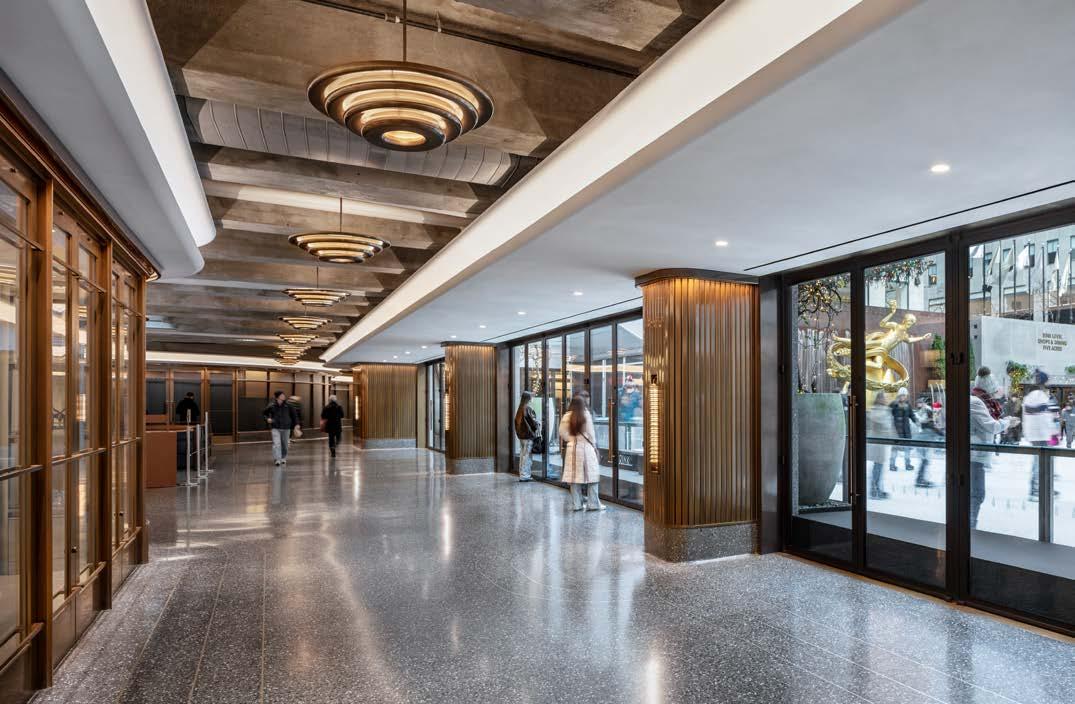
Penn Station 33rd St. Entrance
HORTON LEES BROGDEN

Renovations evoke original Art Deco design with curved cove details and custom light fixtures, illuminating rediscovered skylights and creating a natural flow with abundant ambient lighting.
Photo Credit: Magda Biernat
of in Residential Lighting Design

Rockefeller Center Concourse LIGHTING WORKSHOP Meadow
Nestled in a gently sloping landscape, the pavilion acts as a glowing lantern for a guest house. Inside, soft internal luminescence highlights art and sculpture, while outdoor landscape lighting enhances the arrival experience.
Photo Credit: Bilyana Dimitrova and David Sundberg, Esto
The renovation integrates modern general and accent lighting with a custom dynamic ceiling that reveals seasonal content. This design guides travelers through a revitalized, luminous environment, blending color and movement with architectural lighting statements.
Photo Credit: Brad Feinknopf and Lauren K. Davis, Feinknopf Photography
This luminaire utilizes top-down flash methodology, a recessed backlit lens, and indirect batwing distribution to deliver softened illumination and superior glare control, balancing functionality with comfort.

The prestigious ICON Award was posthumously awarded to Caroline Rinker in recognition of her legacy and lasting impact on the lighting industry.
The event took place in one of New York’s most iconic venues, Sony Hall. With its rich vaudeville history and beautifully preserved décor, it provided a fitting backdrop to celebrate the accomplishments of the best and brightest in lighting design.
designing lighting (dl) is honored to have served as the exclusive media partner for this wonderful event.



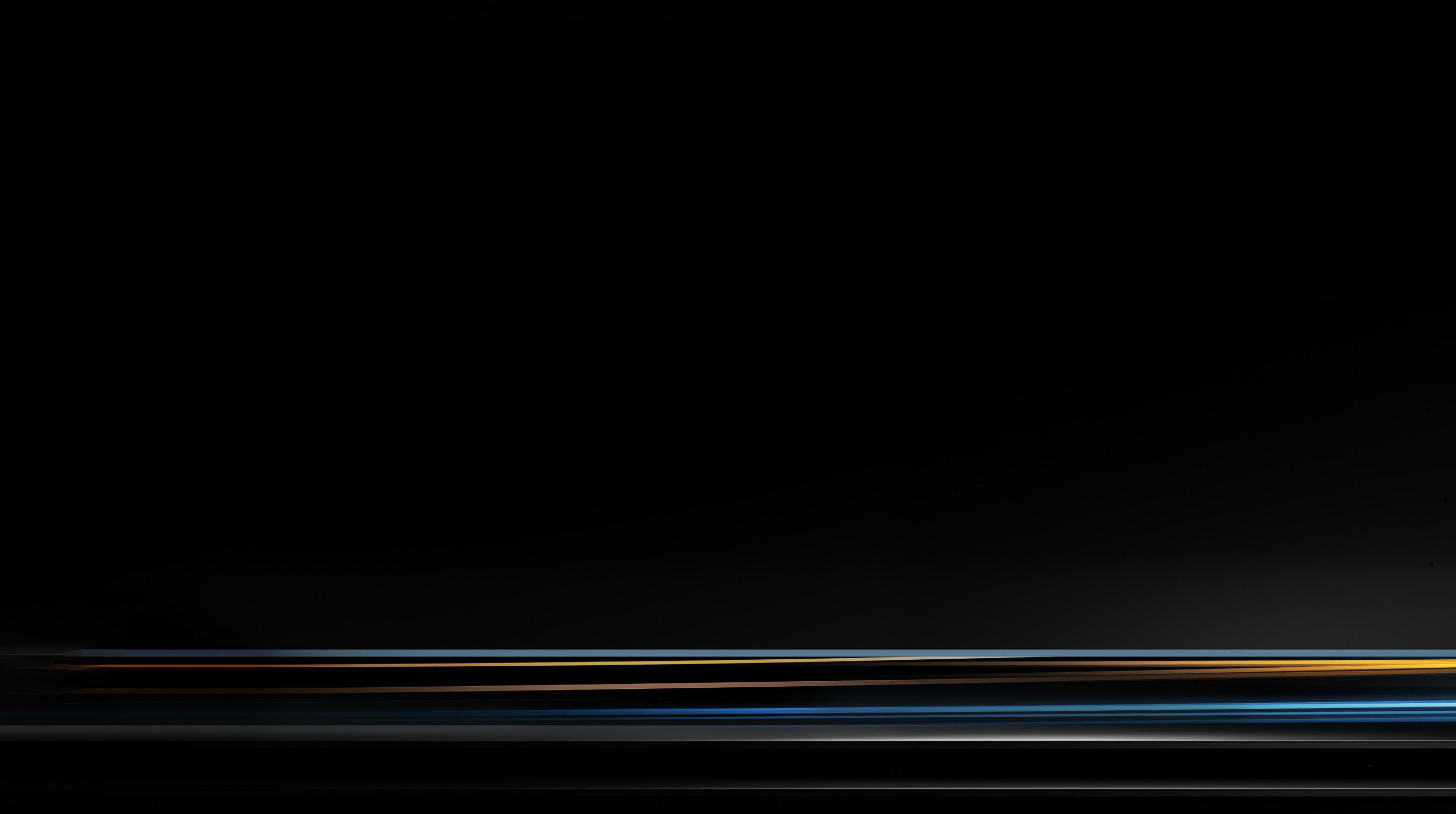
www.waclighting.com/ventrix
By
In the February 2023 issue of designing lighting (dl), I reported on a lighting controls system disaster at the Minnechaug Regional High School, a state-of-the-art energy-efficient building that, due to the failure of a 2014-era custom lighting control system, ironically caused all the lights in the school to operate continuously. The intent of that story was to highlight the complexity of the design, construction, commissioning, and management challenges of today’s lighting controls systems, which, in this case, stood out so significantly that it was parodied on Saturday Night Live.
In the October 2023 issue, I picked up the topic again, writing about lighting controls as a “layer” of lighting design that is added to the layers of lighting that I described in the June 2023 issue and in my textbook, Lighting Design Basics. 1
In three words, controls really matter.
Truth is, technology and lighting controls have always been made for each other. Lighting controls, after all, employ electrical power and control circuits that combine with a multitude of possible human and system interactions to produce the intended amount of light at the right time, and then to otherwise save energy and dim or turn lighting off when not needed. Technological advances, especially in dimming and color changing, allow for the ever-evolving use of light to alter the perception and mood of spaces and scenes, to create visual effects and messages, and to adjust lighting qualities that benefit the wellness of living beings in each space. The basic lighting controls principles and lighting theory work in almost every form of human environment, from the control of video images to the illumination of the interiors and exteriors of buildings. What controls a pixel on a computer screen is a close relative of the digital controller for a night club floor light or the photocell that controls a streetlight.
But prior to the energy crisis of 1973, lighting controls were mostly manual. Other than theatrical lighting, the vast majority of lighting controls were on-off switches. Lights were left on all night to heat commercial buildings and light the building at night.
Lighting energy codes first appeared in the late 1970s, embracing lighting controls as a keystone of reducing lighting energy use. With each periodic update, they became more stringent. And they worked!
In the “Energy Advisor” column of LD&A, May 2018, I wrote, “Our work is done here.” I showed how energy codes and lighting efficiency were intertwined with industry innovations, and energy codes’ impacts reduced lighting energy use by nearly 90% since energy efficiency became an issue in 1973. Savings were the result of using LED light sources, efficient driver electronics, reduced lighting power density allowance, and mandatory lighting controls. Thanks to the combinations of LEDs and lighting controls, lighting systems now use less than 10% of the energy used for lighting in 1973 (yes, 90% savings).
What has really changed since 1973 was the leadership and structure of the entire lighting industry. Previously, our industry was oriented around three main lamp suppliers and a heavy industrial base consisting of transformer and ballast makers, lighting fixture manufacturers, and a few manufacturers of switches, all inserted into wiring systems built from heavy stamped steel boxes and steel conduit. To solve the energy efficiency challenge, lighting technology had to lighten up in many ways. So, it was not a surprise that the technologystrong semiconductor industry stepped in to capitalize on the opportunities in lighting as a huge untapped market.
No matter where he or she works, today’s lighting designer has
Truth is, technology and lighting controls have always been made for each other.

As a general rule, I think lighting designers should produce a lighting design with controls in mind.
a broad choice of a number of lighting control systems and companies. Almost all manufacturers offer products with similar features and capabilities because, foremost, they must comply with the applicable electrical and energy codes. But, it is up to the lighting designer and electrical engineer to establish the criteria to narrow the options.
For example, commercial office buildings “churn” with almost constant remodeling, suggesting a lighting control system that is easily changed, reconnected, and reprogrammed. In a hotel, where remodeling is uncommon, lighting controls need to be robust, reliable, low maintenance, and user-friendly. Above all, the questions of interconnectivity, data collection, remote management, and programmability need to be addressed. Since many of these features are almost free, it is easy to wind up with lighting controls having fabulous but unwanted capabilities. Or worse, unreliable and needing constant maintenance.
Specifying a lighting control system today is also challenging because the choices and capabilities are almost unlimited. Moreover, for reasons of intellectual property, lighting control systems are often significantly different in appearance, wiring methods, and capabilities that vary from manufacturer to manufacturer, although, in the end, they meet the same codes.
As a general rule, I think lighting designers should produce a lighting design with controls in mind. But the electrical plans showing and specifying lighting and controls generally need to be prepared and stamped by either the electrical engineer or the electrical contractor.
If the lighting designer is proactive and hands-on with respect to controls, he or she might take charge and develop plans and specifications including controls for the approval and use of the engineer or contractor. Some may even have a specific manufacturer or system in mind. But there are a lot of buildings, especially those churning office buildings or everyday schools or clinics, where design choices are cost-driven, and minimally code-compliant controls are needed.
From my experience as both an electrical engineer and as a lighting designer, I think there are three distinctly different ways to specify a lighting control system:
• Proprietary. During the working drawings phase of design, the lighting designer and/or the electrical engineer choose a manufacturer with whom to work. This is usually the result of product reputation, marketing, features, and their professional relationship with a sales representative. The manufacturer may also take over the development of the lighting plans to best apply their products. The chosen rep has the advantage of being able to charge full price for the system and their related services (see sidebar). Aside from the cost, I prefer this method because I can count on the follow-up services of the manufacturer, which has proven cost-effective on a number of major projects, especially when the project aspired to a high-performance standard like ZNE, LEED, or WELL.
• Code compliance and lowest cost. This leaves the choice of the lighting controls up to the contractor, who will usually find the least expensive choice by pitting sales agencies and distributors against one another based on price. This method, sometimes called “design-build,” places the local lighting sales teams in competition to design the controls to meet code for the lowest cost of labor and materials. To the manufacturer, this method tends to keep prices competitive and may place them in a position to up-sell features and services only once their products are selected. However, there is a risk of the contractor taking the lowest price from a marginal manufacturer or unresponsive sales agency. I have successfully used this method for straightforward lighting designs with relatively simple controls and features, but I remain wary when project requirements are critical.
• Performance. In today’s market, competing lighting controls manufacturers offer options and choices that, in
the mind of the lighting designer, may employ different technology but are capable of similar performance. For example, one manufacturer may offer wired systems using 0-10V generic drivers, and another may employ digital drivers like DALI-1, DALI-2, or Ecosystem. Some competing manufacturers may offer wireless connectivity using generic technology like Bluetooth or a proprietary wireless system. This method can be used to gain the best competitive price among a limited number of manufacturers while controlling cost and not risking a commissioning disaster.
Regardless of which method you choose, you will need to describe the lighting control system in your plans and specifications. With all of the competing technologies of the past thirty years and the crossover language between architectural and theatrical2 lighting, the greatest challenge in lighting controls today is having a common language and related standards. Other than the shorthand DMX skills of theatrical and concert lighting designers, stagehands, and riggers, I found most digital lighting control systems in early 21st century years to have proprietary wiring and programming and unique application methods.
After several installations that were nightmares to make
As with any intelligent system, lighting control systems must be commissioned (sometimes called “CX”) by a person or a team that is familiar with the code requirements, design settings, and features of the lighting for the project. The commissioning process includes setting time functions, adjusting sensitivity settings of sensors, setting switch and slider functions, and generally testing all lighting controls to ensure compliance with both code and the intent of the design.
Although CX can be a comprehensive process involving all building systems, depending on the project’s size and complexity, the lighting control system should be commissioned by persons familiar with the system in addition to settings and functions. The work includes troubleshooting and fixing wiring errors and component failure. Also, the commissioning process should result in the delivery of complete documentation of the lighting controls, their settings, and special considerations to the property owner, including a backup method in case of a system or subsystem failure.
operational, I chose to have favorites. For example, three times in the past decade I have had clients contact me to service their lighting controls, all of which were advanced technology and more than 10 years old. Fortunately, I kept good records and was able to help them, in one case even having the Palm PDA with the original programming in the file!
Given this history, I attended a kick-off meeting of the IES Control Narratives Task Group at the 2019 IES Annual Conference.3 Members of the group include lighting designers, electrical engineers, manufacturers, and other experts experienced with the challenges of designing, specifying, and/or commissioning lighting controls and with the battle scars to prove it.
Fully aware of the competing approaches to control functions and communications for lighting and the many misconceptions among designers and installers, they properly realized that, for starters, the industry needed a common language to describe lighting controls for contemporary and future buildings and an accompanying dictionary of standard terms and concepts. It had to embrace all the possibilities that had been (and hopefully would be) dreamed up by the industry as companies raced to make competing systems comprised of both proprietary and common technologies.
Beginning with basic concepts like what is a “zone,” the lexicon had to address any lighting control function or approach using a non-proprietary term while circumventing terms and concepts that might embody or promote specific intellectual property. All, of course, while preserving the rights of companies and investors.
So, I was impressed with the fact that in 2022, IES published and received ANSI certification of IES Publication LP-16-22, Lighting Controls, Documenting Control Intent Narratives and Sequences of Operations. Developed by the Task Force and the Committee, LP-16-22 provides a complete organization of lighting control choices suitable for almost every building type and likely lighting control choice. Let me share some simple advice – get it, learn it, use it ■
1. Lighting Design Basics, Wiley, first, second and third editions, with the late Mark Karlen and Christina Spangler. I did not contribute to the current fourth edition.

2. Theatrical lighting embraced a standard digital lighting control system called “DMX” (officially titled USITT DMX512). DMX512 was conceived at the 1986 USITT Annual Conference in Oakland, California. Before DMX512, most manufacturers had their own dimmer control protocols that were proprietary and incompatible with other manufacturers' equipment. From that session, a project started that resulted in USITT DMX512Digital Data Transmission Standard for Dimmers and Controllers. It remains the industry standard for lighting controls connectivity and function including ongoing updates and necessary modernization while contemplating connectivity of legacy products and designs. Source: USITT
3. A formal part of the IES Lighting Control Systems Committee.


www.erco.com/beamer-site


By DANIEL
In 2020, the General Services Administration (GSA) began transforming Building 48 on the Denver Federal Center campus in Lakewood, Colorado, into a modern office facility for the Department of the Interior’s Interior Business Center. The building was originally constructed in the early 1940s as part of the sprawling World War II-era Denver Ordnance Plant and repurposed as the Denver Federal Center in 1947. Vacant since 2013, Building 48 was a 150,000-square-foot, singlestory, brick-exterior facility with a very limited number of small windows prior to its renovation.
In the summer of 2020, the contract to modernize Building
48 was awarded to a design-build team that included the architectural firm CannonDesign, the engineering firm RMH Group, and builders Centerre Construction. When the project’s concept phase kicked into gear in late 2020, the country was mired in the confusion and lockdowns of the COVID-19 pandemic’s early stages.
With millions of government employees working from home in isolation and the widespread availability of effective vaccines on the horizon, the team decided that the design of Building 48 should focus on creating a dynamic environment that would encourage people to return to the office and feel good
about being there. In terms of the work experience, the design team emphasized the need for collaborative spaces where people could gather in a workplace that supported their health, productivity, and comfort.
The broader design goal for Building 48 was to achieve the status of a high-performance green building by creating a modern, sustainable net-zero energy office space that would be powered exclusively by electricity and meet requirements for LEED Gold and SITES Silver certifications. Both daylighting and electrical lighting systems were designed to support the health of the human circadian system following design principles outlined in UL 24480, Design Guideline for Promoting Circadian Entrainment with Light for Day-Active People, and the GSA’s P100 Facilities Standard for the Public Buildings Service
Because Building 48 is large with a deep floor plate, the design divided the space into a series of "neighborhoods,” each anchored by an open office and areas for informal collaboration and surrounded by enclosed private offices, huddle spaces, and conference rooms.
Providing daylight in the design was a top priority, both for its circadian health benefits and to provide views that make the occupants feel connected to the outdoors. This was achieved by distributing large, 10–12 feet tall windows (Figure 1) and skylights throughout the open areas, being careful to reduce glare from direct sunlight. Glazing was also provided in interior enclosed spaces to permit daylight penetration from the open areas, again while reducing glare. For the electric lighting, the design initially employed luminaires that were evaluated and selected using the unified glare rating specified in the P100 Facilities Standard.

Although UL 24480 was not incorporated in the initial plan, after consultation with the stakeholders, the GSA opted for its inclusion once the design development phase began in 2021. The process was carried out in three primary steps using the circadian stimulus (CS)1, 2 metric employed in UL 24480 with the assistance of lighting design software that accounted for all light sources implemented in the design.
First, in contrast to the prior P100 practice of assessing only horizontal illuminance levels (ensuring a minimum 30 footcandles on work planes) throughout the building, UL 24480 required the assessment of vertical illuminance levels to ensure that the design choices (e.g., luminaires, spectral power distribution, spatial distribution) would provide sufficient light for the circadian system (a CS value of at least 0.3 for a minimum of two hours per day) at the occupants’ eye level.

Step two incorporated photometric analysis of the building’s entire lighted environment using the Light and Health Research Center’s online CS Calculator (2.0) based on specifications provided by the luminaire manufacturers. Because the windows and skylights included spectrally neutral glazing, the analysis also incorporated the CIE

daylight spectral data available in the calculator’s source files.
Finally, for step 3, the team followed UL 24480’s iterative design process of checking whether the design met the desired criteria and repeating steps 1 and 2, if necessary, to ensure that it did.
The project’s results are impressive by any yardstick, as suggested by the renderings of the workspace (Figures 2 and 3), though final determinations of the project’s success will ultimately be made by the people who began working there in August 2024. But the success of Building 48’s transformation as a collaborative project is widely regarded as a success by the design team, stakeholders, and visitors alike.
1. Start early in the design process. If the team holds off on circadian-effective lighting design considerations until the
time comes to select luminaires, which typically occurs quite late in the design process, it will be more difficult to ensure the integrity of the system without following through on UL 24480’s iterative design process.
2. Teamwork pays off. Integrating the efforts of a design-build team from the project’s beginning will ensure that everyone is working together to resolve potentially conflicting plans that might cloud the shared vision for the building’s lighted environment. It is important to involve all decision-makers who will influence the final design. Those who decide on interior design and furniture options, for example, will make important choices (e.g., localized lighting, furniture height and finishes) that can dramatically impact the circadian effectiveness of the design.
3. Standards and recommendations may conflict. The entire team will inevitably be compelled to follow requirements (e.g., P100, state energy code) and recommended practices (e.g., IES, CIE) that may conflict with other design elements. Again, working together as an integrated team will help to identify and resolve such conflicts early on in the design process.
4. Don’t be afraid to ask for help. Once the incorporation of UL 24480 into the design for Building 48 was embraced, the daunting question faced by the design team was, “What do we do now?” With long-standing expertise in the science of light and educational outreach, the Light and Health Research Center was happy to assist with a one-hour session that explained the UL 24480 process, resolved the team’s questions and concerns, and generally made them feel comfortable moving forward with the implementation process. (The GSA has many resources that can help you through the design process.)
5. Daylight is the circadian system’s friend. The team inherited a blank canvas that permitted creative daylight penetration with skylights and large windows, a luxury that is not routinely afforded to those tasked with building redesigns. But it is essential that daylight be considered as part of any lighting design that is crafted to support the circadian system and thereby promote the health and well-being of occupants and visitors. When a design heavily relies on daylight for meeting CS requirements, however, the designer must take a very conservative approach to modeling the space because daylight can be so variable, seasonally and across the floor plate. ■
1. Rea MS, Nagare R, Figueiro MG. Modeling circadian phototransduction: Retinal neurophysiology and neuroanatomy. Frontiers in Neuroscience. 2021;14:10.3389/fnins.2020.615305. doi:
2. Rea MS, Nagare R, Figueiro MG. Modeling circadian phototransduction: Quantitative predictions of psychophysical data. Frontiers in Neuroscience. 2021;15:10.3389/fnins.2021.615322. doi:


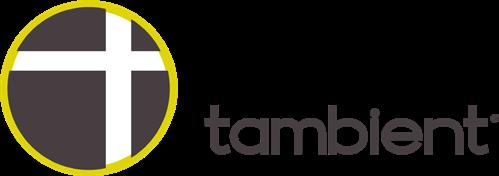


















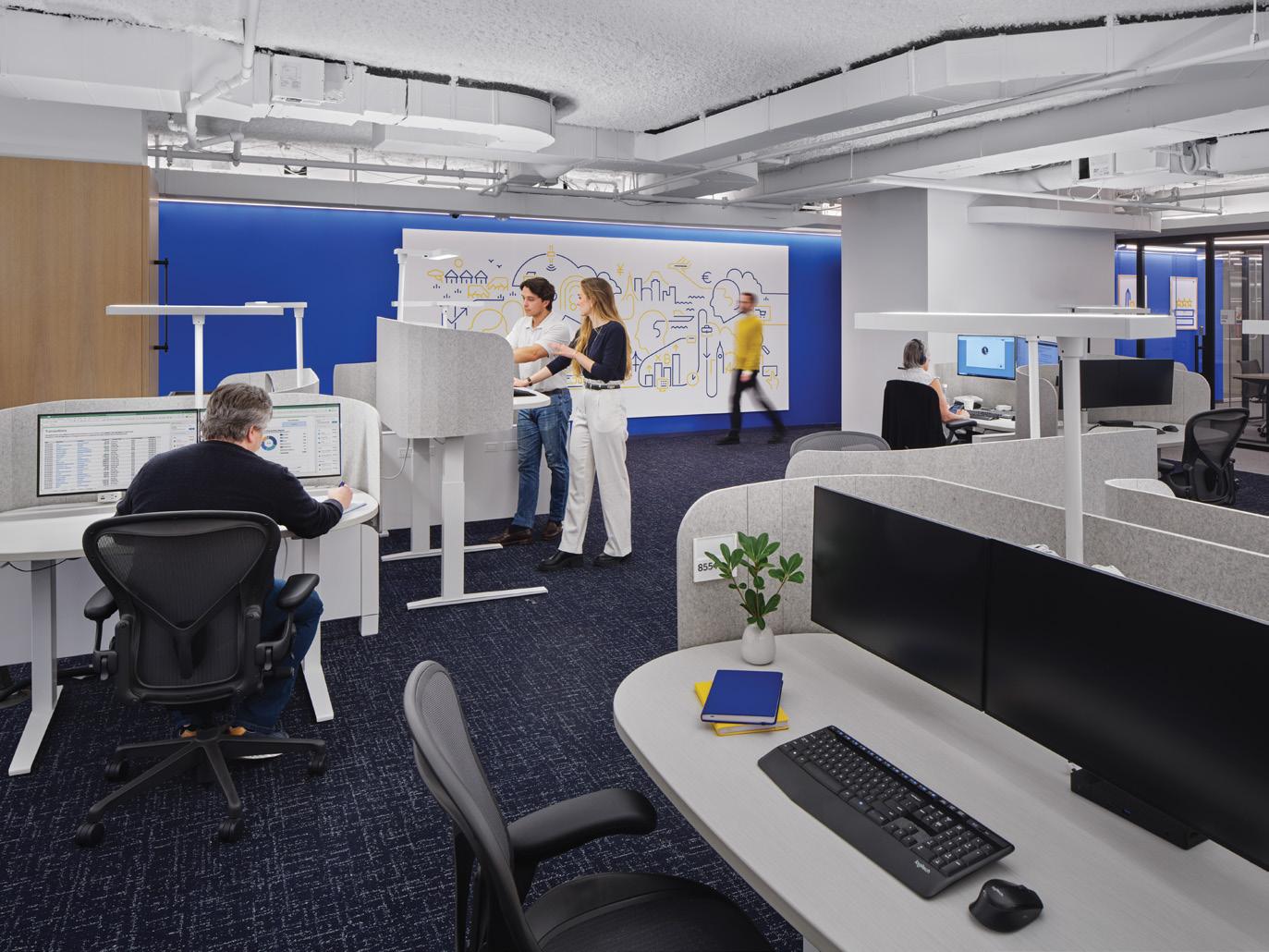






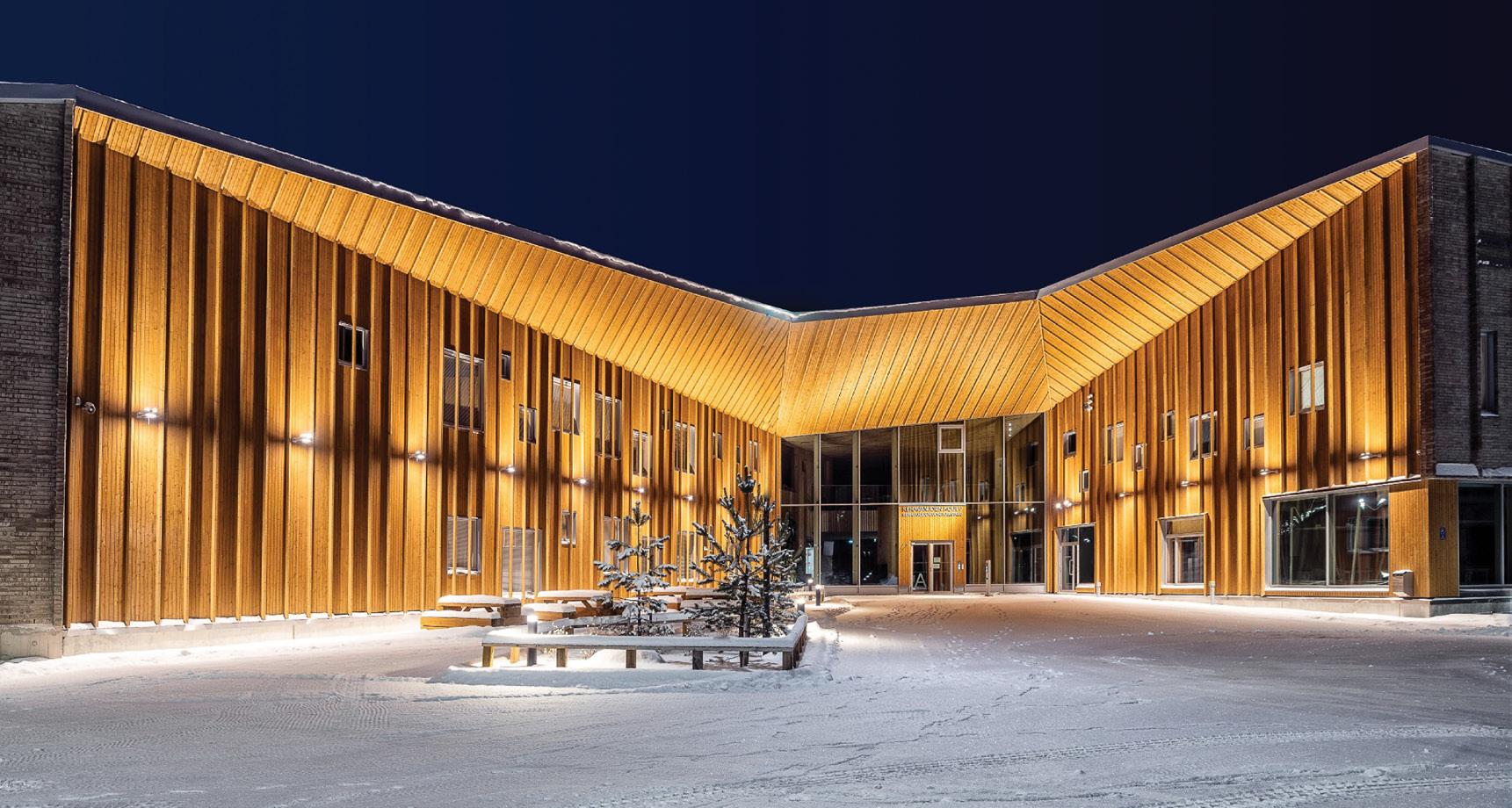





The concept of a portrait gallery dedicated to a nation's most famous faces was groundbreaking when it began in 1856. Since moving to its current location at St Martin's Place near Trafalgar Square in 1896, London’s National Portrait Gallery has grown to house around 11,000 portraits in various media, from paintings and photographs to busts. The building, which has been extended multiple times, now spans three stories, accommodating both the permanent collection and a dynamic program of special exhibitions.
After three years of extensive redevelopment, the Gallery has reopened with a stunning transformation. At the heart of this renewal is Zerlina Hughes, Creative Director at Studio ZNA, whose lighting design has redefined the visitor experience for the Inspiring People project, as well as temporary exhibitions like The Paul McCartney Photographs 1963–64: Eyes of the Storm and Yevonde: Life and Colour
During our conversation, Hughes shared that Studio ZNA collaborated closely with Nissen Richards Studio, who served as the Gallery’s Interpretation Designer, and project architect Jamie Forbert Architects Max Fordham oversaw the mechanical, electrical, and plumbing (MEP) systems. Hughes’s team was

specifically brought on board to handle the lighting design for the gallery spaces, while Fordham managed the lighting for all other areas. Hughes explained, “Their daylight model informed the display elevations, ensuring they met the gallery’s conservation needs in partnership with the designers.”
One of the primary goals, Hughes explained, was to make art more accessible and engaging for all visitors by creating a welcoming and inclusive atmosphere. The building, a landmark of British cultural heritage, required a nuanced approach to lighting to enhance the artworks’ richness while preserving their integrity.
A series of interconnected rooms reflects the vision of Dr. Nicholas Cullinan, the former Director of the National Portrait Gallery and now Director of the British Museum. “He wanted to open up the galleries in terms of views, accessibility, and diversity, but also to the light, allowing connections to be made between different spaces and times,” Hughes explained. A significant part of this vision was to introduce more natural light, fostering connections between the artworks, the space, and the visitors in a more dynamic and engaging way.
The visitor journey begins on the second floor, where the Tudor galleries feature intimate portraits of Queen Elizabeth I and other prominent figures of the 16th century. These works are displayed in jewel-like rooms devoid of any daylight, utilizing rich gold hues to enhance their historical significance.
Visitors encounter a series of classical galleries with top-lit roof lights, where artificial lighting subtly blends with natural light during the day. For the new permanent collection, Studio ZNA employed precise lighting techniques using Palco indoor spot luminaires from iGuzzini The luminaires, set at 3000K, highlight the gold frames and vibrant colors of the artworks, adding a sense of warmth rather than attempting to replicate daylight. The fixtures are cleverly concealed within the architecture, enhancing the visitor's experience by keeping the focus on the art rather than the lighting itself.
“We used super spot optics with a dedicated eight-degree beam angle to light sculptures without causing shadows, even when people stand in front of them. This allows us to maintain the integrity of the pieces without visual disturbances,” Hughes detailed. By carefully adjusting the angle, light spill is minimized, and unwanted illumination in tight corners is prevented, effectively eliminating shadow issues.
To further prevent shadows, lights are positioned at acute angles, typically around 30 degrees, rather than directly above. This approach uses key lights, similar to film lighting, where a primary light is complemented by fill lights to soften shadows that would otherwise form around features like the eyes and nose of a bust. The beam of light is small and highly controlled, providing a soft, diffused effect rather than a harsh spotlight.
In keeping with the Gallery’s long-standing commitment to innovation, technicians quickly recognized that ERCO’s LED technology could significantly reduce energy and maintenance costs while maintaining high lighting quality. The existing ERCO track and singlet lighting systems served as a foundation for testing LED spotlights in selected areas.
The lighting had been retrofitted to LED approximately ten to twelve years earlier, but it needed to be upgraded for efficiency and improved color rendering. The trial with new LED technology proved highly successful, achieving a 68% reduction in energy consumption. Following this, the museum began retrofitting additional rooms as curators and conservationists approved the transition after thorough testing.
The lighting solutions implemented include ERCO 14W Optec LED spotlights equipped with Spherolit lenses, offering various beam characteristics. Iguzzini’s Palco, Stoane Lighting’s ZTA.50. Mains Track, PROLIGHTS’s EclGalleryProfile, and Selecon’s Accent BeamShapers were also specified. The warm white LED light, free of infrared and ultraviolet components, ensures optimal conservation of the exhibits, showcasing how modern lighting technology can effectively preserve historical artworks.
Studio ZNA's design also addresses the needs of more lightsensitive pieces. Letters and studies newly displayed in bespoke showcases are carefully positioned away from direct daylight, with internal lighting tailored to their specific requirements. The conservation team at the Gallery was deeply involved throughout the process, working closely with Hughes to ensure all conservation requirements were met without compromising the visual appeal of the displays.
Hughes highlighted the importance of sustainability and flexibility in their design approach. “We don't over-specify in terms of power. Each unit must work really hard, providing different performances as needed. We also focus on the circular economy by choosing fixtures with long-term guarantees and the ability to replace individual components rather than the entire fixture.” The use of Bluetooth controls, especially in temporary exhibition spaces, allowed for rapid adjustments and minimized the need for physical access, protecting the artworks and maintaining the Gallery’s aesthetics.
The Studio ZNA team collaborated closely with the conservation team throughout the entire process, from concept development to final installation. Curators played a crucial role in reviewing the designs, particularly for the showcases with miniaturized fittings, which house some of the most delicate items. Hughes presented concepts and samples, conducted tests, and ensured everything met rigorous standards to guarantee that the objects not only look exceptional but also adhere to all conservation requirements. “Our relationship with the conservation team was collaborative and supportive—we shared a common goal

of preserving and presenting the artworks in the best possible light,” Hughes explained.
The project, which began in 2019, faced several challenges, including the COVID-19 pandemic, which required adaptable solutions and close collaboration with contractors. Studio ZNA remained hands-on throughout, directly overseeing the commissioning to ensure their vision was fully realized. “We are a very hands-on team and take full responsibility for the commissioning process. We handle it personally because we are deeply invested in maintaining a consistent vision throughout the project,” Hughes stated.
In addition to lighting the permanent collection, Studio ZNA collaborated with retail design experts Alex Cochran Architects to create new retail spaces within the Gallery. Their innovative lighting design continues to support the Gallery's mission of making art accessible and engaging.
Reflecting on the project, Hughes emphasized best practices for lighting designers working in museums: prioritizing LED technology, considering conservation needs from the outset, and ensuring a harmonious relationship between lighting and the objects it illuminates.
Studio ZNA's work at the National Portrait Gallery sets a new benchmark in lighting design, blending innovation with respect for heritage. As Hughes put it, “Our role is to contribute indirectly to the dialogue between history and contemporary audiences, creating connections through light that transcend time.” ■
• Max Fordham – MEP
• Nissen Richards Studio – Interpretation Designer
• Alex Cochrane Architects – Retail Designer
• Jamie Forbert Architects – Project Architect
• Purcell – Heritage Architect
• Nicholas Cullinan – The Director of the National Portrait Gallery
• The Curatorial Team at NPG
Vode is making low glare easy—because it should be.
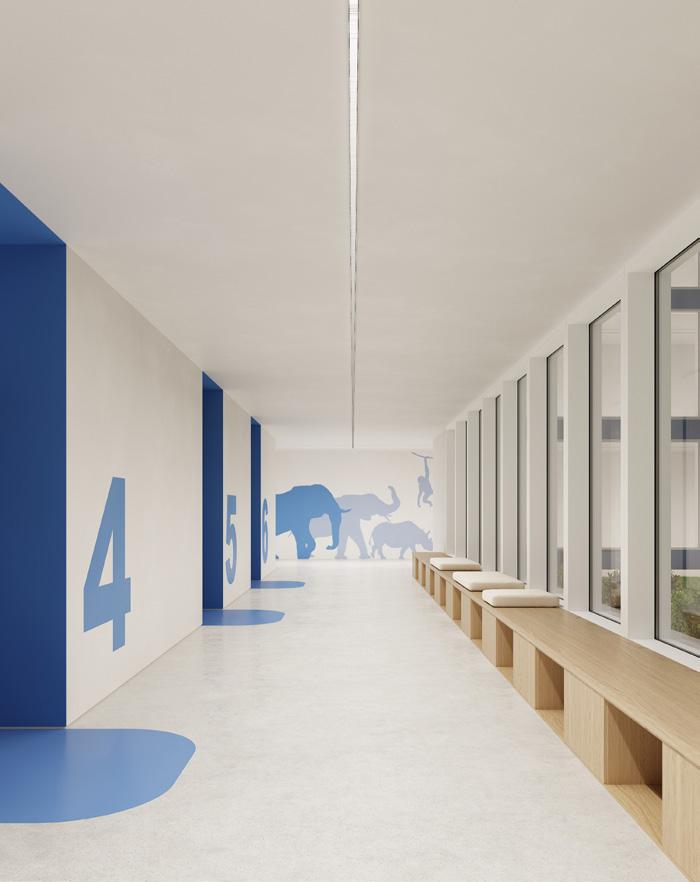

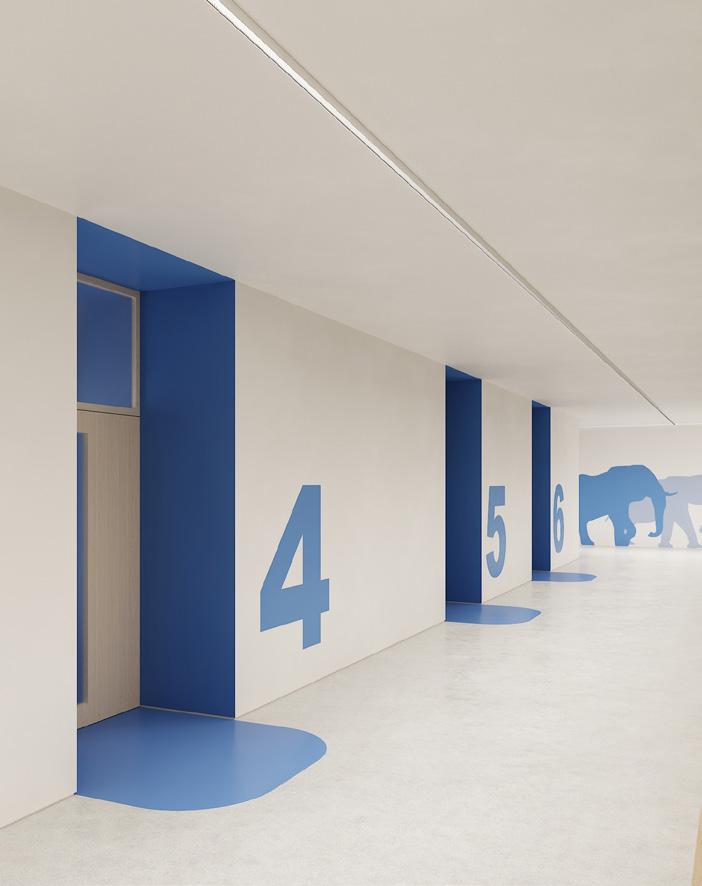
We’re excited to announce a major upgrade to our best-selling ZipTwo family. ZipTwo | Square 3535 is now going low glare, offering a new version with louvers for added visual comfort and optical control.
Now featuring five additional optics using nanostructure technology in combination with louvers, this new low glare option elevates our most popular product to deliver even more exceptional lighting performance and comfort.
Whether specifying our newest upgrade to ZipTwo, or applying our other low-glare offerings, Vode equips architects and designers with the knowledge and information required to do better for those who live life under our lighting.
vode.com/lowglare
Visit vode.com/lowglare and discover the transformative power of Wedge for your next project.
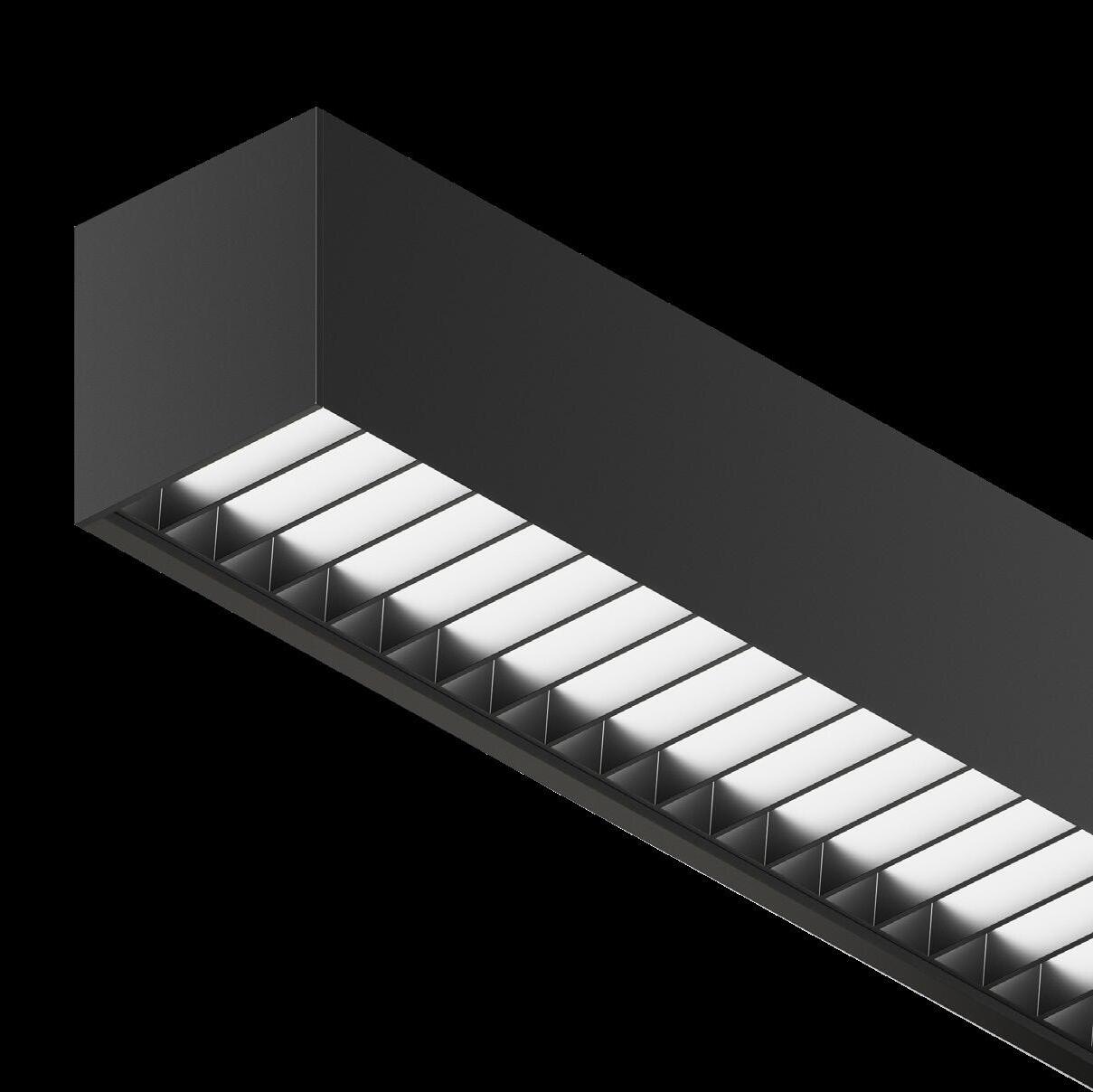



Nestled in the small town of Duxbury, just outside of Boston, the privately-owned Art Complex Museum recently underwent a transformative lighting renovation led by HLB Lighting Design in collaboration with Oudens Ello Architecture Spearheaded by Carrie Hawley, CEO of HLB Lighting Design, and Amy Huan, Senior Associate at HLB, the project blended architectural heritage with innovative lighting solutions. Originally constructed in 1969, this mid-century modern gem was revitalized for its 50th anniversary.
The museum’s renovation included subtle architectural upgrades, such as expanding the entrance, visitor services lobby, gallery, and administrative office spaces. Key architectural features, including the undulating timber

roof and iconic barrel-ribbon roofline, guided the strategic placement of lighting fixtures. The design team aimed to respect the building’s original character while introducing a fresh lighting approach that minimizes energy consumption and improves visual comfort.
A pioneering uplight-only strategy emerged as a key solution. Exterior inground lighting created a captivating floating canopy effect, while strategically placed uplights highlighted the building’s distinctive features, including the transparent entrance canopy and exquisite wood ceiling. The vertical wood louver system added solar shading and a sense of warmth, particularly in the evening.
Hawley explained, “The building had this interesting structure during the day, but it kind of went dark at night. The family owners wanted to infuse some new life into it.”
The design features a sleek, minimal canopy that enhances the open, welcoming feel. “They wanted the canopy to be structurally super thin, like razor-thin, and just float,” Carrie noted, emphasizing the delicate profile and transparency that were key to the building’s transformation.
The building’s transformation was a testament to collaboration between HLB Lighting Design and Oudens Ello Architecture. Hawley praised the architecture firm’s approach, saying, “They’re incredible collaborators. We got into great discussions about how lighting influences architecture and how architecture influences lighting.”
Inside, the design featured track lighting integrated into the wood beams, creating a soft, layered glow throughout the space. “We tried to keep all the lighting as discreet as possible,” Hawley explained, ensuring that the fixtures complemented the architecture without drawing attention to themselves. The combination of
uplighting and track lighting transformed previously dim areas, including office spaces and displays, into vibrant, functional environments.
“We integrated lighting into the displays and even into the wood wall behind the reception desk to make it stand out,” said Hawley. “This project was all about integration, designed so that you don’t notice the fixtures themselves but instead experience the quality of light they provide.”
Huan reflected on the color of the project, adding, “One of the most important aspects of this project was maintaining consistency between the natural and artificial lighting. We chose 3000K with a 90+ CRI to ensure that the colors remain vibrant and true under any conditions.”
The exterior lighting was equally well-considered. Uplights bathed the structure in a soft glow, accentuating the metal’s

matte finish. “As much as something is matte, it’s not really matte when it’s metal. It picks up on the cues of the light,” Hawley remarked. Portal lights were installed around the doors, adding another layer of illumination and enhancing the space’s visual appeal and functional lighting.
A key design feature was the addition of a third lighting layer inside the building, creating depth and a radiant glow from the exterior. “There’s an enormous uplight running all the way along here, and that’s what’s providing that lantern effect,” Hawley noted, highlighting how the lighting system enriched the experience inside and outside the building.
For this project, the HLB team was responsible for designing the control intent—a concept unfamiliar to many. Hawley explained that it defines how lighting controls are planned and implemented. In roughly half of their projects, HLB designs the control systems, while the engineer takes over in the other half. “Some clients want us to handle everything, while others are comfortable with the engineer managing the controls,” she said.
During the schematic design phase, the team provided a high-level overview of the control intent, outlining their vision for how the lighting controls should function. As the project progressed, they issued detailed control intent narratives and zoning diagrams. “We break the space into zones and designate how the lighting should be controlled and dimmed,” Hawley explained. The engineer then specifies a control system that complies with this design vision.
The museum’s lighting scheme reinforced the architectural ambiance by accentuating pivotal elements like the transparent entrance canopy, iconic barrel-ribbon roofline, and exquisite wood ceiling. The exterior in-ground lighting crafted a captivating floating canopy effect, while discreetly integrated fixtures spotlighted the building’s distinctive features. Thoughtful control mechanisms ensured adaptability and efficiency in regulating light levels across the space.
Reflecting on the project, Hawley credited Oudens Ello Architecture, noting “They’re a fantastic team to work with—very collaborative and open to creative ideas. They have a great design sense and know how to execute things simply and beautifully. Their attention to detail is impressive, and when we collaborate, the projects often feel effortless. That’s something I always strive for—an effortless, seamless design.” ■
• Extant Architectural Lighting
• Ecosense, a Korrus Company
• USAI Lighting
• LLI Architectural Lighting



• Lumenwerx
• XAL
• Lithonia Lighting
• Focal Point, LLC
• Tech Lighting
• Inter-lux
• BEGA

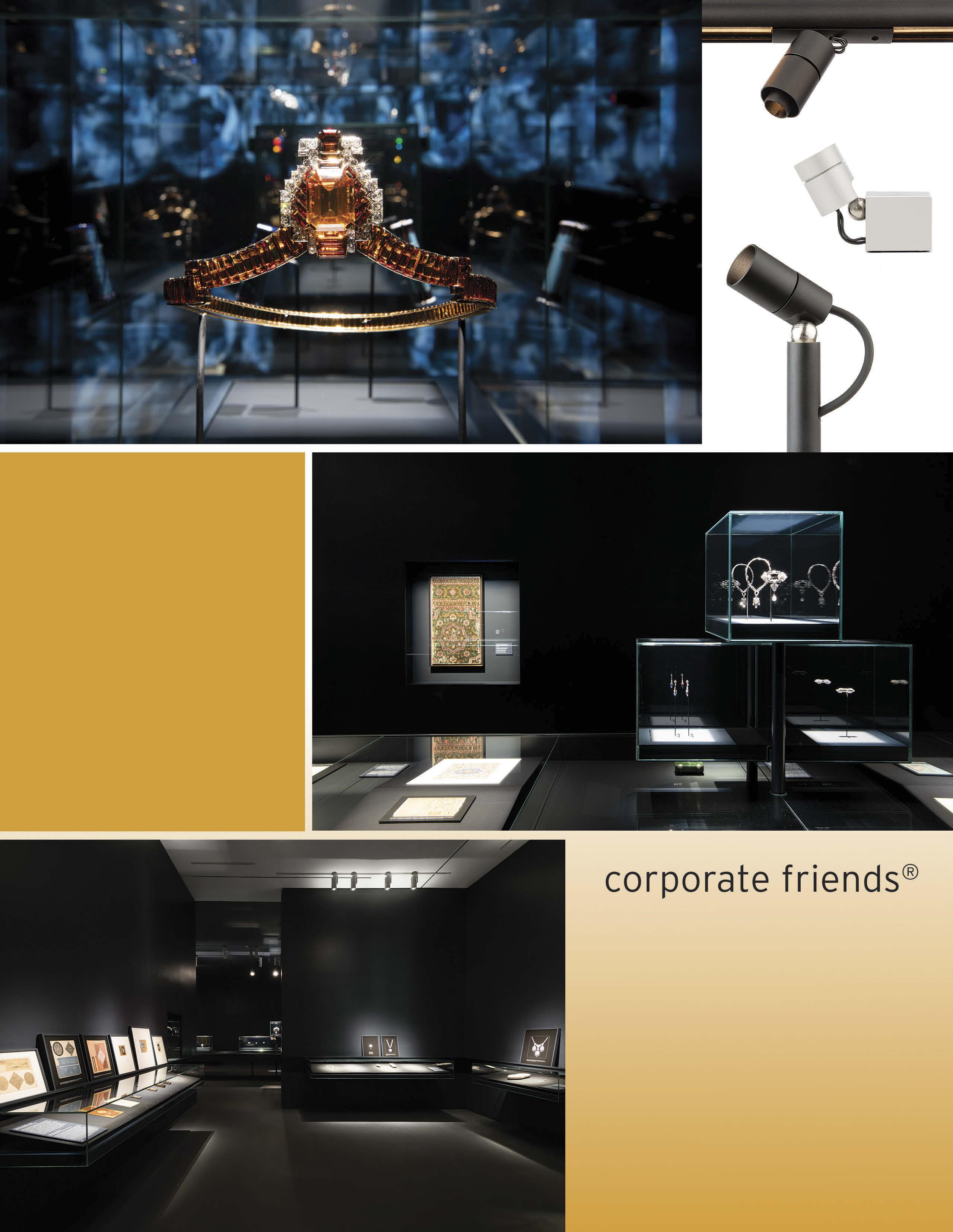

RANDY REID By
Photography: StudioSZ / Justin Szeremeta
Copyright: ERCO GmbH

The Cradle of Aviation Museum in Garden City, NY, recently completed a comprehensive lighting renovation through a collaborative effort between ERCO and Reed Burkett Lighting Design. This extensive project modernized the museum’s outdated lighting system and significantly improved energy efficiency by employing advanced lighting technologies and thoughtful design strategies.
The Cradle of Aviation Museum spans over 150,000 square feet and showcases 75 air and space craft, including a real Apollo Lunar Module. Its eight exhibit galleries chronologically trace the history of aviation, with a particular focus on Long Island’s pivotal role in aerospace. The museum also features interactive exhibits, multiple cockpits to explore, and numerous short films that engage visitors in the rich history of aviation.
Previously, the museum’s lighting system consisted mainly of 300W and 575W Source Four theatrical fixtures, which were energy-intensive and created visibility issues, frequent outages, and excessive glare.
ERCO's proactive approach to securing museum projects— including attending industry conferences and networking with cultural institutions—was crucial in obtaining the relighting project. When the museum initially reached out to ERCO, the thought was a straightforward replacement, but Rich Fisher, ERCO’s National Manager of the Culture Cluster, saw a broader opportunity.
“We quickly realized that a simple one-for-one replacement wouldn’t be enough given the scale and unique needs of the space,” Fisher explained. “With my background in lighting design, I advised them that they should consider a complete redesign rather than just focusing on energy efficiency. This approach would address the overall lighting quality and visitor experience, but it would also come with additional costs.”
ERCO hired Reed Burkett Lighting Design to collaborate on the comprehensive lighting overhaul. Randy Burkett explained, “ERCO had the job, and they wanted to do more than simply replace fixtures; they hired our team to completely redesign the lighting.”
This project exemplifies a growing trend in the industry where lighting manufacturers and designers work closely with cultural institutions to provide integrated solutions. Burkett emphasized this collaborative approach, stating, “ERCO actively engages with the museum community. This project is just one example of how lighting industry partnerships can significantly improve energy efficiency and enhance the visitor experience.”
He recalled his first time seeing the collection, saying, “I was

so distracted and fascinated with the pieces that we were lighting that it was hard to concentrate. It was a treasure trove of aviation history.” Burkett’s father had performed maintenance on B-17 heavy bombers for the U.S. Air Force during World War II, creating a personal connection to the museum's aviation exhibits.
Burkett’s design replaced the Source Four fixtures with approximately 880 new luminaires, including ERCO’s Parscan and Eclipse models equipped with Casambi wireless control technology, achieving an impressive 88% reduction in energy use. The Parscan and Eclipse luminaires allow for a wide range of interchangeable distributions, with symmetrical beam angles from 280 to 540, along with linear distributions and a framing attachment, offering flexibility during commissioning.

Each fixture was individually fine-tuned using Casambi controls, which, according to Burkett, “dramatically increased design flexibility and reduced the number of SKUs down to less than 10, as we could simply dial up or down the light level individually.”
Lighting the museum’s large aircraft presented a unique challenge, as many of these planes are suspended from the ceiling rather than displayed on the ground. Burkett explained, “In a typical museum, objects are on the ground or, with art, on the wall—both typically lit from the ceiling. But with the museum’s collection, which includes everything from hot air balloons to advanced spacecraft, we had to place much of the lighting on the ground to illuminate the underbellies of the aircraft.”
He added, “We hid many of the fixtures in kiosks and aimed them upward to achieve the desired effect.” This approach made the exhibits more visually engaging and accessible to visitors.
To light the information panels and wall grahpics, Randy used linear spread distributions from ERCO, ranging from 10x60 to 50x80. These fixtures were strategically mounted at angles that ensured there would be few shadows created by visitors viewing the displays. He emphasized the importance of this approach, noting that proper lighting can dramatically enhance how exhibits are perceived and processed by museum-goers.
A standout example of this meticulous approach is the lighting
of the museum’s lunar module, one of only three built that never made it to the moon. Burkett worked diligently to replicate the lighting conditions of the lunar surface. “There is only one sun, whether you are on the earth or the moon. Therefore, it was important that shadows only come from one direction,” he explained. This attention to detail ensured that the exhibit was not only well-lit but also true to its historical context.
Burkett praised Rich Fisher and the ERCO team for their significant contributions to the project, saying, “Rich and his team provided invaluable assistance, especially during commissioning. Additionally, Rich went above and beyond by working closely with the museum to secure energy credits and other stipends to help offset the costs.”
Eclipse 120V Family, Size XS
Parscan New 120V, Size M
Parscan New 120V, Size M
A0038646 AC006014 AC002055
A143808 AC006001 AC002074 AC002072 AC001011
A1043676 AC002072 AC002071 AC002073 AC002079 AC006001 AC001011
Eclipse 120V Family, Size M
Parscan New 120V, Size L
Parscan New 120V, Size XXL
Eclipse 120V, Size M
Eclipse 120V, Size M
Invia Series
A0042242 AC002014 AC002011 AC002013 AC002019
A1032766 AC002166
A1038136 AC002254
A0038815 AC002014
A0041483 AC002016
A5000169 A7000009 13966.023 AC009001
Static white trackhead for exhibit illumination and integration into exhibit elements. Nominal 4-degree distribution with interchangeable lensing system. 3000K, 92 CRI.
Static white trackhead with transadapter for exhibit illumination. Nominal 5-degree distribution with interchangeable lensing system. 3000K, 92 CRI.
Static white trackhead with transadapter for exhibit illumination. Nominal 15-degree distribution with interchangeable lensing system. 3000K, 92 CRI.
Static white trackhead with transadapter for exhibit illumination. Nominal 20-degree distribution with interchangeable lensing system. 3000K, 92 CRI.
Static white trackhead with track adapter for exhibit illumination. Nominal 30-degree distribution with interchangeable lensing system. 3000K, 92 CRI.
Static white trackhead with track adapter for area and cyc lighting. Nominal 45-degree wide flood distribution with interchangeable lensing system. 3000K, 92 CRI.
RGBW trackhead with transadapter for scenic/ ambience lighting of exhibition areas. Nominal 50-degree wide flood distribution. RGBW + 3000K, 92 CRI.
RGBW trackhead with transadapter for scenic/ ambience lighting of exhibition areas. Provided with narrow beam framing projector lens system. RGBW + 3000K, 92 CRI
Surface mounted, linear light structure for ambient illumination of entry corridor, circulation, and central gathering around stairs. Symmetrical distribution of nominal 67-degrees. Remote power supply for 48V operation. 3000K, 92 CRI
Theatrical image projector with LED engine to support gobo for pattern breakup. 50-degree optical barrel, producing nominal 30-degree beam angle.
Casambi/BLE Wireless
Casambi/BLE Wireless
Casambi/BLE Wireless
Casambi/BLE Wireless
Casambi/BLE Wireless
Casambi/BLE Wireless
Casambi/BLE Wireless
Casambi/BLE Wireless
Casambi/BLE Wireless
Casambi/BLE Wireless via DMX Bridge
The success of the Cradle of Aviation Museum’s lighting project reflects a broader industry trend of lighting manufacturers and designers collaborating closely with cultural institutions.
The Cradle of Aviation Museum’s lighting transformation is not just a technical upgrade; it represents a shift in how museums can leverage modern lighting technologies to tell their stories more effectively while achieving dramatic energy savings. Through strategic partnerships and a
commitment to quality, projects like this set a new standard for museum lighting, combining technological innovation with a deep understanding of the unique needs of cultural spaces.
By integrating ERCO’s cutting-edge lighting solutions with Reed Burkett Lighting Design’s expertise, the project achieved remarkable energy savings while creating a more engaging and immersive environment for visitors. As museums continue to evolve, the Cradle of Aviation Museum sets a compelling example of how lighting can play a pivotal role in enhancing both the educational and aesthetic aspects of cultural exhibits. ■
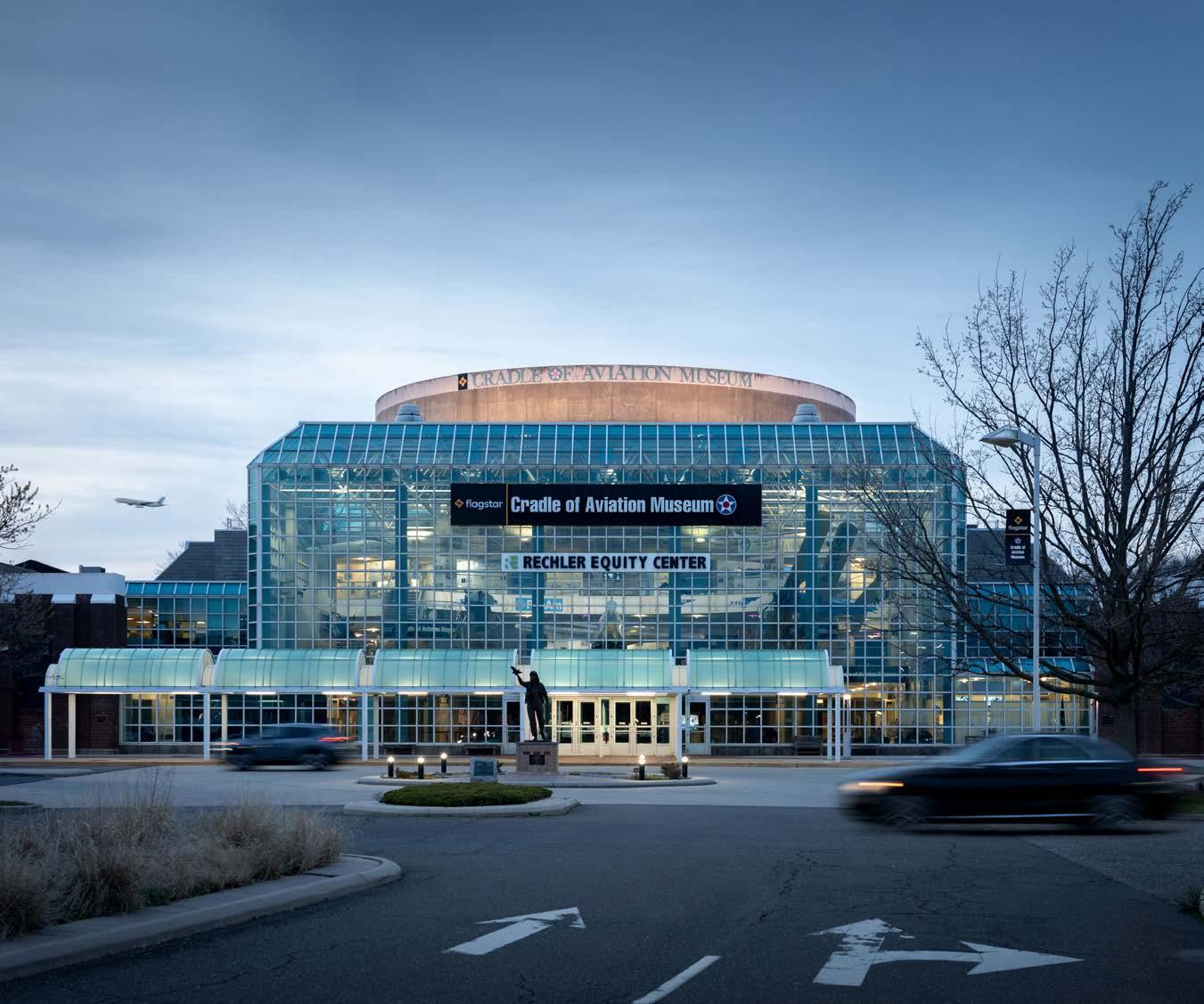
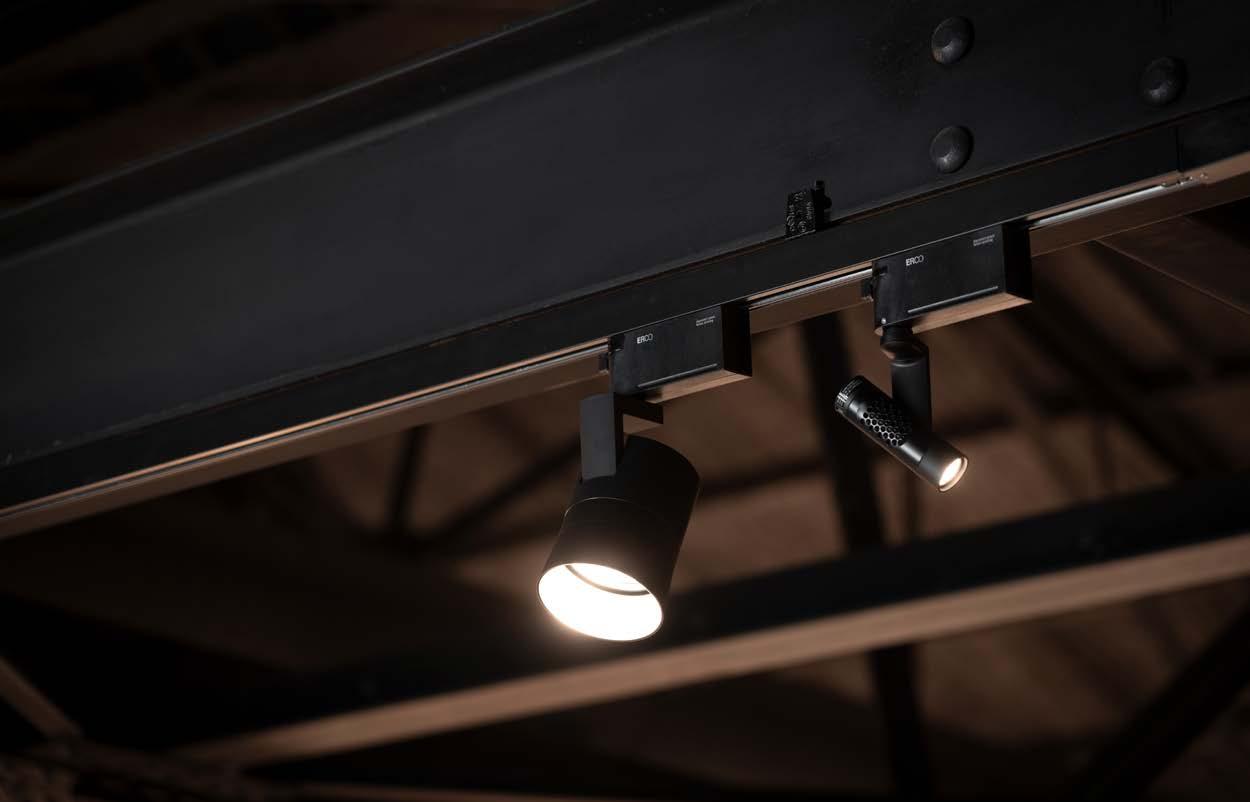
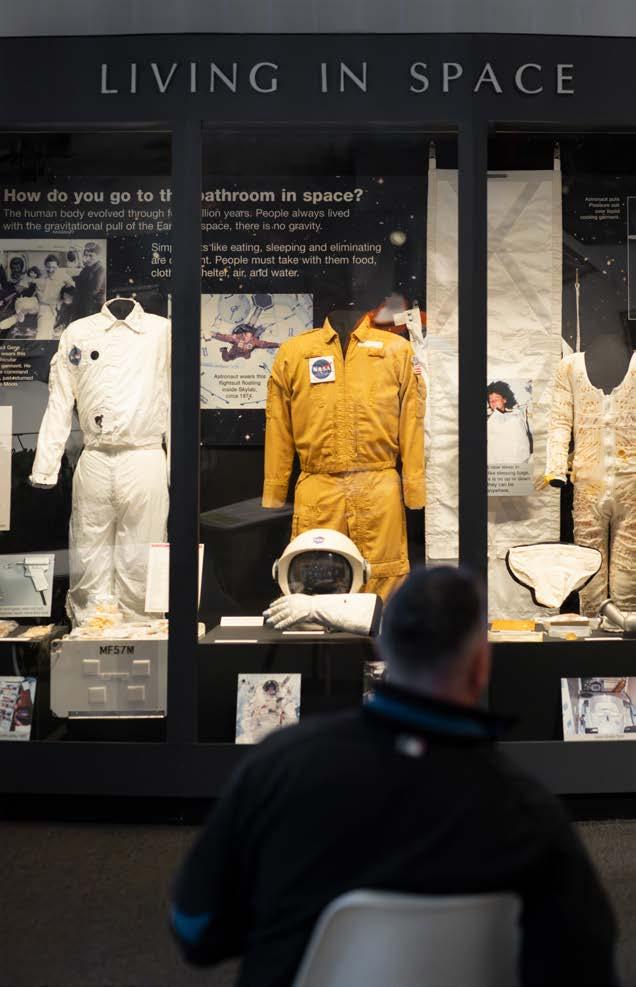
case
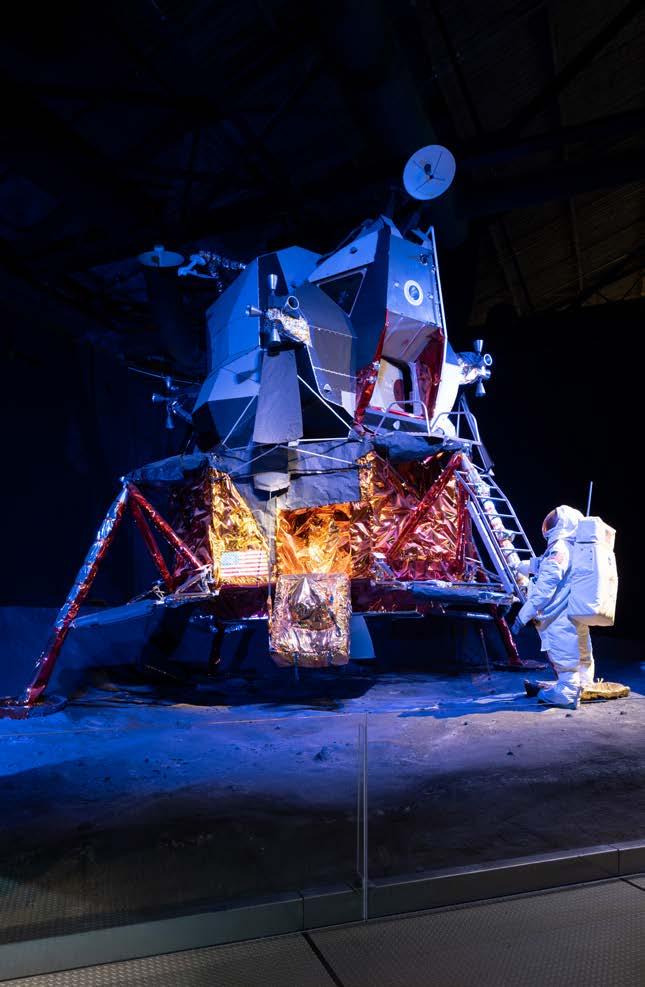
“There is only one sun, whether you are on the earth or the moon. Therefore, it was important that shadows only come from one direction,” he explained. This attention to detail ensured that the exhibit was not only well-lit but also true to its historical context.

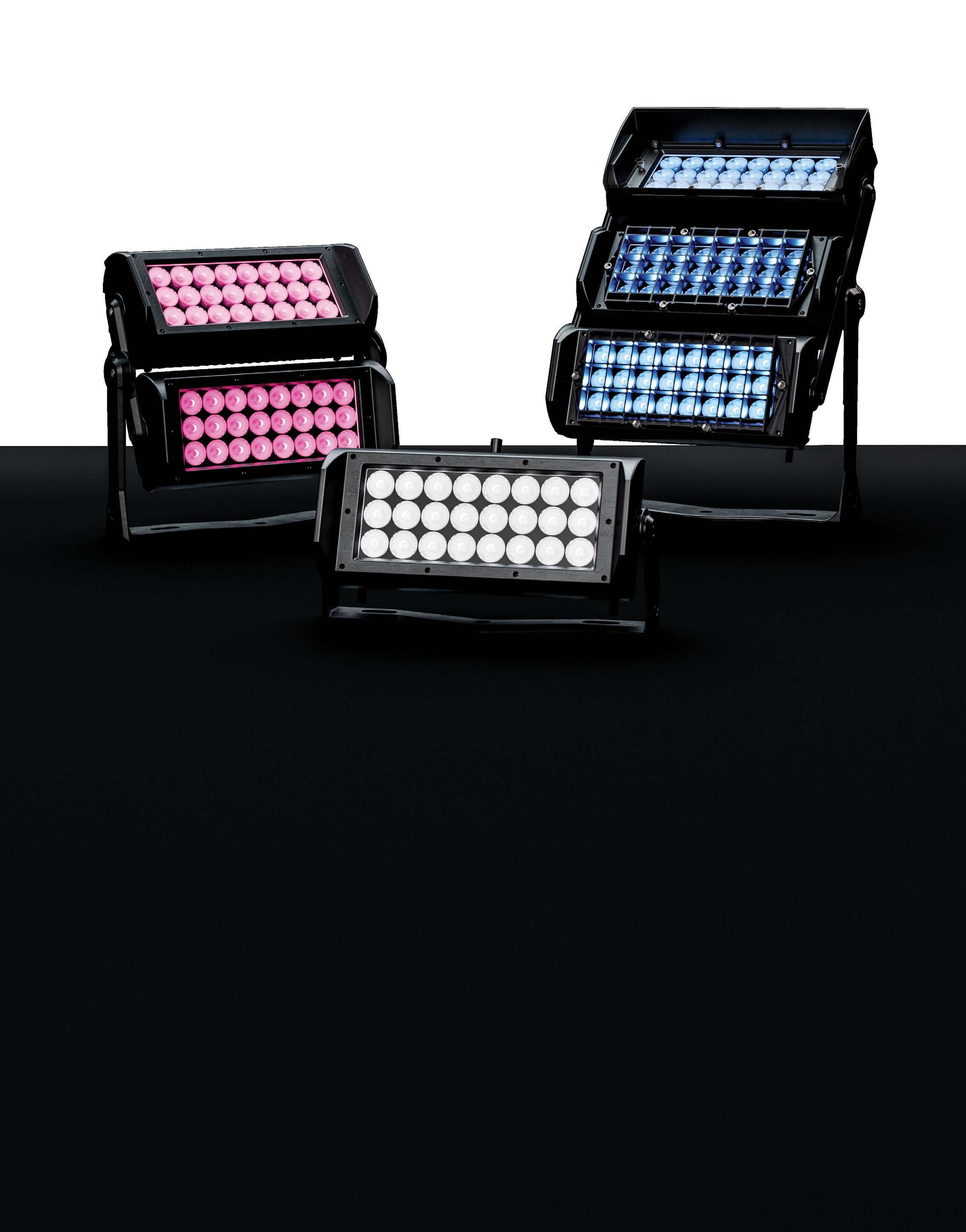


Knitted Dropped Pendant blends craftsmanship with modern lighting. These spheres of light are covered in colorful fabric and finished with a hand-crochet circle. Available in three sizes, this pendant features a unique design that creates a warm and inviting ambiance. The intricate knitting pattern is both eye-catching and functional.

Included in the 2024 IES Progress Report, Lighting Services Inc’s patented Wireless DMX Track Feeds add wireless DMX control into any new or existing surface or recessed CONTROLTrack installation. Each Wireless DMX Feed, available in 900 MHz or 2.4 GHz frequencies, features an omnidirectional antenna that can control up to 32 fixtures and can transmit across 300’ of CONTROLTrack.


Meteor Lighting unveils the Atria Mark II, featuring a re-engineered light engine with refined optical selections. The series integrates Meteor’s proprietary Archi-Color™ technology, offering seamless transitions from pristine white light to a rich spectrum of vibrant colors. It is available in four distinct aperture sizes and various mounting options.

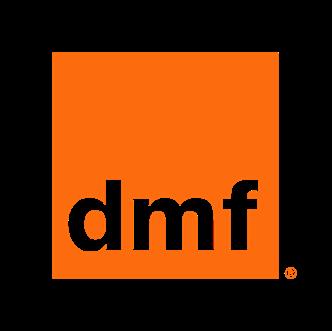

The new 4-inch Round and Square Conversion Kits by DMF Lighting enable upgrading from 6-inch round downlights to 4-inch round or square fixtures. These kits feature high-quality trims, advanced dimming, easy retrofit capabilities, and a variety of customizable options, including multiple color temperatures, optics, and finishes.

CBU-PWM4-LR is a Bluetooth-controllable, fourchannel PWM dimmer for constant voltage LED loads. Able to control up to four channels, the maximum combined output current is 6 A, which can be freely divided between all output channels.
CBU-PWM4-LR can be controlled with the Casambi app as well as with traditional wall switches.
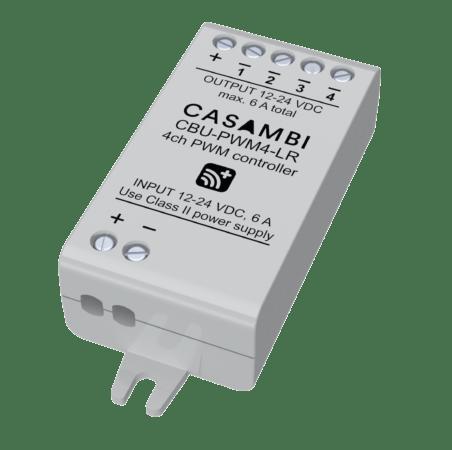


The ChromaDMX by Proluxe Lighting is the latest advancement in DMXcontrollable downlighting. Completely field-modifiable, the ChromaDMX can be installed as a static downlight or a hot-aiming downlight and can produce over 1-trillion color combinations with its state-of-the-art RGB+TW, COB LED technology.


The new LCV from Solais stands out as the market's first 'agnostic' trackhead, offering universal compatibility with leading control systems. The LCV is designed for plug-and-play compatibility, making controls easily interchangeable. Equipped with an integrated DALI-2 driver, the trackhead provides static white, tunable white, and dim-to-warm options, ensuring superior beam control and performance.


small aperture recessed linear featuring an all-new light engine within a sleek 1.65” profile. This linear system offers exceptional configurability with a range of installation option, including a 2-inch drop lens option and 1-inch and 3-inch regressed options, all of which can be configured as perimeter fixtures or standard recessed fixtures.


From Modern Forms, artisanally sparkling Minx multi-Light pendants are installed in various arrangements to create artful statements and deliver ample lighting to spaces throughout the home or business. Minx features a CRI of 90 and is ELV, TRIAC, and 0-10V dimming compatible down to 5%. A matching wall sconce is available.


For noise reduction and architectural lighting in one, Coronet’s STFU Acoustic Series offers a wide range of acoustic felt colors, shapes, and profiles, as well as lengths and patterns tailored to suit any modern space. With highly customizable features, STFU lighting can be tailored to suit any modern space.

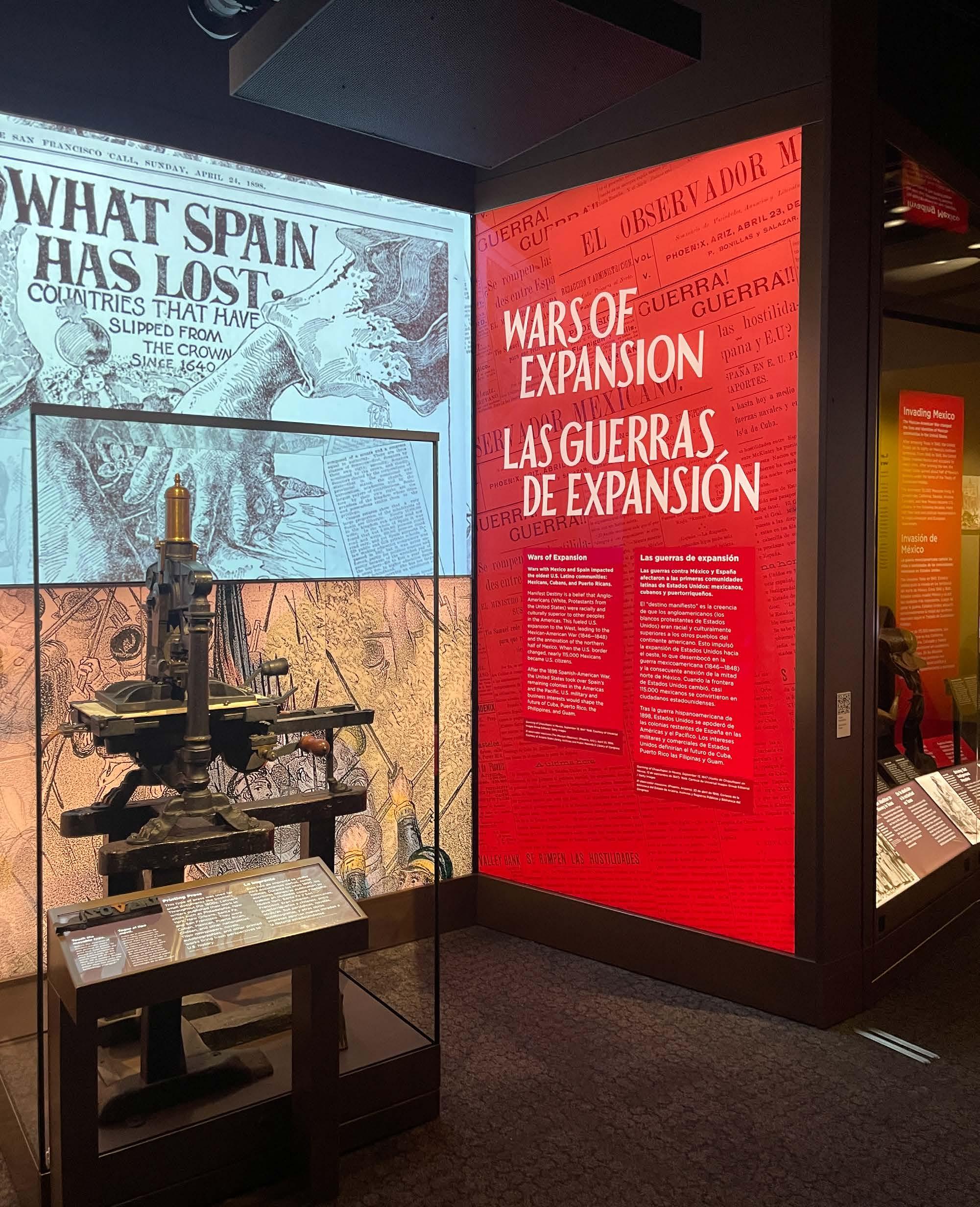


The Molina Family Latino Gallery, part of the Smithsonian National Museum of American History, is a prime example of how thoughtful lighting design can enhance culturally significant collections. This project, designed by Available Light, showcases the intersection of creativity and technical precision.
In crafting this article, I had the privilege of interviewing both Steven Rosen, President and Creative Director of Available Light, and Derek Barnwell, Managing Principal. My conversation with Steven set the tone, highlighting the project's broader vision, while Derek provided the intricate details behind the lighting design’s technical execution.
The gallery’s design emphasizes accessibility and inclusivity. Features include clear circulation paths, tactile markers, cane-detectable edges, and accessible furniture. QR codes provide visual descriptions and audio content for exhibits, ensuring an immersive experience for all visitors. Additionally, tactile keypads, open captions for media, and assistive listening devices are integrated to create a universally engaging environment.
Rosen was the first to introduce the broader narrative of the project. His

enthusiasm for the design process was clear as he walked me through images that framed the context for this article. His excitement illustrated how the lighting design played a key role in storytelling.
Barnwell provided a detailed explanation of how they brought Exhibit Designer Mariano Desmaras' vision to life. Desmaras, from Museum Environments, had a well-defined concept for how visitors should engage with the artifacts. It was the lighting team’s goal to ensure this vision came to life without a myriad of objects muddying the story. “We were tasked with making sure the vast collection of artifacts was presented in a way that felt accessible to visitors without overwhelming them,” Barnwell explained.
Both Rosen and Barnwell emphasized the importance of striking a balance between highlighting the cultural significance of the artifacts while ensuring visitors weren’t overloaded by the sheer volume of display.
Barnwell, who was heavily involved in all things artistic and technical, described how they collaborated closely with the Smithsonian Institution to develop lighting specifications. “We regularly work with the Smithsonian to maintain lighting system continuity across their galleries whenever possible,” he shared. This partnership

CREATIVE DIRECTOR
Steven Rosen
LEAD DESIGNER/ PROJECT MANAGER
Derek Barnwell


Somos Theater, illuminated by 3” square recessed LED downlights from USAI Lighting, featuring WarmGlow dimming and DMX control
A major takeaway from the project was the importance of flexibility in the project design. “The lighting fixtures, particularly the spot/wash and framing projectors, are affixed to a Unistrut grid,” Barnwell noted. This system allows for easy adjustments when new exhibits are introduced, making it possible for lighting focus to modulate without requiring a full redesign effort. "We designed the artifact cases with the same goal in mind," he added, reinforcing the importance of adaptability to future-proof the space.
This flexibility was crucial for the museum. The system allows new artifacts and exhibits to be displayed seamlessly without needing costly reworks or major changes to the infrastructure.
PROJECT DESIGNER
Nastassia Ortiz
CLIENT Quinn Evans Architects
EXHIBIT DESIGNER
Mariano Desmaras, Museum Environments
ensured that the lighting design enhanced the gallery’s aesthetic and met the strict conservation requirements for the artifacts.
One of the key challenges was ensuring flexibility in the system. “The lighting system was designed to easily allow lighting focus touchups as new artifacts or paintings arrived,” Barnwell explained. This adaptability was essential in maintaining the gallery’s relevance for future exhibits.
To maintain a consistent atmosphere, a 3000K color temperature was used throughout the exhibit. This warm and inviting environment was particularly suited to the artifacts, providing visitors a calm and focused space. Because the gallery is windowless, the lighting team could completely control the environment, free from the deteriorating effects of daylight.
The system, powered by a DMX controls backbone, allowed for granular control over lighting levels. “The preset system allowed us to record light levels as specific scenes, which automatically play back daily via scheduling software,” Barnwell explained. This system created a consistent visual experience for visitors while enabling easy management by the museum staff.
The artifact cases were another area where the lighting team showcased their technical expertise. Barnwell described how Luxam L-MTSP track fixtures were used within the cases, “The variable zoom of these fixtures helped us focus light on discreet objects within densely populated cases.” The Luxam barndoor option and integral dimmers were also employed to both sculpt the light and meet strict lighting level conservation standards, ensuring that every artifact was presented to its full potential.
Barnwell and Project Designer Nastassia Ortiz were handson during the programming, focusing, and commissioning of the lighting system. “We always specify a lighting integrator to both maintain the integrity of the design and protect the client,” he shared. The integrator handled much of the technical work, but Barnwell admitted to climbing ladders himself during commissioning to make final adjustments. “We worked with the architect, exhibit designer, and the museum leadership to ensure that the lighting levels were set exactly as prescribed by the conservators,” he said.
Lighting control was also a critical component, particularly in the artifact cases. Under the supervision of the SI Conservator, the lighting team ensured that each case met strict conservation guidelines while still achieving the desired visual impact. “The light levels in the artifact cases were set locally, with each fixture carefully adjusted under the Conservator’s watch,” Barnwell recalled.
Despite the challenges of the COVID-19 pandemic, the project was completed on time. “We began initial design meetings in 2018 and managed to finish the focus by June 2022,” Barnwell said, reflecting on the resilience of the team.
Thanks to this determination, the Molina Family Latino Museum now offers a visually stunning experience. The lighting design plays a crucial role in this gallery, guiding visitors through the rich history of Latino culture with a delicate balance of technical precision and creative flair. ■
Fixture Schedule
Manufacturer Part Number
ETC
IRFPZ-30-80-XXX-P-X
IRWLZ-30-80-XXX-P-X
Evo-Lite AG-G102-0420-24-41
Lighting Services Inc.
Lumenwerx
LX2030-T19-15-83-30-S4-CT4-DX-120-TBD
TRK-SC-XX-XXX-TBD
VIA2R-WR02-LED-80-500-30-XX-UNV-D1-1TBD-TBD
Luminii FOT-OU-AS-30-24-90-XX-XX-Varies LL72-30K-XX-XX-TBD
Luxam Edge-Lit Panel
L-MTSP-01-B
B3SDF-15WG2-3022KS-45-S-TBD-TBD-NC1UNV-D18
USAI Lighting
B4SDF-36E1-30KS-50-S-TBD-TBD-NC-UNV-D6E
Vode Lighting 707-Z1-SL-XX-XX-C-0-RP-X-0-Z-LO-30-A2-0-TBD
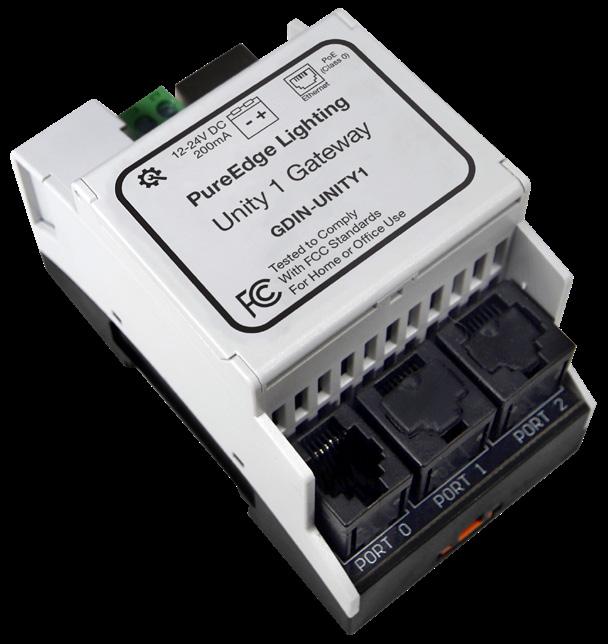
• Our DIN rail Gateway and logic control modules seamlessly integrate with all major home automation systems using Ethernet connections.
• Over 100 product families available in a vast array of form factors—including recessed, curved, suspended, and outdoor systems.
• Choose from over 16 million colors and 85,000 tunable white tones (1500K-6500K) for superior color accuracy with TruColor™ RGBTW.
• Proprietary 5-channel color mixing closely follows the black body curve with a DUV of .0037, a CRI above 94, and an R9 above 90.



In October of 2023, we wrote about the lighting design at the Smithsonian American Art Museum (SAAM). During the AIA conference in June of 2024, Scott Rosenfeld, the museum’s lighting curator, along with Eileen Pierce of Pierce Lighting Studio, presented a live demonstration of the
museum’s lighting system, with special attention paid to the sophisticated controls.
After contacting Rosenfeld again in September, we realized the advanced controls implemented at SAAM were worthy
of a follow-up article. His insights into the control system’s capabilities highlighted just how groundbreaking this system is within the museum lighting industry.
Designed in collaboration with the National Portrait Gallery’s lighting designer, Alexander Cooper, who served as the software architect, the system offers an unparalleled level of precision and ease-of-use.
“We’ve only scratched the surface of what this system can do,” Rosenfeld noted. The control system, via Bluetooth Low Energy (BLE), manages over 10,000 lights, many of which offer color control, allowing for shifts between warm and cool lighting. The versatility is combined with an impressive user-friendliness. Even non-technical staff, like event planners and art historians, can manage the lighting with confidence.
Yet the system’s sophistication is unmatched, processing over 1 million packets of data every two minutes. Each light fixture is independently controllable, with digital drivers that ensure flicker-free dimming. This system integrates with the museum’s
CAD program, enabling seamless control of each fixture and developing sophisticated, data-driven lighting behaviors, such as motion sensing and conditional logic.
One of the standout features of this control system is its database-driven architecture, which allows the team at SAAM to access capabilities Rosenfeld had only dreamed of when he first started testing retrofit lamps with the DOE in 2011.
“The system can report exactly how long each fixture has been set to a specific preset, allowing us to not only conserve energy but also preserve artwork more effectively,” he explained. By monitoring usage and adjusting light levels accordingly, the museum can maintain optimal preservation conditions and reduce energy consumption simultaneously.
Additionally, the team is developing sophisticated data-driven behaviors using connected sensors that respond to motion and light, with full access to conditional logic. This allows the system to automate adjustments based on real-time environmental conditions.





Perhaps the most revolutionary aspect of SAAM’s lighting control system is its integration with the museum’s CAD program. Rosenfeld explained how the computerized lighting plot automatically populates the graphical user interface (GUI) within the control software. This allows the team to control each fixture directly from the CAD interface. “We can even add grouping and symbol information to our CAD program, and the system sends that information directly to the fixtures,” he said.
This level of integration provides an organizational backbone that is crucial when managing such a vast lighting system. Rosenfeld compared this breakthrough to the Wright Brothers’ realization that flight and control had to be developed together—SAAM’s system similarly merges organization and control into a unified platform.
Another significant feature of the control system is its platformagnostic nature, allowing it to communicate with a wide variety of lighting, AV, and industry protocols. The system is compatible with Xicato, BLE, DMX, Artnet, UDP, and Modbus, among others. It also has the ability to communicate directly via TCP/
IP, develop scripts using LUA, and includes built-in drivers for PJ-link, Crestron, and ETC Mosaic.
Rosenfeld’s favorite feature, however, is the ability to control nearly anything within the museum. "The system’s flexibility ensures that we can continually adapt to new technologies and demands, keeping us future-ready."
The museum added a lighting staff member to maintain, operate and to (constantly) integrate new fixtures into the system as exhibits change. The upside is that the museum stopped depending on facility management staff for lamp changing now that maintaining lighting is now an IT responsibility.
Scott Rosenfeld and his team at SAAM have pushed the boundaries of what a lighting control system can achieve in a museum setting. The sophisticated control system not only enhances the visitor experience but also ensures the museum is at the forefront of energy efficiency and art preservation. As Rosenfeld put it, “We’ve only scratched the surface,” which suggests that the future of museum lighting is just beginning to be illuminated.
For more on the lighting design at SAAM, revisit the original article here ■

lighting is now an IT responsibility.
Architectural Grade Dim to Warm LED Lighting
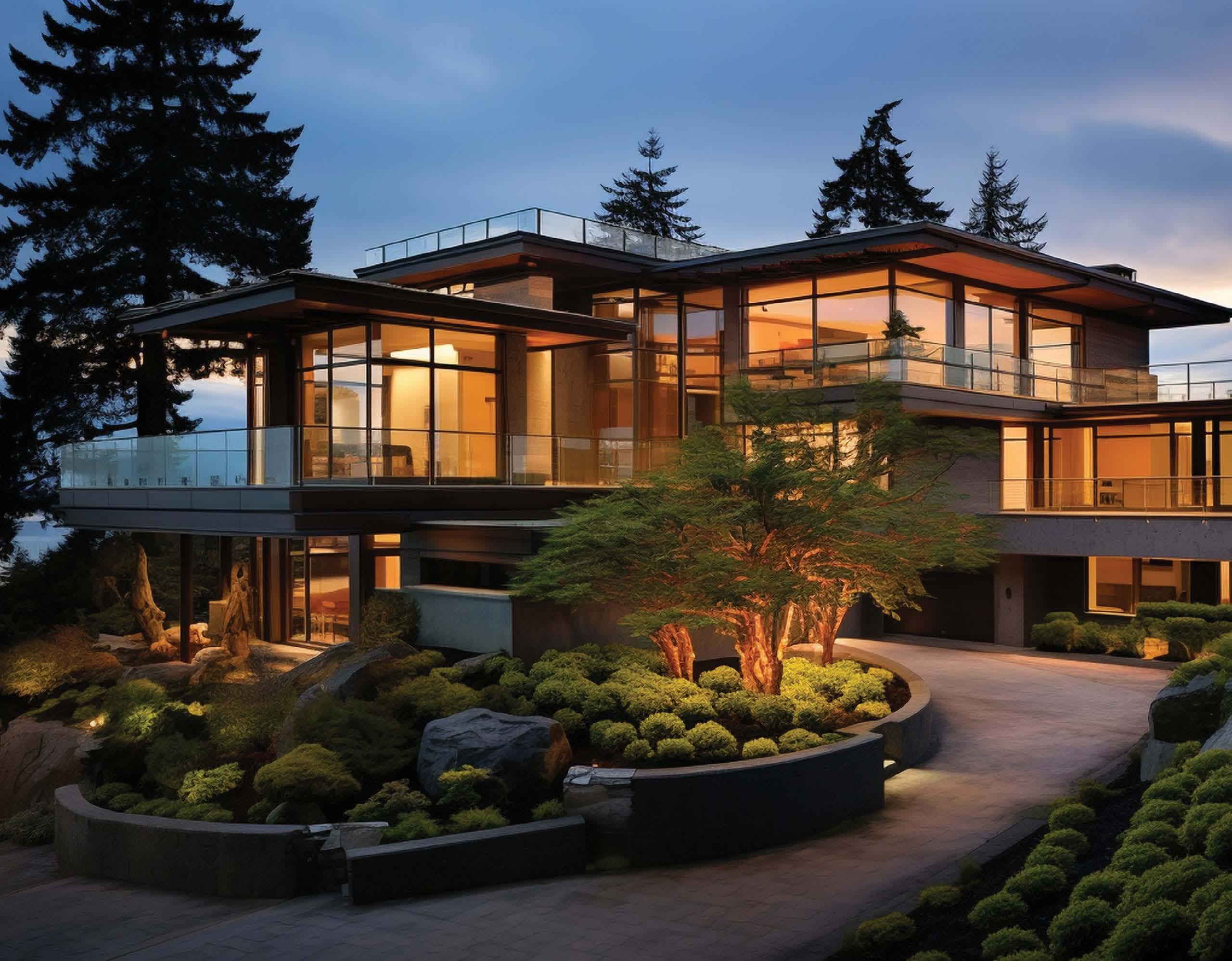
• CRI 97+, R9 95+, TM30 100
• High Color Accuracy
• Dim to Warm
• Light for Well-being
• Human Centric
• Flicker Free Operation

Sunlight2® products offer exceptional lighting quality with Dim To Warm capabilities and the highest color accuracy, CRI 97+ and R9 95+, making them perfect for a wide range of lighting applications. Ideal for pendants, down lights, track systems, & retrofit lighting.
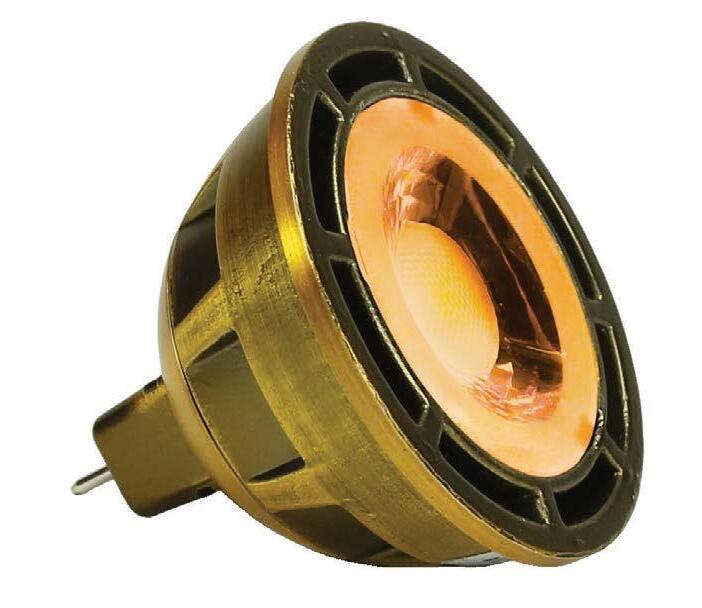
MR16, GU10, PAR20, PAR30 & PAR38 12V, 120V & 220V models available



The recent renovation of the Peabody Museum at Yale, with architectural design by Centerbrook Architects and lighting design spearheaded by Cline Bettridge Bernstein Lighting Design (CBB), has brought the museum into the 21st century. The redesign aimed to revitalize the institution,
enhance visitor experience, and make the spaces feel lighter, brighter and more connected to daylight and the outdoors. Through innovative design, CBB not only modernized the lighting but also aligned it with the museum's sustainability and conservation goals.
One of the central goals of the renovation was to connect the museum’s interior to the outside world, a vision embraced by the architectural team. This was achieved by revealing previously closed windows, adding a new skylit central gallery, and incorporating a laylight that simulates daylighting. This strategy not only flooded the museum with natural light but also created a more open and inviting atmosphere. The lighting design complemented this vision by integrating the lighting into the architecture where possible, allowing the focus to remain on the museum’s exhibits and spaces.

A particular challenge arose from the desire to connect the museum to the outdoors, creating the need to protect lightsensitive objects. Through careful daylight analysis through 3D AutoCad models imported into AGi photometric software, CBB provided valuable information to the architects and museum curators that helped them place the artifacts safely and develop window shading. This work ensured that the exhibits were protected from damage caused by exposure to excessive natural light.
Another challenge was accessibility for maintenance. Limited access points in the Great Hall required creative problemsolving to ensure that lighting systems could be easily maintained without damaging the precious exhibits.

The museum's entrance, with its vaulted ceiling, posed a particular design challenge. The old lighting system relied on inefficient sconces and unsightly surface-mounted fixtures with visible conduits. The architects planned for a new central desk, and CBB suggested creating a structure that could incorporate all the lighting for the room.
This innovative solution kept the walls clean and created a striking lighting effect. A ring of continuous, diffuse light sources from Starfire Lighting at the top of the desk uplights the ceiling, while another ring of downlighting illuminates the counters and surrounding floor. Additionally, a custom radial louver assembly is installed over the downlight ring to control glare, and backlit onyx panels provide soft, even light around visitors. The desk also features twelve Delta Light adjustable accent lights to illuminate the suspended exhibit and further highlight the ceiling.
The Great Hall presented its own set of challenges, especially with the mural that extends above the edge of the new central ceiling. Achieving uniform lighting for such a large vertical surface with a recessed ceiling wall washer alone was difficult, as recessed LED wall washers tend to leave a dark band at the top of the wall.
To resolve this, CBBLD installed linear uplight on the edge of the ceiling recess, reflecting light off the ceiling and back onto the mural. Together, these two lighting elements created a soft glow that evenly illuminates the mural from top to bottom. CBB selected two different types of equipment from A-Light that used the same LED boards to ensure color consistency. In addition, these sources were tunable-white to allow for the selection of a color temperature to make the mural look its best.
The Great Hall also features a dynamic lighting controlled via DMX through an ETC system, which allows the museum to adjust the white color temperature and introduce colored lighting for special events. This flexible system provides the museum with a range of lighting scenes, enhancing both the regular exhibits and any special functions hosted in the space.
One of the most complex lighting elements in the renovation was the laylight system. CBB faced the challenge of lighting

long laylight bays from one end, as the museum stipulated that no access would be permitted above the display platforms. Through extensive computer modeling and mock-ups, the team achieved uniform lighting across the entire laylight surface using carefully positioned Color Kinetics linear fixtures with varying beam spreads. The result is a visually seamless ceiling that enhances the overall ambiance of the Great Hall.
Where possible, lighting was carefully integrated into the architectural features, particularly in the new Central Gallery. This space, formed by infilling a courtyard, required a variety of flexible lighting sources. To maintain the clean, open feel of the gallery’s cathedral-like ceiling, CBB concealed LSI tracks and fixtures within slots that were detailed into the perimeter edges and center spine of the wood ceiling, providing ample light for the gallery and exhibits.
Sustainability played a crucial role in the lighting design. The renovation achieved LEED Gold certification, aiming for a 50% reduction in energy consumption compared to the original building.
The use of energy-efficient lighting was a key to reaching that
goal. The museum replaced its outdated incandescent fixtures with LED solutions, such as the LED track lights for exhibits. These LED systems were designed for energy efficiency, employing current limiters on the track to cap energy usage, and for ease of use. This approach helped the museum significantly reduce its energy footprint while enhancing the quality of light for the exhibits.
The renovation of the Peabody Museum not only refreshed the exhibits but also expanded the museum's capacity to host special events. The flexible lighting system, with its tunable white and RGBW capabilities, allows the museum to adapt the atmosphere of spaces like the Great Hall and the Central Gallery for various functions. The use of LSI track lighting with Xicato Bluetooth-controlled LED modules provides even more customization, as each fixture can be individually controlled to create the desired effect for any occasion.
The lighting renovation of the Peabody Museum at Yale, executed by Cline Bettridge Bernstein Lighting Design, exemplifies a harmonious blend of architectural lighting design, sustainability, and cutting-edge technology. Their innovative approach and solutions have transformed the museum into a bright, modern space that respects its historical legacy while looking firmly to the future. ■






Amouage, the Omani International High Perfumery House, chose to open its first American flagship in America, not at an upscale Manhattan address, but at a three million sq.ft. complex twelve miles away in East Rutherford, New Jersey, at the American Dream Entertainment & Retail Center. With its objective of attracting customers from a 25-mile radius, a large availability of parking was a necessity.
Recognized as creating some of the most finely crafted perfumes in the world, Amouage was founded in the Sultanate of Oman in 1983. Amouage has grown to a global market of close to 100 countries around the world. Its international presence encompasses 14 standalone boutiques, including the recently opened flagships in the U.S., plus China, the UAE, Malaysia, and travel retail. The brand is carried by a selective network of approximately 1,000 department stores, specialty shops, perfumeries, and airport retailers.
Like any other retail operation, a key Amouage strategy is to express the quality of its extensive line of branded perfumes and scent-related items with the artistic décor of its stores. For its initial American retail presence, Amouage creative officer Renaud Salmon selected as their designer the Paris-based brand experience firm Héroïne, which had previously successfully interpreted the corporate signatures of such international luxury brands as Chanel and Cartier for their stores.
Héroïne immediately set out as its objective to grasp the Amouage corporate culture, the company’s history, and the distinctive appeal of the product to conceive a retail setting that would communicate the unique status of its perfumes. “Create a space where the brand's imagery is clear to visitors who are evaluating the product,” said Rémi Le Druillenec, cofounder and general director of Héroïne. “Amouage is a unique fusion of ‘East meets West’ that defines avant-garde opulence. It expresses the contemporary majesty of Oman, a historic trading center for incense and myrrh,” their website states.
Le Druillenec continued, “We've created a place where we take the visitor on a journey to the heart of the brand's inspirations. The architecture, the colors, materials, and the lighting are interpreted to present an extraordinary selling environment where each item is distinctive.”
Héroïne’s designers were influenced by the light of a summer day in the early evening when the landscape is transformed into a palette of warm lights, gradually stretching from intense brown to molten orange. The visual journey begins right from the façade. The expanse of the full-width transparent show window is framed in dark brown. A double arch design on the window indicates the store’s entrance.
On the right-hand side is a giant screen, which presents a seasonal program of digital art conceived by Amouage and serves as a background for live performances and events. It is part of Amouage's corporate arts project that includes presentations by several Omani and international artists. The company’s program also commissions and acquires original works of two- and three-dimensional art.
Under the screen is a double band of square decorative tiles. A built-in display case has an underlit opaque top for product display.
In the middle of the shop are two free


A black triangular display case is next to a beige circular pedestal-mounted unit, fitted with try-on samples of the scents. In addition to its extensive line of perfumes, including custom versions, Amouage also offers bath products, candles, and room scents.
On the left wall of the store is a 40-ft-long display of 135 bottles representing various Amouage scents, each in a separate curved-top, back-lit recessed display case. They are arranged in nine rows of 15 openings each, topped by a concealed light strip at the ceiling.
Overhead, running from front to back, are five light pockets containing frosted, 3000K Liger light tapes by Klus. The light tapes’ driver is constant voltage and 0-10V dimmable. Track fixtures by Jesco Lighting Group are 12W and 3000K, with a 40˚ beam angle. At the back wall is an arched display unit for a special attar display of fragrances that feature classic oils. LEDs accent the display.
Amouage has committed to sustainability objectives for responsible practices in the development and ethical sourcing and harvesting of natural ingredients. Initiatives include the preservation of frankincense trees at the UNESCO heritage Wadi Dawkah site and the establishing of the smart forest in the GCC region.
Amouage's strongest performing markets have remained Oman, the UAE, the USA, China, Malaysia, and travel retail, which together account for over 40 percent of total revenue. Amouage boutiques in 2023 recorded growth of 27 percent, fueled by strong client demand behind the rollout of the architectural concept with stand-alone, mono-brand luxury retail experiences across key geographies. ■


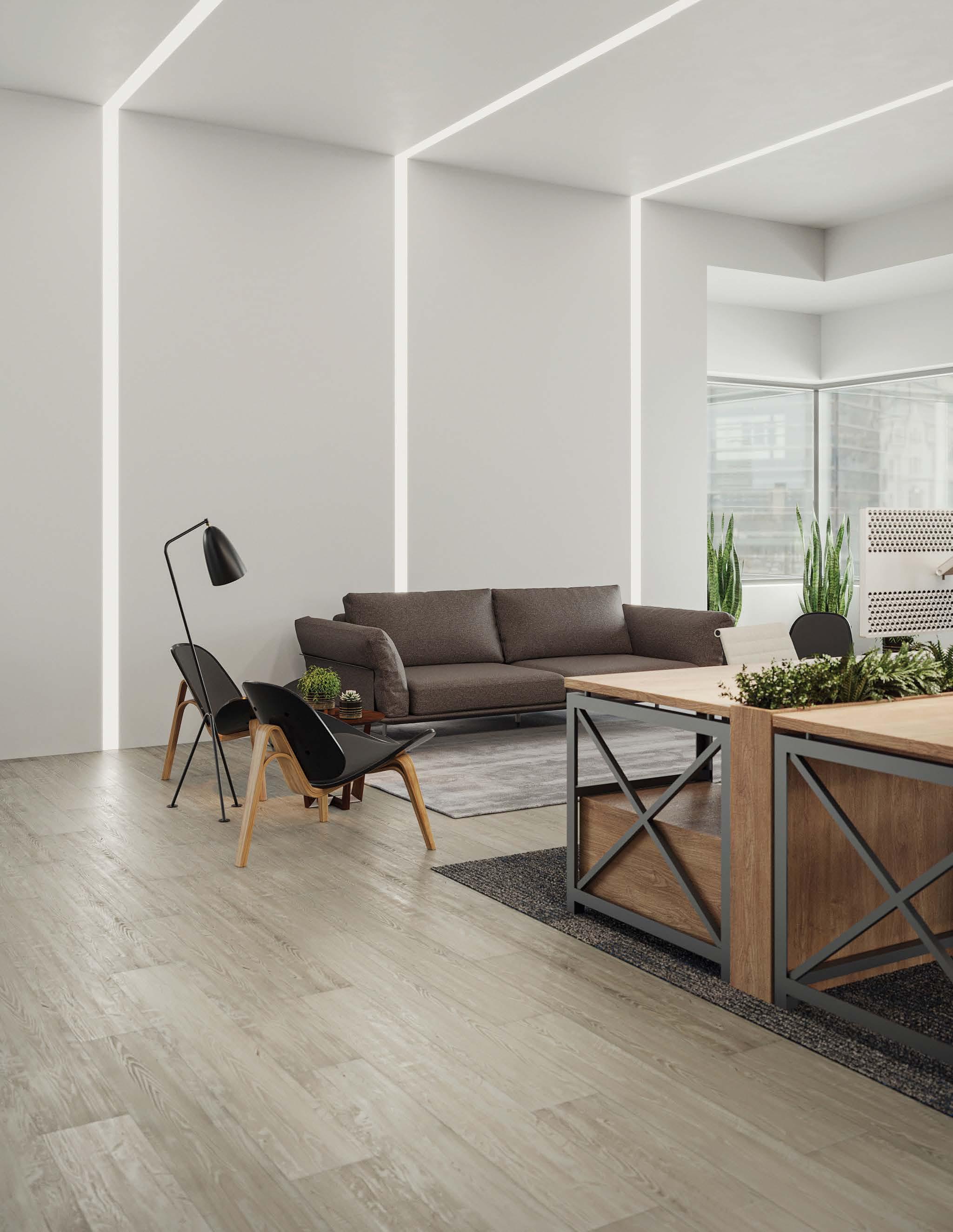
■ Straight forward specifications with to-the-inch standard, asymmetric, wall wash, wall graze and drop lens configurations
■ Intuitive two-part design with ship ahead housings and single piece light engines that simplify manufacturing, shipping, and managing the product on-site
■ Hassle-free snap-in light engines and swing-out driver access doors reduce installation time and make for easy maintenance

“The guest rooms are comforting but also quiet…there is a lot of shadow play, patterning, and contrast,”

STEFANIE SCHWALB By

When you think about the term “urban oasis,” it’s often synonymous with a city’s distinctive, beautiful natural spaces or a luxurious metropolitan living experience. As of October 15, Denver-based Populus combines and elevates the two much further with nature-inspired design based on Aspen trees (Populus tremuloides) and environmentally conscious hospitality.
The hotel, which is keenly focused on the planet’s health and a guest experience rooted in mindfulness, features 265 guestrooms, two restaurants (Pasque and Stellar Jay), and flexible event and meeting spaces. The project developer is Urban Villages; the design architect is Studio Gang, and interior designer is Wildman Chalmers Design (WCD).
LS Group served as the lighting consultant, responsible for designing and specifying all of the architectural lighting. While the interior design teams selected all of the decorative fixtures, LS Group worked collaboratively with them from a peer review standpoint.
“They would run a fixture by us, we would dissect it, and make sure that technically it worked for the project,” LS Commercial Project Director Kristen Kordecki Miller said. “That involves ensuring that the color temperature is aligned with the rooms those fixtures are specified for and that
Populus features no exterior lighting. The concept is to let the building be lit from within, drawing attention and focus to the shape of the windows and their arches.
Credit: Studio Gang


the wattage is consistent and within our energy consumption allocation.” A major part of hospitality projects is the low-end dimming capabilities, she added, and many decorative fixtures may not be quite where they need to be.
In addition to technical prowess, LS Group was also immersed in the project’s unique collaborative process. “Rather than highlighting the architecture, lighting is integral to it because the interior concepts were so strong, more so than on many of our other projects,” Miller noted when discussing her team’s initial schematic design devised to light the property and align with the Populus narrative. “Many of our concepts made it into the project, so it’s great to see from start to finish everything we proposed and everything that ended up getting installed.”
It’s a major testament to WCD, she added, that they allowed LS Group to be collaborative on its take and interpretation of creating different personalities along the hotel’s verticality. The result is that levels 1 (the entryway and day-dining destination, Pasque) and 2 (the event and meeting spaces) serve as connection floors; levels 3-12 as guest floors made for recharging; and level 13 as a main attraction (home to the dynamic rooftop bar and restaurant, Stellar Jay).
“Levels 1 and 2 are all about being grounded in natural light. There are a ton of layers. It’s rich, and it anchors the rest of the structure and verticality,” Miller explained. “Levels 3-12 are comforting but also quiet because ownership wanted that for guest-room levels. There’s a lot of shadow play, patterning, and contrast, which is a huge part of lighting design. It’s using contrast as a means to accentuate architecture and interiors, but not have too much of a high contrast to where it’s uncomfortable for a guest experiencing that space.” And
while the idea of dappled light became a cornerstone of the project throughout, she added, it’s prominent, especially within those corridors.
Meanwhile, level 13 is luxurious, attractive, shimmery, and gold, and the lighting—of course—is a large part that. “It’s energized, beautiful, striking, and elevated. We want people to stay and hangout, so it’s very airy and open.”
Back down on the first floor, we’d be remiss not to mention the Reishi Tapestry artwork hanging above the entryway and Pasque. This eye-catching sculpture, conceptualized by WCD, doubles as a light source and is constructed from close to 500 sheets of Reishi™, a revolutionary leather-alternative by MycoWorks engineered from the root structure of mushrooms with their patented platform Fine Mycelium™.
Casting a warm, inviting glow on the space, it also enhances the lobby’s forest-inspired look, feel, and aroma. “The Reishi Tapestry has its own story— that was very unique. The design and installation were definitely a first for us,” Miller explained. “It falls outside of our initial schematic design package because it needed its own concept design. Once we understood the components of that system, we worked closely with the interior team on physical mockups. They had to make sure our lighting approach appropriately lit it the way they were intending.”


The experience was very hands-on for LS Group because it was a proof of concept, and they needed to make sure the way they envisioned the lighting to be installed came to fruition. “Lighting is such a finicky thing. You think it’s going to look one way, and then you get onto the built environment and it might have a slightly different appearance,” Miller continued. “So, that was a monumental statement of the project which required a lot of attention. We actually have three layers of light within that system. We have a continuous light at the back of it, pin spots within, and then wall washers out in front. There are three components of artificial light in order to achieve that effect.”
Not only that, but once the installation was in place, lighting it took two phases. Phase one entailed making sure the light was appropriately placed; phase two involved getting the light levels to exactly where the team wanted them so that it really glows. “Because the installation serves as the main source of light in the bar—there’s actually no lighting in the ceiling beyond that component—we needed accent light, high light, task light, and ambience. We needed to hit all of the marks.”
To accomplish this goal, there are two separately controlled sections of curved track lighting on a low-voltage magnetic track. “We knew that the artist was going to be installing this in situ, so as the lighting designer, we needed flexibility onsite for exactly where those lights were placed after the fact. Track was the best option because you have this continuous run; the whole thing is powered up – it’s magnetic, and the fixtures are
very small. We don’t want to see the fixtures, but we need that flexibility, so that was a chosen specification tailored to that single installation. It’s not a spec we used anywhere else.”
In addition to being a LEED gold-certified building, there are additional aspects of sustainability with regard to lighting. “One of the things to note is the corridors. By code, they do not need to be dimmable or on occupancy sensors, but we wanted to take one of the larger floor plates and make sure that it exceeded the requirements for control and the LPD allocations,” Miller explained. “So, in the corridor specifically, not only do we have occupancy sensors, but we designed the zones to be fully dimmable.” Plus, knowing that a majority of the lighting load is going to be coming from the guest rooms, LS Group was able to reduce the lighting load in them with the use of highefficiency, low-wattage fixtures—tactfully and minimally. “That means putting light where it makes sense and using the lighter surfaces as a means of reflectivity.”
What about the exterior lighting? Actually, there isn’t any, and that was by design. “We worked with Studio Gang on some options for exterior lighting, and over the course of time, we actually ended up reducing the amount of light that we

The Celeste Recessed is a high-output luminaire designed for ultimate performance. Building on the innovation of our Celeste LED House Light, it features deep dimming, multiple beam angles, and seamless flicker-free control, making it perfect for professional lighting applications.

had,” Miller said. “We didn’t start with a lot of lighting on the exterior to begin with, but over time, we actually reduced it even more. That’s because the concept was to let the building be lit from within rather than putting any light on that exterior skin. It really draws attention and focus to the shape of the windows and their arches, which was a key element in the lighting approach.”
After such a massive and innovative undertaking with this project, what else is on Miller’s professional bucket list? “That’s a good question. My ultimate goal would be to fully light a project with only indirect lighting. I would like to eliminate every point source if I can—and I’m getting close,” she enthused. “I think that there’s something so warm, inviting, and comfortable with indirect light, and there are ways to achieve code-required light levels by using it. We just have to be comfortable enough to let ourselves get there. Get away from what we’re used to and allow ourselves to try something new. We have the tools, and we have everything at hand to get to the end result.”
Miller and LS Group hold themselves to a very high standard, and when ownership appreciates, understands, and supports them as lighting designers, it makes for a beneficial and beautiful relationship in the end, Miller concluded. “[With Populus], Urban Villages was very versed, involved, and supportive of the lighting design, which made for an absolutely incredible collaborative and pivotal project.” ■


Architect: Bohlin Cywinski Jackson
Lighting Design: Lightplan
Featured Product: Lucifer Lighting 2 Series
Photography: Nic Lehoux
Architectural Photography
A unique private residence above Alta Lake in Whistler features stunning views, a verdant courtyard, and a design inspired by the Fibonacci sequence, seamlessly connecting manicured spaces with the surrounding wilderness.
Architect: Weber Thompson
Lighting Design: Coruscate Lighting Consulting, LLC
Photography: Gudmundur (Gummi) Ibsen



Dear esteemed colleagues, friends, and industry advocates,
As I pen this article, I reflect on my journey—a journey that began with a passion for environmental education, evolved through the rigorous study of sustainable business, and now finds me deeply embedded in the lighting industry. As a mother, I carry a profound sense of responsibility for the world we leave behind for our children. Today, I reach out to you not just as a lighting manufacturer’s representative, but as a fellow advocate for sustainability, urging us all to embrace practices that not only illuminate our spaces but also nurture our planet.
The statistics are alarming. June 2023 was recorded as the hottest June since reliable temperature records began in the late 19th century, and the children born today will face extreme weather events that previous generations have never encountered. The construction industry accounts for nearly 40% of global CO2 emissions. As lighting designers, architects, manufacturers, and advocates, we are uniquely positioned to lead a transformative charge towards sustainability. The time for reflection, innovation, and collective action is now.

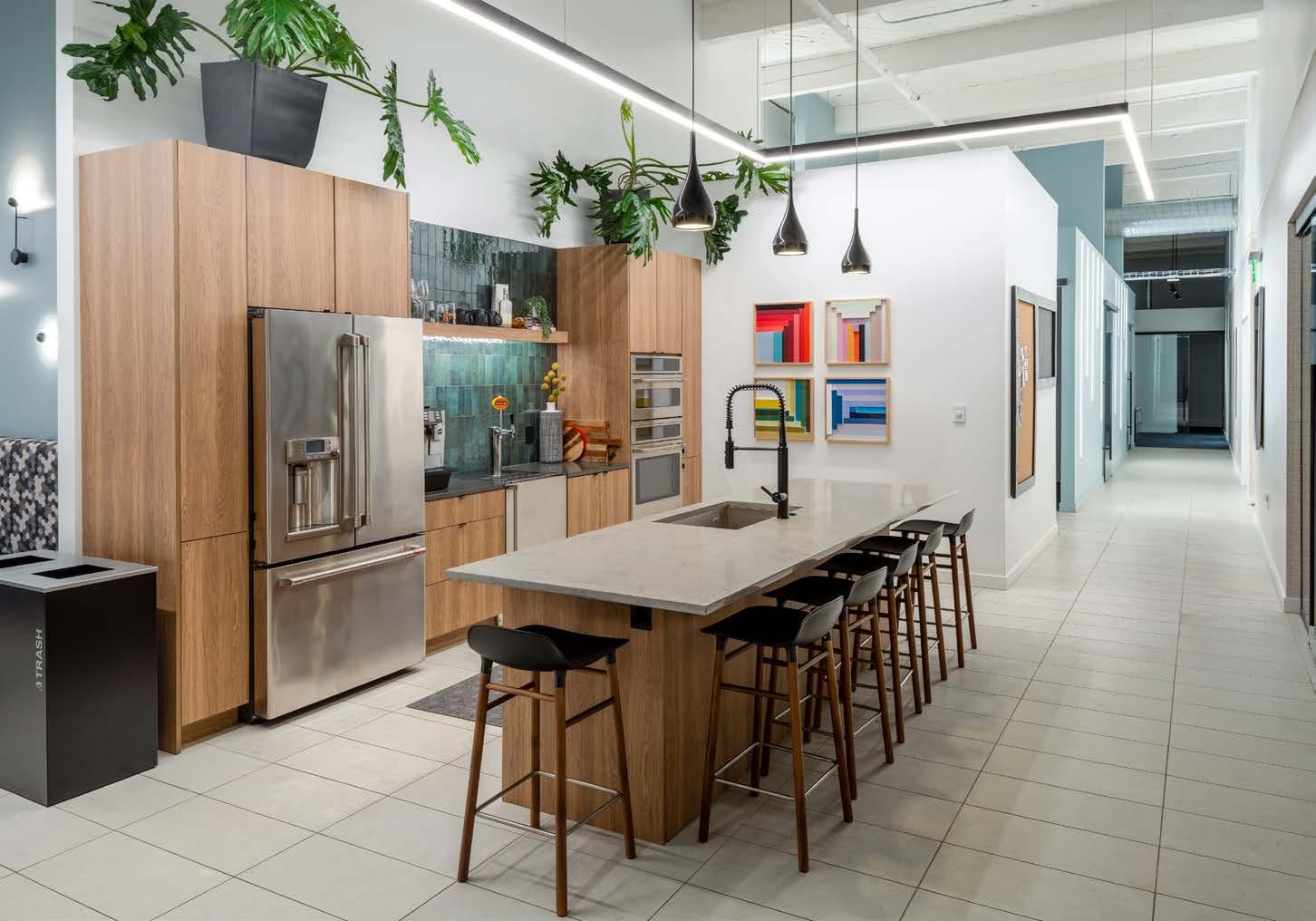


One of the most impactful steps we can take towards sustainability is advocating for material transparency. By prioritizing products that come with Environmental Product Declarations (EPDs), Health Product Declarations (HPDs), and Declare labels, we can ensure that our choices are informed and responsible. These documents provide crucial information about the materials used in our products, allowing us to make decisions that align with both environmental and health standards.
Incorporating transparency into lighting schedules is not merely a best practice; it is a necessity. By focusing on the most commonly used products in projects, we can streamline efforts and ensure that we are making a meaningful impact. For instance, targeting large quantity fixture types for material ingredient reporting can help us establish a baseline of sustainability across designs.

labels and verification, organizational standards, building standards or frameworks. Many clients already have values and mission statements that align with sustainable practices, so it is our responsibility to bring these conversations to the forefront. During the concept and schematic design phases, we should build awareness among clients and teams about the importance of material transparency. This includes having budget conversations that prioritize sustainable lighting solutions.
As we move into the design development phase, it is vital to engage in discussions with your lighting reps about the products being considered. Preliminary pricing meetings should include conversations about material transparency labels and commitments. By formalizing these requirements in specifications and fixture schedules, it is ensured that sustainability is woven into the very fabric of lighting designs.
The Lighting Advocacy Letter serves as a vital instrument for lighting specifiers aiming to enhance the sustainability
of lighting products. By signing this letter, you make a public commitment to informed material choices and to fostering ongoing dialogue with your representatives and manufacturers. This collective action is essential for aligning intentions with practical measures within a shared framework.
Transparency regarding material ingredients is fundamental to sustainable building practices. Engaging with initiatives such as LEED and the Living Building Challenge promotes chemical disclosure, which contributes to healthier environments. Manufacturers are encouraged to create documentation like Health Product Declarations (HPDs) and Declare labels, which enhance product accountability and support eco-friendly construction efforts.
I urge each of you to sign the Lighting Advocacy Letter and share it with your colleagues, lighting representatives, and manufacturers. Together, we can showcase our commitment to specifying holistically sustainable lighting products and inspire others to join us in this crucial mission.
Sustainable design extends beyond material selection; it encompasses the entire lifecycle of products. While exploring innovative approaches to luminaire design, we must consider end-of-life strategies that facilitate recycling and refurbishment. By partnering with local companies for material salvage and luminaire rebuilding, we can extend the life of our products and minimize waste.
The shift to LED technology has already transformed our industry, but we must continue to challenge conventional concepts and explore new paradigms. For example, maximizing
performance while reducing material usage can lead to significant environmental benefits. By embracing designs that facilitate disassembly and recycling, we can create solutions that are not only visually captivating but also environmentally responsible.
As we strive for quick adoption of frameworks, we must also adopt a holistic approach that considers human health, ecosystem health, and social equity. The negative impact of the construction industry unfairly burden marginalized communities, and it is our duty to design spaces that promote health and well-being for all.
Research has shown that employees in green buildings are healthier, happier, and more productive. By prioritizing sustainable practices, we can create environments that foster well-being and enhance quality of life. This commitment to social health and equity is not just a moral imperative; it is a business strategy that can attract talent and increase property values.
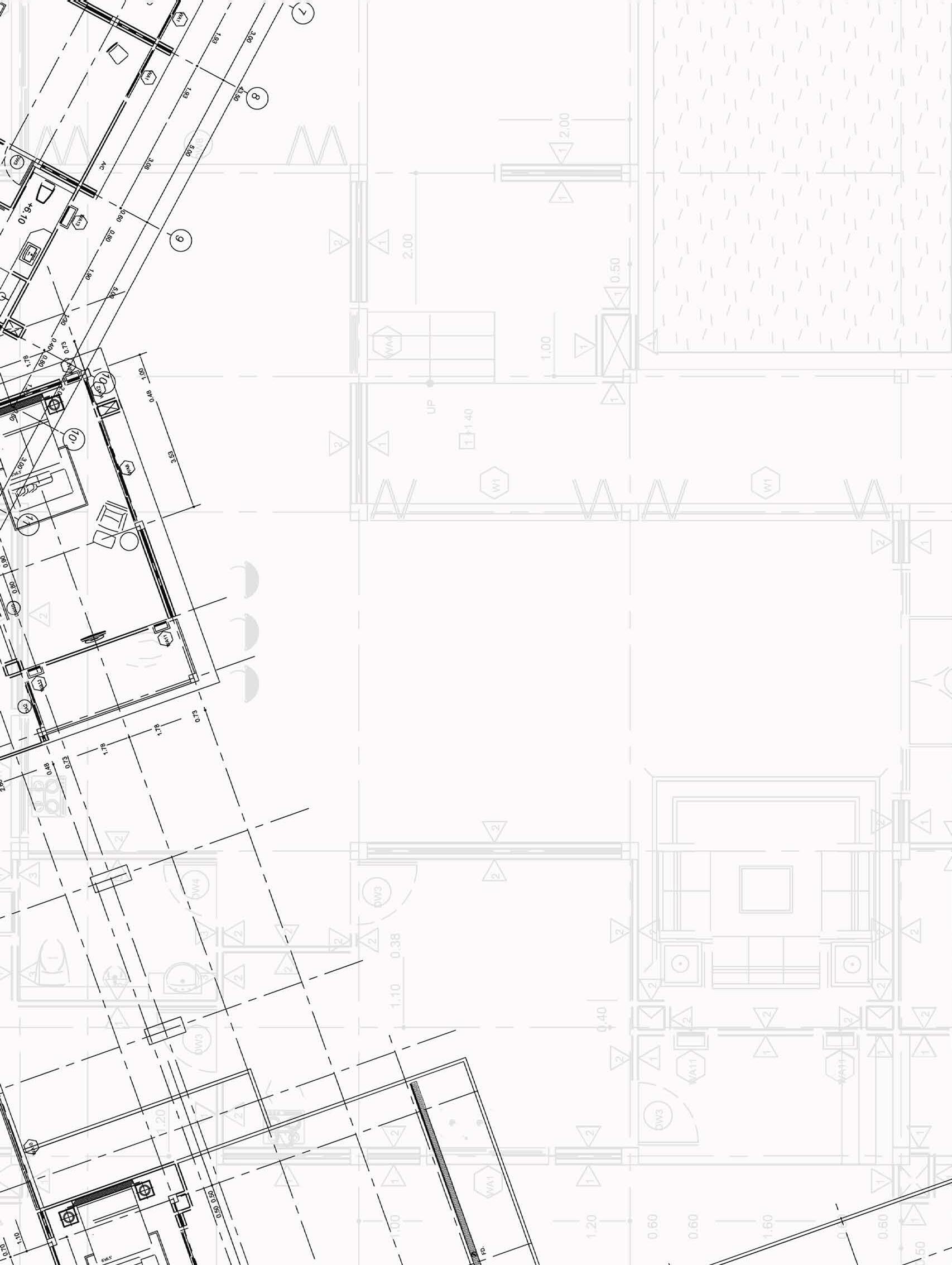
The lighting industry is experiencing a significant market shift driven by evolving consumer preferences towards sustainability. Recent studies indicate that 90% of millennials are willing to pay a premium for environmentally friendly products, while 80% would pay more for products with a compelling social sustainability narrative. This trend is particularly evident in major markets and is increasingly influencing the Seattle area, where


Transparency regarding material ingredients is fundamental to sustainable
younger designers entering the workforce are prioritizing sustainable practices.
For lighting manufacturers, lighting designers, and architects, this shift presents both a challenge and an opportunity. Companies that incorporate sustainable practices into their business strategies and product designs are likely to gain a competitive edge. This includes developing luminaires with lower environmental impacts, transparent supply chains, and endof-life recycling programs.
As this trend continues to grow, we can expect to see more manufacturers responding with innovative, sustainable lighting solutions. Those who fail to adapt may risk losing market share to more environmentally conscious competitors. For professionals in the lighting industry, staying ahead of this curve by prioritizing sustainable design and manufacturing practices is not just an ethical choice, but increasingly a business imperative.
As lighting designers, architects, agencies and manufacturers, we have the power to influence the future of our industry. By embracing sustainable practices, advocating for transparency, and fostering innovation, we can create a built environment that is not only beautiful but also responsible.
The path forward is not without its challenges, but together, we can overcome them. Let us commit to this journey together, illuminating a path towards a sustainable future for all. Our children deserve a world that is not only bright but also thriving. Together, we can make this vision a reality.
Warm regards and unwavering commitment to our craft,
Amanda Thornton, MBA, MIES
Lighting Specification and Advocate for Sustainability
ERW Lighting + Controls
LUMA Lighting Design, Turning wood waste into creative lighting systems with Stickbulb
American Institute of Architects (AIA), Materials Pledge Starter Guide
Metropolis Magazine, Climate Toolkit for Interior Design
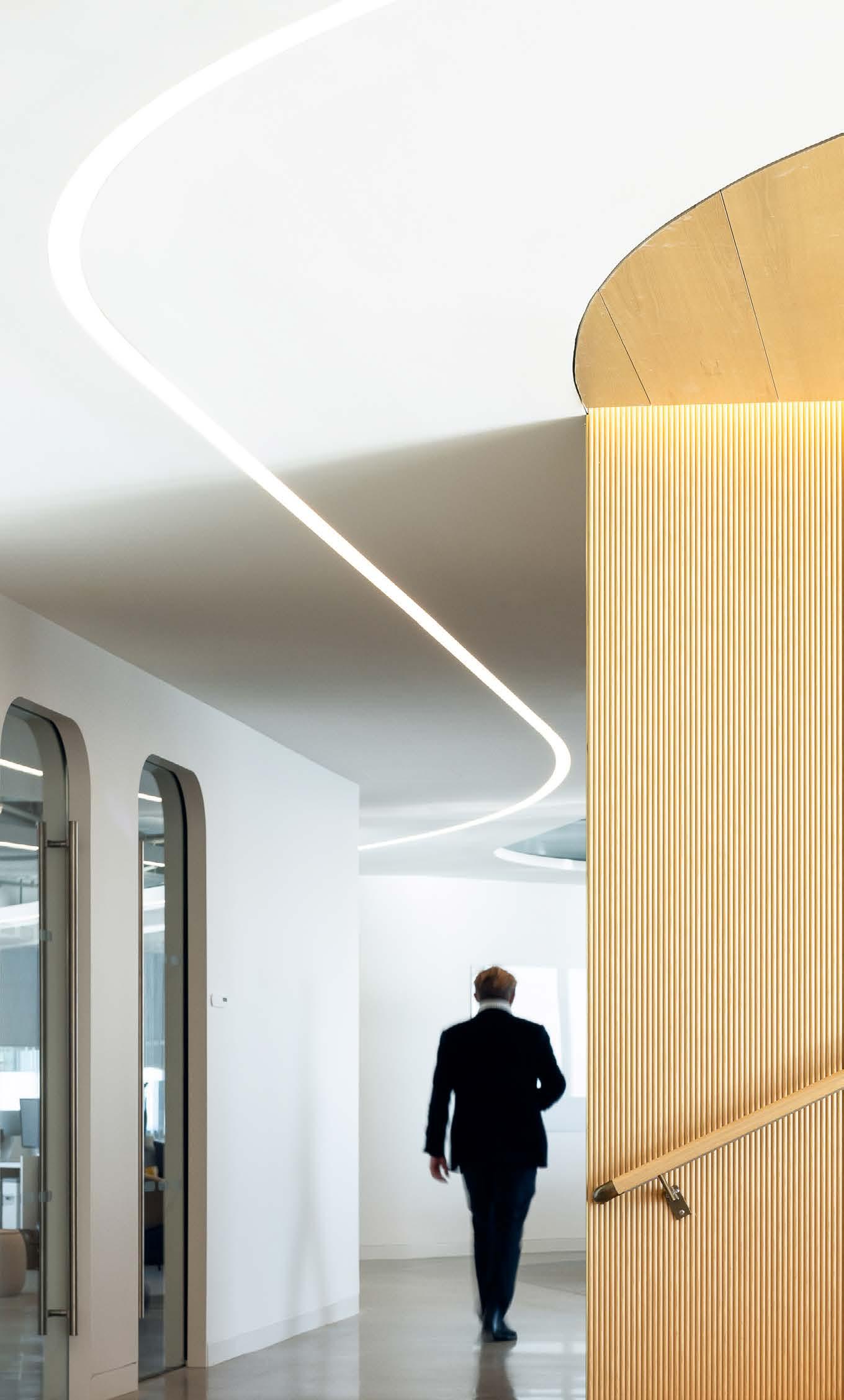
The LS Curve by Coronet LED combines sleek, modern elegance with customizable, eco-friendly design. Declare listed with optional Red List Free construction, it offers versatile installation with custom radii, angles, and straight sections.
By

Most lighting products are chosen based on need. A designer looks at plans and drawings and decides which fixture is best for which applications. The design has always been about utility and function.
Along comes a product that is so unique and clever that its emphasis is more on emotion than on utility. The newly released iGuzzini Trick em allows designers more freedom than ever to integrate light as a key element of architectural expression.
During my recent holiday in Croatia, I had the privilege of experiencing this innovative product designed by the world-renowned Dean Skira. I was humbled and honored when Dean and his wife, Sonja, graciously welcomed my wife Lori and me into their stunning home for a personal demonstration of the Trick em
Nestled amid the ancient splendor of Pula, Dean’s lavish residence stands as a harmonious blend of modern luxury and timeless history, elegantly built on pillars over Roman ruins with sweeping views of the Adriatic Sea. Every corner of his home gleams with innovation, featuring not just the finest lighting technology but the most cutting-edge advancements in every aspect, from HVAC systems to automated blinds and shades, even down to his stateof-the-art indoor grill. The house itself is a testament to sophistication, deserving more than a mere mention—an entire article early next year will be devoted to capturing its true beauty and exquisite refinement.
The product’s release is September immediately piqued my curiosity. I don’t recall another luminaire with such an unusual name, but after seeing the demonstration, I realized the name is quite fitting.
As Dean energized the fixture, he explained that it is much more than illumination, saying,
“It’s about creating experiences and manipulating light in ways that emotionally engage and enhance architectural design.”
Rather than being a simple light source, Trick em aims to combine light, architecture, and emotion, transforming spaces with the play of light and shadow.
At the heart of Trick em is its DMX control system, which allows users to fine-tune and manipulate individual light beams with pinpoint accuracy. Whether it’s lighting up a museum exhibit, highlighting architectural features on a building’s façade, or setting the mood in public spaces, Trick em gives designers an unprecedented level of control. This system isn't about flooding spaces with light (thank goodness)—it's about sculpting light to create visual impact and emotional resonance.
This level of control is ideal for dynamic environments where lighting needs to be adjusted to suit different scenes or moods. For example, retail spaces may use Trick em in a way that draws attention subtly yet effectively, while outdoor lighting designs can leverage its capabilities to create dramatic effects on building façades or in landscape settings.
While Dean and I were discussing the luminaire, he began changing the patterns using his phone. Meanwhile, our wives were engaged in another conversation. When Lori saw the demonstration, she noticed the light but had no idea of the location of the source. She was stunned when she realized the source was right in front of her.
Trick em also features multiple independent optics, allowing lighting designers to craft a wide range of light effects. These include the creation of narrow light blades, which can add texture to walls or highlight specific architectural features. As Dean demonstrated, the optics create a soft, even distribution of light across surfaces. He explained that the system offers both 180° and 360° lighting options, making it versatile enough to work in different settings, from close-up installations to largescale environments.
Trick em will be available in the North American market starting in 2025, as iGuzzini is currently obtaining UL certification.
One of the standout features of Trick em is its versatility—it can be used in both indoor and outdoor settings. Its IP66 weather-resistant design ensures that it can withstand various
environmental conditions, making it a great choice for exterior lighting applications. Trick em is built to perform in diverse environments.
This dual functionality means that designers can maintain consistent lighting themes across interior and exterior spaces. Trick em can be seamlessly integrated into an entire architectural lighting plan, adding cohesion between the building's interior design and its outdoor aesthetic.
This level of customization is one of the key reasons why Trick em is suitable for a wide range of projects. Whether the goal is to create bold statements or subtle nuances, the available optics ensure that every lighting concept can be realized with precision.
Trick em is ideally suited for architectural projects where lighting plays a central role in defining the space. These include cultural spaces like museums and galleries to create atmospheres. Public spaces, both indoor and outdoor, also benefit from Trick em’s dynamic lighting capabilities.
Retail environments are another ideal application for Trick em, as the system allows retailers to spotlight products. In the hospitality sector, Trick em can be used to create memorable atmospheres in hotels, restaurants, or event spaces, where lighting design is key to enhancing the guest experience.
The primary concept behind the original Trick and Trick em fixtures is to generate a precise, linear beam of light from a compact, round surface-mounted fixture. The term 'Graphic Light' was introduced following the creation of Trick, highlighting its unique visual impact. The key distinction between Trick and Trick em lies in the latter’s dynamic capabilities, which allow users to experience the movement of light across surfaces, all originating from the same minimal, round fixture.
iGuzzini’s Trick em is much more than a lighting system—it is a tool for designers and architects to push the boundaries of traditional lighting and transform spaces. With its advanced DMX control, versatile optics, and suitability for both indoor and outdoor environments, Trick em represents a new frontier in architectural lighting. The ability to sculpt light with such precision opens up new creative possibilities, allowing lighting designers to make lighting an integral part of architectural storytelling.
For more information, visit iGuzzini Trick em ■
"Trick e m ’s main function is not to create general lighting or meet specific mathematical requirements to illuminate space – it is rather something you can play with. And this is precisely the idea behind it. Trick eᵐ evolves this idea to generate amazement and create emotions in movement through light."
— Dean Skira

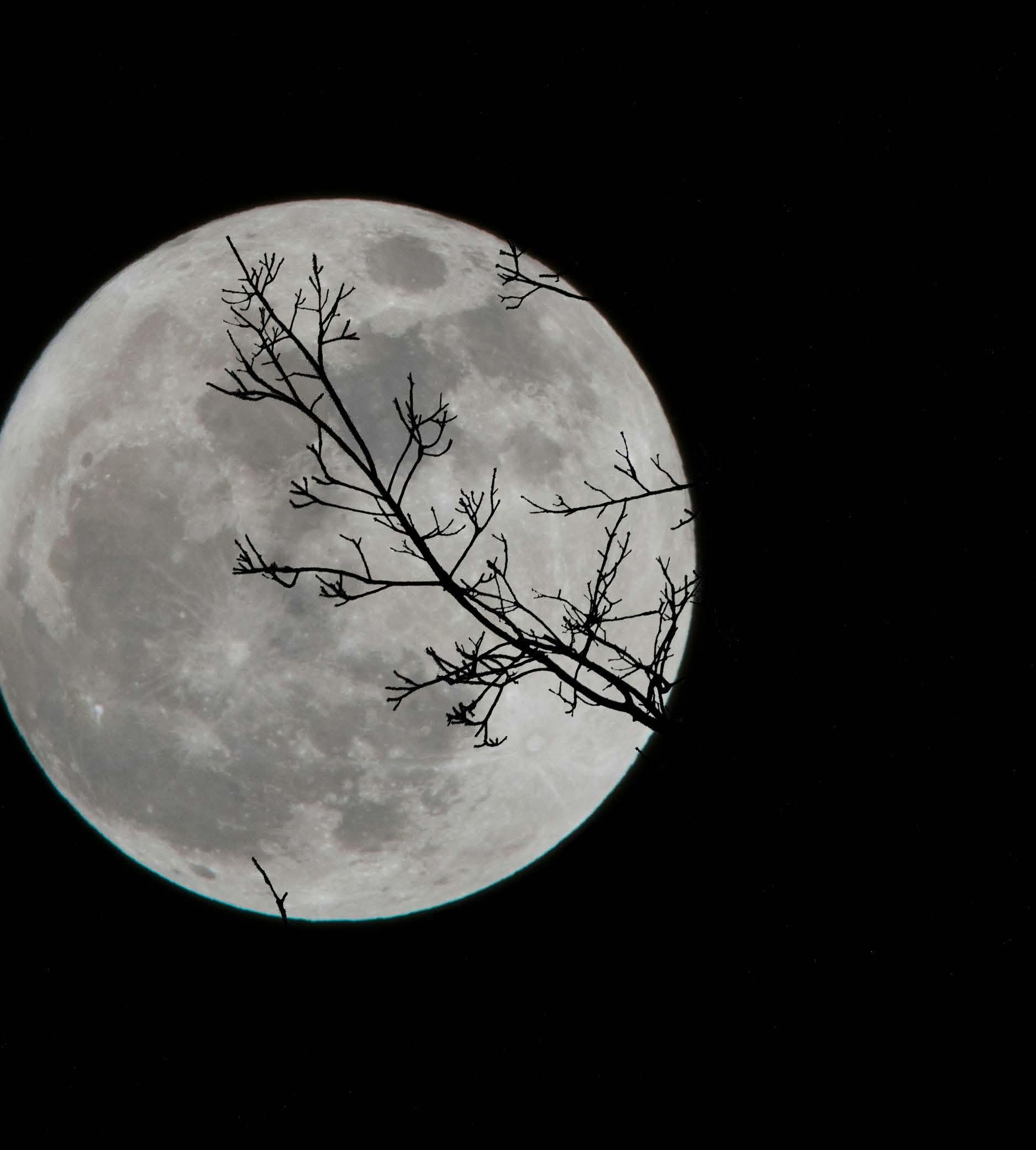
RANDY REID By

Going Dark, an international workshop created by TraversoVighy and Light Collective in Tuscany, offers a unique experience for lighting enthusiasts. Initially priced at €75 in 2023, the 2024 version is now €180, including lodging and meals, and vino!
In discussing the event, Martin Lupton warned me, “I’m glad you think the price is good – we are keeping it as low as possible to ensure good participation. You will be sleeping in a dormitory in a monastery, though, so don't expect luxury!”
How does one turn down a work trip that features three days and two nights in Tuscany for €180? The accommodations were exceptional. Although I was in a male dormitory, I was in a 1200-year-old monastery, where I could have spent weeks exploring. I joked with Martin several times about the price, and he did remind me that the 2023 price was only for one night, so it truly is a bargain.
The mission of the workshop is to explore lighting design for heritage spaces, focusing on approaches that preserved both darkness and the view of the night sky. Martin explained the goal is to promote responsible lighting practices and discuss the use of appropriate lighting equipment that reduces unnecessary external illumination, saying, “We want to minimize the negative impact of light on human health and the natural environment in line with the ROLAN Manifesto.”
The event took place in Monteriggioni, a medieval castle town along the Via Francigena, once a busy medieval highway for pilgrims and merchants. Three kilometers further down the rural track is the monastery village of Abbadia, a Benedictine monastery founded at the start of the year 1000, and in the village that developed around the monastery, a Isola. This is workshop's primary focus.
We participated in Looking for the Dark, a silent play by laPiccionaia. We were equipped with immersive audio headsets, guiding us through a 20-minute journey. The experience highlighted the critical role darkness plays in the lives of people, animals, and plants. As we walked, interviews with experts, poetic excerpts, and curated soundscapes enriched the experience, blending knowledge with an artistic touch.
At 17.00 we were divided into teams to decide types of applications and approaches and to discuss target criteria to achieve. We developed an experimental plan for the evening session. At 20.00 we began to experiment with our dark sky-sensitive lighting solutions.
As I write this, I am sitting on the grounds of the Abbadia a Isola, looking up at the sky and seeing the exact same sky that monks saw over a thousand years ago. There is very little light trespass from our experiments. In fact, the worst light trespass is coming from my laptop, which I have on dim. I think about the irony of writing an article about light trespass as I cause light trespass. Ridiculous! Off goes the laptop, and I use the recorder on my phone for the rest of the notes. In this case, noise pollution is better than light pollution!
Because of a tight deadline, I am only able to write about the first night of this 3-night exercise.

included several objectives. Participants engage

in a workshop/living lab scenario, collaborating on-site to create concepts for responsible lighting approaches. We learned about the village's history, discovered the night sky with a local astronomy group, explored design challenges in such environments, and studied exemplary projects, technology, and case studies.
Walking through the picturesque Tuscan landscape, it became clear that this region has the potential to become a haven for dark islands. Such spaces would provide astronomers, photographers, and nature enthusiasts with the rare opportunity to once again marvel at the beauty of the starry sky, free from the interference of artificial light. The evening was not only educational but deeply poetic, reminding us of the importance of preserving natural darkness.
A special thanks to WE-EF Lighting, Thorn Lighting, Simes, Led Linear, and L&L Luce and Light – all brought a range of fittings for us to test. We have set up full Casambi and/or DALI control on all fittings so teams can fully experiment.
We are also supported by IQ-Luminance, who brought a calibrated camera and its software so that teams can see the technical performance of what they create. ■
Everyone should have the right to access darkness and quality lighting, and light needs to be used and distributed fairly without discrimination.
Start your design with darkness and only add light if it supports nocturnal placemaking and protects a view of the stars.
In all projects, strive to maximise the benefits of outdoor light at night by creating legible, safe spaces and journeys, simultaneously limiting each project’s environmental and financial costs.
Apply the Five Principles of Responsible Outdoor Lighting in all lighting projects:
– All light should have a clear purpose.
– Light should be directed only to where it’s needed.
– Light should be no brighter than necessary.
– Light should be dimmed down or turned off when not required.
– Use warmer colour lights where possible.
Collaborate with researchers from different disciplines and specialties, such as astronomers, ecologists, biologists, lawyers, etc., so they can provide expertise on unfamiliar topics.
Educate your clients about the importance of ROLAN.
Ensure the community you work with is an active stakeholder and participant in all lighting projects. Enquire about their needs and wishes at night, and provide them with access to information to make informed decisions.
Embrace technology by asking for support from the lighting industry to ensure that night-time biodiversity is sustained, and energy consumption is reduced. Engage with the lighting design industry to deliver an appropriate lighting solution.
A circular economy should be integrated into the brief, design, specification, and manufacturing process of your project, as well as its installation.
The Responsible Outdoor Lighting At Night (ROLAN) Manifesto sets out ten core principles for external illumination, and a plan of action to implement positive change in the lighting community to lead to a more sustainable, healthier, and safer future for all. 1. 2. 3. 4. 5. 6. 7. 8. 9. 10.
After project completion, visit the site at night with community stakeholders, to verify that your lighting design was fully implemented and meets ROLAN principles.





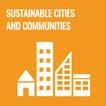






Because the UN Sustainable Development Goals (above) do not explicitly refer to external illumination and its multiple impacts, the Founding Partners of the ROLAN movement, are keen to address this in support of the SDG Goals. By following the principles outlined in the ROLAN manifesto, governments, businesses, and individuals support the implementation of the following SDG.
The principal authors of the ROLAN Manifesto are Dr Karolina M. Zielinska-Dabkowska - the ILLUME research group/the Gdansk University of Technology; and Ruskin Hartley - the International Dark‐Sky Association, with contributions and support from further Founding Partners: the Society of Light and Lighting (SLL), the International Association of Lighting Designers (IALD), the Illuminating Engineering Society (IES), the Institution of Lighting Professionals (ILP) and the Lighting Industry Association (LIA).
If your organisation would like to support ROLAN movement, please contact: k.zielinska-dabkowska@pg.edu.pl
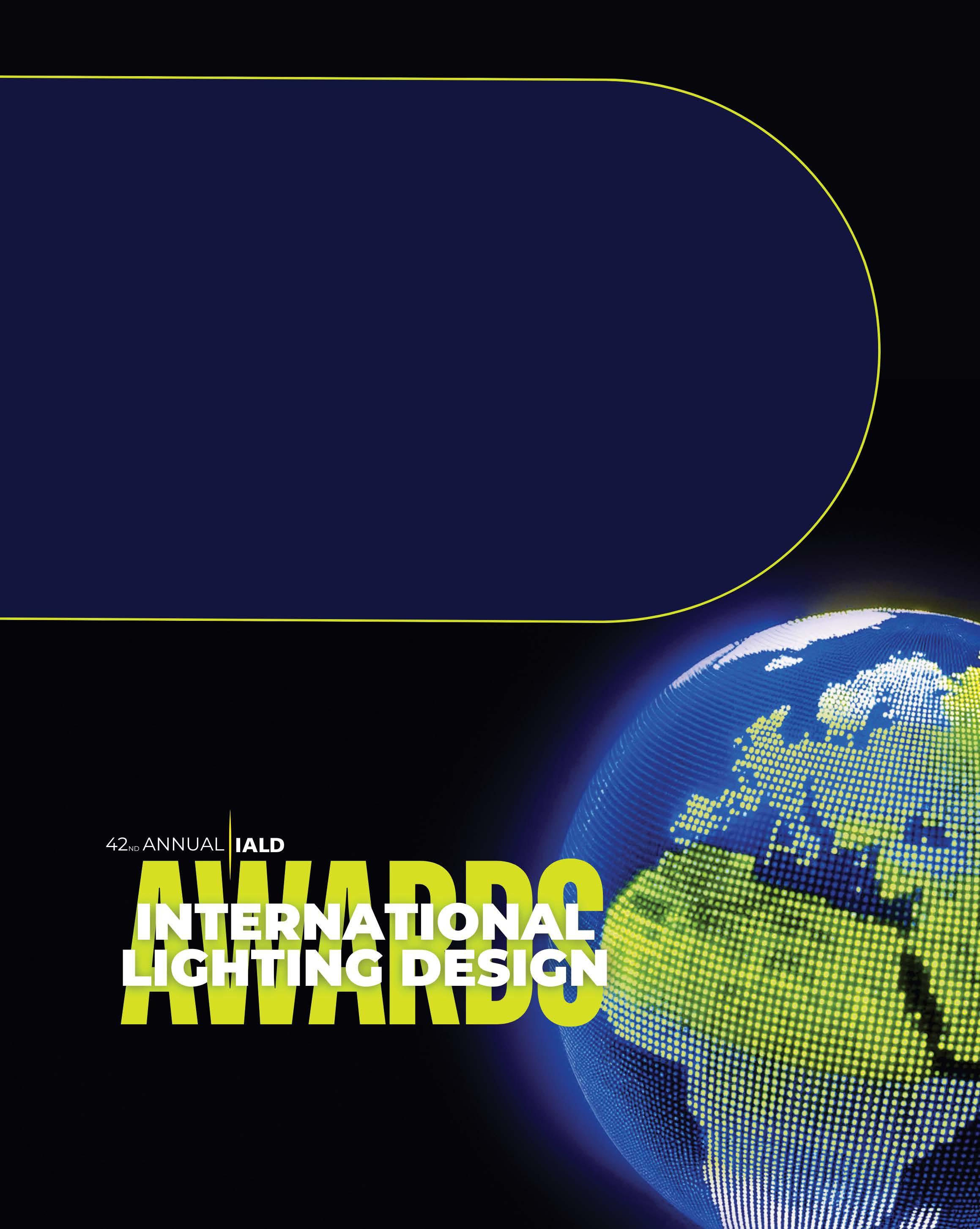
The IALD invites architectural lighting designers worldwide to submit projects for the Call for Entries for the 2025 IALD International Lighting Design Awards.
Designers and firms can submit eligible projects** for award consideration regardless of IALD membership. The official submission platform provides detailed guidelines for project submissions, required materials, and explanations of the judging criteria.
IALD member and non-member lighting designers may enter projects through 11 November 2024, with a late-entry deadline of 3 December 2024.
Design teams can begin their applications now at iald.org/awardscall
** Eligible projects are permanent architectural lighting design solutions where construction was completed after 1 January 2023.

Last month, I had the opportunity to meet Matija Klinkon, CEO of LED Luks, and Ivica Jekić, Business Development Director, at their manufacturing facility in Slovenia. LED Luks, specializing in linear lighting with superior optic solutions, has established itself throughout Europe and, more recently, in the Middle East. But let's rewind to how it all began.
Matija founded LED Luks in 2013 with experienced Italian entrepreneur Dino Ferragotto, who decided to invest in the LED lighting industry. With no customers in the early days, he turned to LinkedIn and created groups around various lighting topics. As people joined and engaged, he simply asked if he could send them brochures, and many agreed. Through this grassroots effort, LED Luks partnered with Annell, a Swedish company, securing their first orders in the Scandinavian market. This marked the beginning of their growth, and in 2015, they won a significant project—the Khalifa International Stadium in Qatar— supplying museum lighting and parking lot illumination.
From just three employees in 2013, LED Luks expanded by adding students and part-time workers. Today, the company boasts a workforce of 85. Their breakthrough came at Light + Building 2016 when Matija personally sent 450 messages on LinkedIn, inviting people to visit their booth. 128 people responded, leading to new partnerships in Norway, Finland, and Germany.
However, by 2018, Matija realized something was lacking. Despite steady growth, it wasn’t fast enough. The missing ingredient? Lighting designers.
Matija recalled the moment the insight clicked for him: “We were shortlisted for a [d]arc Award in 2018, and while sharing a taxi, I overheard the CEO of a major competitor discussing how young lighting designers were writing all the specifications. A light bulb went off.”
LED Luks shifted its marketing strategy. They attended the Professional Lighting Design Convention (PLDC) in Rotterdam in 2019, targeting this influential group. Their strategy gained momentum, and when Ivica became available in October 2022, they quickly brought him on board.
During a conversation at Light Middle East in January 2023, Ivica explained to me a key challenge: many specifications for projects in Dubai, Qatar, and the Kingdom of Saudi Arabia are written by lighting designers based in New York City. However, with no products meeting U.S. standards, entering the market seemed daunting. I even penned an article highlighting the dilemma faced by European manufacturers like LED Luks—keen to expand in the Middle East but not ready to enter the U.S. market.
This is where James O’Blaney of ORA entered the picture. Over dinner with Ivica, James explained ORA’s preference for representing smaller, specialized brands, and LED Luks fit the bill. Ivica noted that having a representative like ORA, which carried fewer lines, allowed them to push harder and handle much of the initial groundwork while benefiting from ORA’s strong relationships. James made a bold move by agreeing to represent a brand with no UL-compliant products at the time.
Ivica shared the impact of this partnership: “On my first visit to the U.S., I contacted about 100 lighting designers and secured 10 appointments. Of course, having James by my side gave me huge credibility.”
RANDY REID By

Matija described the crucial factor in their success with U.S. lighting designers. When a designer specifies a U.S. product for an international project, distributors often look at the fixture schedule and substitute European products. Matija explained, “When distributors see a +1 phone number (US & Canada) they work hard to break the spec because they fear there won’t be support.” He added, “When they see a +385 (Croatia) or +386 (Slovenia) phone number, they feel more comfortable selecting an EU product because they know there are a sales network and international support available.”
Ivica added, “This was my hook in securing appointments. I could help designers maintain their international specs.”
The strategy has worked well, with LED Luks appearing on specifications across the globe. However, one major market remains untapped—the U.S. While they are gaining momentum in Europe and the Middle East, breaking into the American market has been a challenge.
The initial phase of LED Luks’ strategy has been successful, and now they are preparing for phase two – redesigning their product lines to meet UL standards. Their linear lighting range has already undergone redesign, and they expect UL approval by the end of the year. Matija admitted the process has been difficult and time-consuming, particularly due to the need to accommodate larger drivers for the North American market while still allowing space for optics, sensors, and emergency battery packs.
Ivica is also in negotiations with several U.S. companies to handle assembly work domestically, another key step in their expansion strategy.
With LED Luks’ strategic move toward the U.S. market and their ongoing efforts to meet UL standards, the company is poised for continued growth. By aligning with the needs of lighting designers globally and partnering with trusted representatives like ORA, they are positioning themselves for long-term success in both the Middle East and North America. P
KELLY ROBERTS By


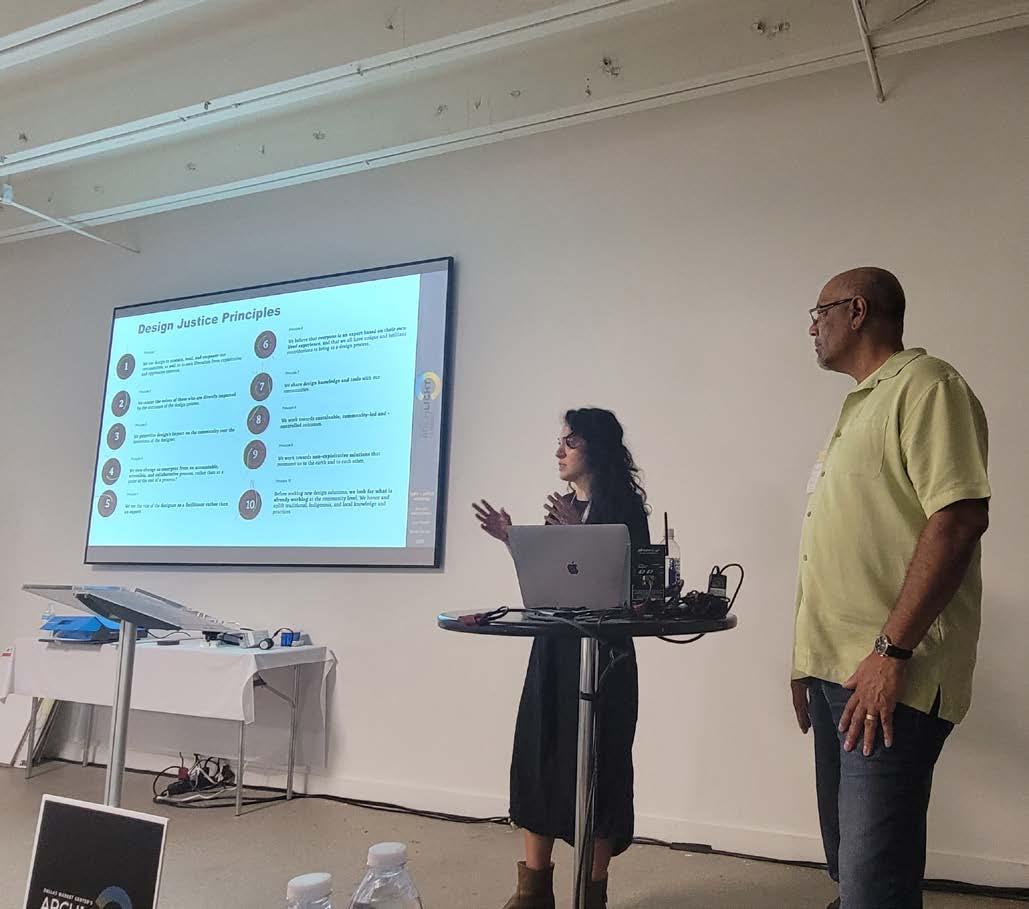
One February morning, I sat down at my desk in a tiny windowless office, under one flickering ceiling panel, and suddenly realized –maybe the gray I’ve been feeling has something to do with this interior environment."

Lya Shaffer Osborn is no stranger to inspiring action, within herself and in others. As one of the co-founders of Light Justice, an advocacy resource dedicated to addressing inequities in lighting design for the underserved, Lya’s journey reflects a deep commitment to the power of light, sustainability, and positive social change. Her story as a lighting designer is not only about career but a mission that blends creativity with activism.
What initially drew Lya to lighting was, in her words, "terrible lighting." Before she found her way into the field, Lya was working as a Foreign Affairs Officer in Washington, D.C., at the U.S. Department of State. Though she loved her job, something about the environment felt off.
The building’s brutalist architecture, combined with outdated, harsh fluorescent lighting, created spaces that felt more oppressive than productive. "One February morning, I sat down at my desk in a tiny windowless office, under one flickering ceiling panel, and suddenly realized – maybe the gray I’ve been feeling has something to do with this interior environment," she recalled.
That day, she began researching the connection between interior built environments and physical and mental health, which eventually led her to Parsons School of Design. There, she pursued a double MFA in Lighting and Interior Design, realizing she wanted to be a problem-solver who could identify and offer solutions for the kinds of environmental issues that can have an outsized and under-recognized impact on people’s daily lives.
After graduating, she spent several years working in New York City on high-end hospitality and retail projects. While the projects provided creative opportunities and allowed her to hone her craft, Lya felt a growing discomfort. “I was aware of where my attention wasn’t,” she explained. In spite of the glamor of luxury spaces, she felt a pull toward more community-centered work.
This shift in perspective became the catalyst for a gradual change in practice. Lya realized that many underserved communities lack access to the benefits of thoughtful lighting design, and that this directly impacted their quality of life. “I started thinking about places where design does not offer the tools and solutions we know it has the power to contribute," she said. “Why shouldn’t everyone have access to responsible, safe, and beautiful lighting?”
In 2020, amid the COVID-19 pandemic, Lya’s personal and professional life underwent a significant shift. She, her spouse, and their two-year-old relocated from Brooklyn to Seattle, seeking proximity to family and nature. The pandemic brought challenges for everyone, and for Lya, the isolation from community and colleagues in a new city felt daunting. Yet, this time of reflection became fertile ground for new ideas.
Lya began thinking more deeply about how lighting design could contribute to the public good, particularly for local communities and groups that lacked resources. She was struck by how small design interventions could make a huge difference in these environments. “Spending an extra $30 per fixture on a giant, well-resourced project might feel like petty change, but
in a community center, that same investment could make a huge impact on the experience of folks in that space every day,” Lya shared. This realization further fueled her passion to make professional lighting design accessible to organizations and individuals who had been historically overlooked.
This mindset led her to offer her services as a citizen lighting designer to various local nonprofits, community groups, and businesses. One such project was with a midwives group in South Seattle. The collective was moving to a new birth center and community clinic, and while they had funding from the city for the site and support from an architect on the buildout, they had no funds for the interior setting nor the transition out of their old space.
Lya held listening sessions and supported the organization‘s application for a grant to fund interior design improvements and furniture procurement – along with offering design expertise. Along with facilitating a time-andbudget-sensitive move out of their old space and into the new one, Lya focused on giving the midwives language for their and their clients’ visual needs during the challenging and momentous event of childbirth.
While modest in scale, this project became a new template for Lya, demonstrating how design can bridge resource gaps – and what designers can learn from these communities in the process. She has since begun working on more smallscale projects in Seattle, specifically seeking out clients to whom lighting design is not familiar as a resource.
Light Justice was born out of a growing frustration with the industry’s lack of attention to the social and environmental implications of lighting. In 2021, Lya met Edward Bartholomew and Mark Loeffler, her future co-curators at Light Justice, after a talk on the topic they gave at a lighting conference in New York. The trio quickly coalesced over shared concerns around how lighting inequities were affecting marginalized communities. They discussed how poorly designed lighting—whether too little or too much—can create unsafe environments, contribute to light pollution, and perpetuate social disparities.

Urban lighting, it has become clear, is often disproportionately distributed. In wealthier areas, there is frequently an abundance of well-designed, functional, well-maintained lighting, often at comfortable low levels appropriate for visual comfort and safe navigation.
Meanwhile, in lower-income neighborhoods, lighting can be either insufficient or too harsh, and also inconsistently maintained. This leads to safety concerns, a sense of hostile surveillance, and diminished public gathering. “Lighting can be a form of injustice,” Lya says. “In so many cities, we see a stark difference between well-lit, prosperous neighborhoods and those who are left in the dark, so to speak.”
With these concerns in mind, Lya, Edward, and Mark launched LightJustice.org, an online resource and advocacy hub that aims to address lighting inequities through community engagement, education, and design solutions. The organization encourages working with underserved communities to improve public lighting in a way that is both equitable and environmentally responsible. By collaborating directly with local residents, practitioners of light justice ensure that the lighting solutions they propose are responsive to the needs and desires of the community.
As Lya continues her advocacy with Light Justice, she remains committed to pushing expectations of where lighting design can make an impact. Whether it’s through hands-on projects with local communities or advocating for sustainable, socially conscious practices in the industry, her mission is clear: to contribute to a future in which good lighting is not a luxury, but a right for all.
Looking toward her child’s generation and beyond, Lya envisions a future where lighting design is no longer an obscure and mysterious specialization. “For the broader public, especially in the LED era of rapid technological evolution, lighting can feel, at best, like inscrutable, beautiful magic emerging from wizards hidden behind the curtain, and at worst, like a curse, bewildering and impossible to escape,” she explains. Her hope is that the science of light and its effect on our physical and mental well-being become as understood and integral in daily life as nutrition or access to clean air and water.
a
Lya’s journey is a testament to the power of curiosity, community, and compassion in shaping not just careers but entire industries. By recognizing the profound impact that lighting has on our daily lives, and by dedicating her career to making that impact a positive one, she has illuminated a path toward a brighter, more just future.
“Our relationship with light and darkness is both our birthright and our responsibility,” Lya affirms, underscoring her commitment to creating a future where light is not only understood but harnessed for the well-being of people and the planet. ■
Lya Osborn
Connect with Lya on LinkedIn • @lightjusticeorg • lightjustice.org
Women in Lighting and Design info@womeninlightinganddesign.org • @womeninlightinganddesign • womeninlightinganddesign.org


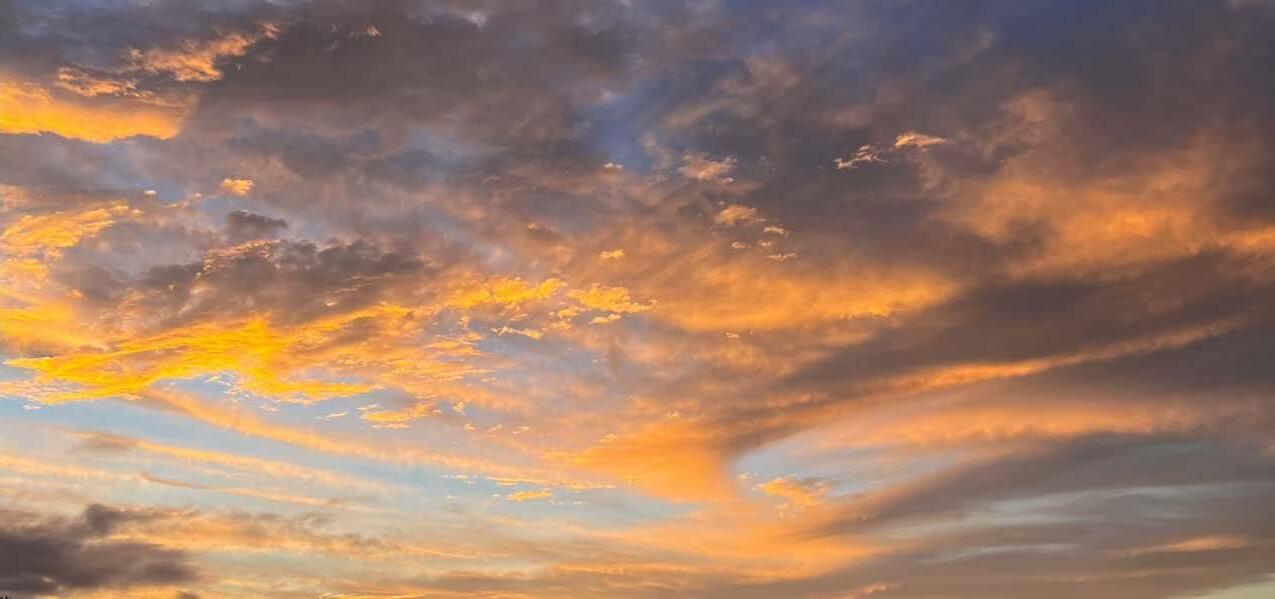


Light Justice is the practice of planning, designing, implementing, and investing in lighting for historically neglected communities through a process of stakeholder respect and engagement.

Explore resources, contribute articles, learn from case studies, and connect with groups working at the intersection of social and environmental justice efforts. To join the conversation and hear about community engagement opportunities, find us at:






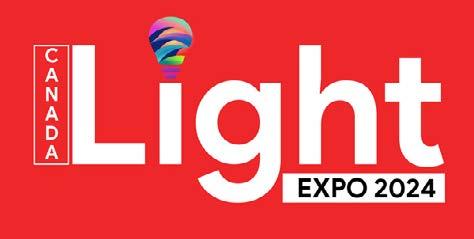


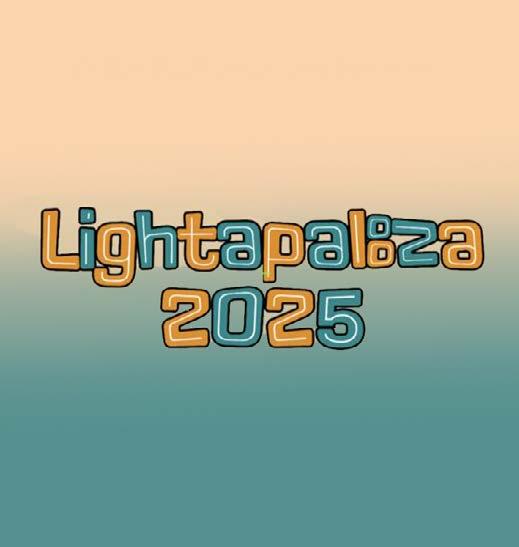



The winners were revealed and celebrated at the awards ceremony held at Sony Hall in New York City. Read more.
On 16 August, the 51st Annual Illumination Awards ceremony celebrated ten exceptional projects. See the winners here
The Lumen Gala was held Thursday, June 20, 2024. See the winners here

SUBMITTAL DATE
20 October 2024
ANNOUNCEMENT DATE
November 2024
SUBMITTAL DATE Closed
SHORTLIST ANNOUNCEMENT DATE 15 October 2024
AWARDS CEREMONY & WINNERS ANNOUNCEMENT
16 January 2025
The Ritz-Carlton, Dubai International Finance Centre
FINAL SUBMITTAL DATE Mid-January 2025
ANNOUNCEMENT DATE
18 March 2025
Winners will be announced at LEDucation 2025.
SUBMITTAL DATE
CLOSED
ANNOUNCEMENT DATE
19 October 2024
Live at 2024 IALD Enlighten Americas in San Diego, CA
PARKER ALLEN By
Submissions for the 8th edition of the LIT Lighting Design Awards is nearing its conclusion, with the due date extended until October 20th, 2024. Known for celebrating the finest achievements in lighting design, the LIT Awards continue to provide a global platform for designers, architects, and engineers to showcase their exceptional work in the fields of Lighting Product Design, Entertainment Lighting Design, and Architectural Lighting Design.
This year’s jury panel consists of distinguished professionals from the lighting design, architecture, and creative technology fields, including Randy Reid, editor of designing lighting (dl) magazine. The jury voting process will take place from November 2nd to November 17th, 2024. Following the initial voting phase, the finalist review call is scheduled for either November 18th or 19th, where the jury will select the winners across various categories.
The final judging process emphasizes both technical excellence and creative innovation, ensuring that the awarded projects not only meet the industry’s highest standards but also push the boundaries of design and lighting technology.
In addition to category awards, the LIT Lighting Design Awards will recognize outstanding individuals and organizations through two special honors: the Lifetime Achievement Award and the Spotlight Prize. Nominations for these prestigious awards are open until October 30th, 2024, and must be submitted via email (info@litawards.com)
• The Lifetime Achievement Award is reserved for lighting professionals with at least 40 years of experience who have made significant contributions to the industry. This award celebrates individuals whose careers have inspired generations and shaped the future of lighting design.
• The Spotlight Prize shines a light on organizations, associations, or initiatives that have made remarkable contributions to the lighting industry. Recent honorees include not-for-profit organizations advancing city projects, initiatives promoting women in lighting, and schools championing diversity, education, and inclusivity.

These special awards serve as a reminder of the vital role that individuals and organizations play in the ongoing development and growth of the lighting industry.
Participants looking to enter the LIT Lighting Design Awards can submit their work in one of three main categories: Lighting Product Design, Entertainment Lighting Design, and Architectural Lighting Design. Although the standard submission deadline has passed, entries can still be submitted until October 20th with a 10% late submission fee.
The LIT Lighting Design Awards continue to set the stage for lighting designers to demonstrate their creativity, technical prowess, and ability to influence the built environment.
For more information on how to participate or to submit a nomination for the Lifetime Achievement Award or Spotlight Prize, visit LIT Awards P

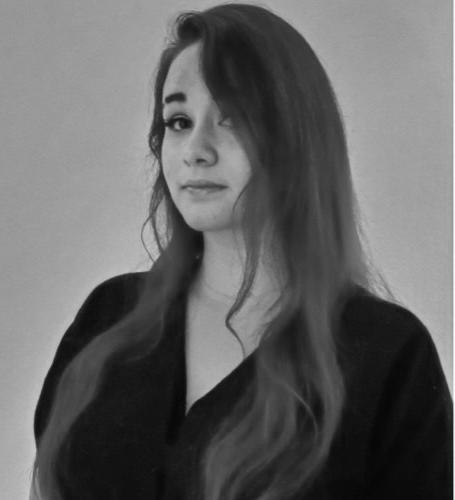
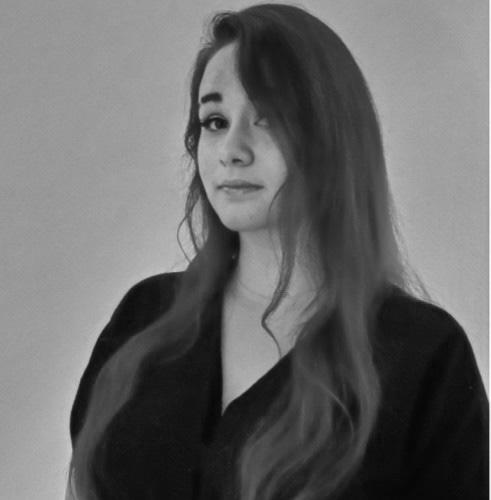
Gabrielle Henry started a new position as designer in the Boston office.

Jeanne Choi was named Partner. TILLETT LIGHTING DESIGN ASSOCIATES



Jonathan Lebovic started a new position as senior associate in the Los Angeles office.

Erin Dreyfous announced the founding of Studio DXD with her partner, Jon Dreyfous AIA.


LIGHTING
Bailey Metzner joined the firm as Senior Lighting Designer.
Gillian Wright started a new position as Lighting Designer.
Anna Ames was promoted to Studio Director.




Shan Jiang was promoted to Associate Principal.
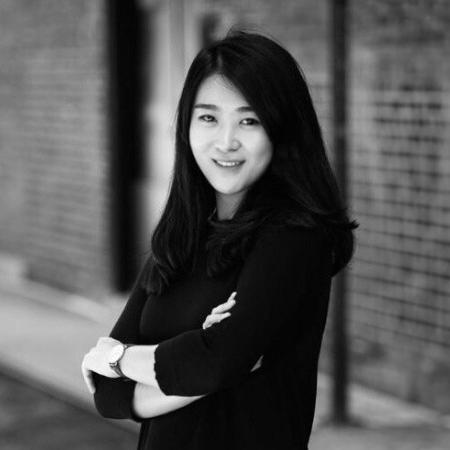
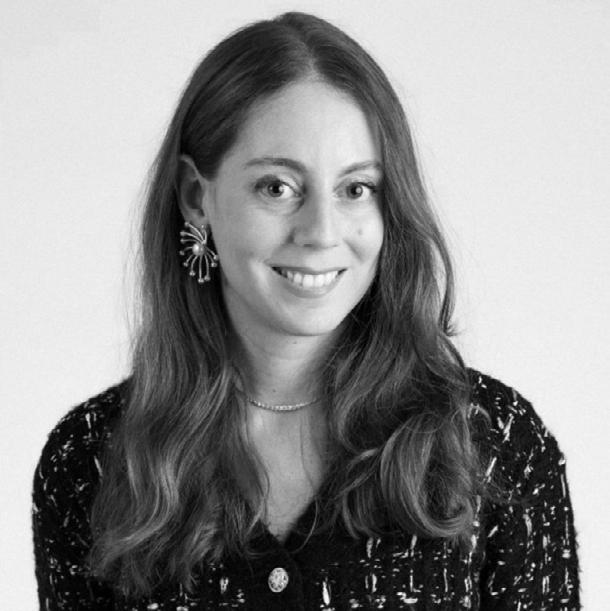
Noor Traboulsi was promoted to Senior Associate.

Amanda Arikol was promoted to Associate Principal.
Shulan Kuan was promoted to Senior Associate.
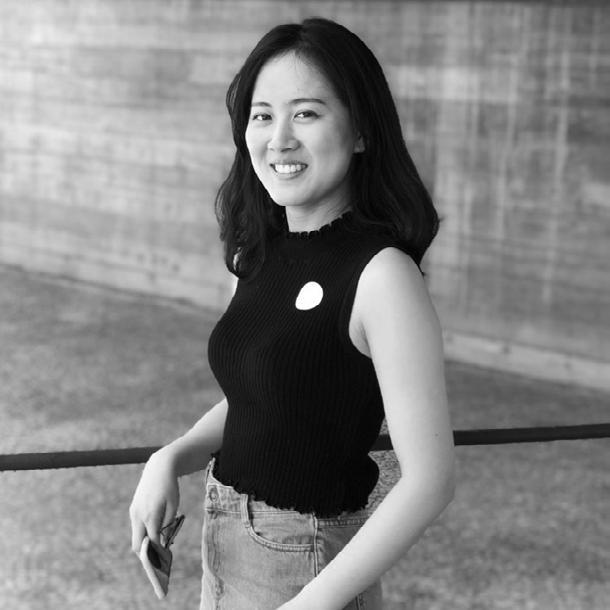











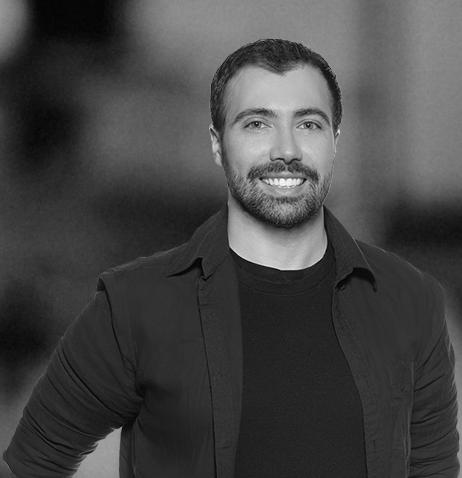






Nestled between the Istrian peninsula and mainland Croatia, the Učka Tunnel serves as a vital artery connecting these two regions. The recent expansion, with the opening of its second tube on September 13, marks not just an infrastructural feat but a stunning display of art and innovation through lighting. Skira Architectural Lighting, led by the visionary Dean Skira, has transformed the tunnel into a symphony of light that reflects the unique essence of Istrian heritage.
At over 5.6 kilometers long and part of a €200 million project, the Učka Tunnel's second tube was designed to reduce congestion and improve transportation flow. Yet, the Skira team pushed the boundaries of what tunnel lighting could achieve, blending technology with local culture. When I visited the tunnel a week after its opening, the impact of their work was undeniable.
Arriving at the tunnel late in the evening, around 10 PM, I encouraged my wife to lean out of the car to capture unobstructed shots as we approached the entrance. It was a serene moment, disrupted only briefly by a toll collector shaking his finger at me. Assuming he was signaling that credit cards were not accepted, I was ready to pull out some euros, but then came the words that made my heart

sink: “Tunnel closed!” Luckily, he added, “For 10 minutes for maintenance.”
I asked if I could exit the car and take pictures, and he responded, “Why not?” The delay felt like winning the lottery – I was granted the chance to experience the magic of the lighting without looking through dirty windows.
During a dinner earlier that evening, Skira shared insights into the vision behind the Učka Tunnel project. The task wasn’t just to light the tunnel; it was to evoke a sense of Istria, to tell a story through light. His design does just that, with the tunnel serving as a canvas for both natural elements and advanced lighting technology.
On the Istrian (Reijka) side, the tunnel greets drivers with corten steel cladding – a deliberate design choice that suggests the
red, dry earth of Istria’s arid landscape. The iGuzzini lighting at 2700K interacts with this material to create a warm, grounded feeling, pulling from the earthy tones that define the region.
Exiting the tunnel on the Kvarner side is an entirely different experience. Here, Skira’s team employed architectural projectors from Martin Lighting to display dynamic, wave-like projections on the administrative building and tunnel entrance. As I stood there that night, massive waves crashed against the structure – a perfect metaphor for the transition from the dry, sun-beaten land of Istria to the beautiful, deep-blue waters of the Kvarner Gulf.
The administrative and control building is illuminated with projectors that simulate ten different scenarios, reflecting the four seasons, as well as the region’s distinctive winds, the Bura and Jugo, and winter snowfalls. These lighting scenes automatically or manually change each evening until midnight, or until 10 p.m. during the winter months, to align with the rhythm of the surroundings and weather conditions.
BINA Istra, in collaboration with the French company Bouygues, gave Skira's team the creative freedom to explore new boundaries. With lighting scenes that shift with the seasons, the design offers a dynamic experience for the millions of travelers who will journey through the tunnel in the coming
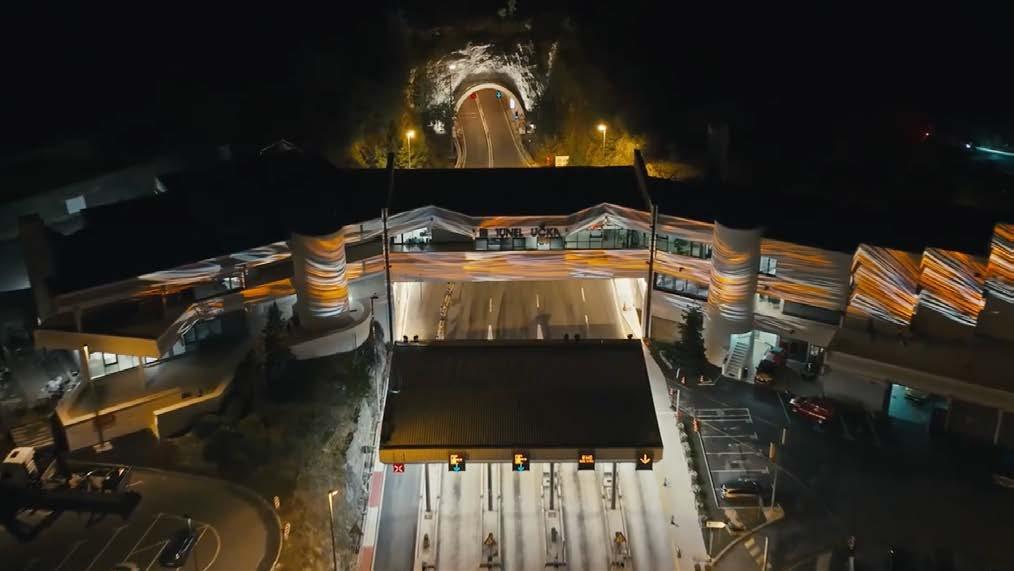

years. Seamlessly merging technology and art, the design is as enduring as the tunnel itself, harmonizing with the timeless beauty of nature.
This immersive journey from one side of the tunnel to the other – from earth to ocean – captures the very essence of Istria, offering travelers a dynamic sensory experience that’s more than just functional lighting. It’s a journey through time, place, and elements.
Building the tunnel was no small feat, especially given the challenging geological conditions. More than 30 caves and fissures were discovered during the construction, necessitating over 1,000 tons of liquid explosives. Despite these hurdles, the project was completed on time, and the lighting design was flawlessly integrated into the final structure.
Skira’s architectural background played a critical role in this success. He not only illuminates existing structures but also designs the materials and forms that are lit. The corten steel cladding is an example of this integration, showcasing how lighting can interact with architecture to create a cohesive, artistic statement.
Throughout our conversation, Skira’s pride in his team’s dedication was evident. The 10-person crew, responsible for
commissioning the project, worked tirelessly to ensure every detail was perfect. Many stayed until 2 or 3 in the morning during the final days before the opening to ensure the lighting met Skira’s exacting standards.
The hard work paid off. The Učka Tunnel stands as a testament to the power of lighting design, not just in enhancing safety and visibility but in telling a story about place and identity. Skira’s approach merged the technical with the artistic, the past with the present, and the land with the sea.
In the end, the Učka Tunnel is not just a route through a mountain – it’s a journey through Istria itself, captured in light. ■



salutes and thanks its advertisers for their support. We applaud the achievements of lighting practitioners and recognize the importance of their work in architecture and design.






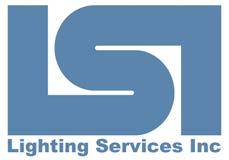



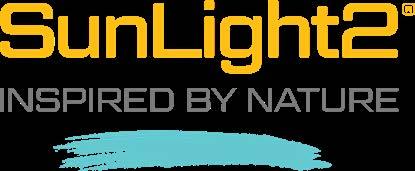





By
SHIRLEY COYLE, LC

It’s immediately clear, when talking to Brandon Thrasher about his career, that lighting has always been a passion – even in childhood, growing up in Kansas City, Missouri.
“There was something I always observed about lighting…the pivotal moment was in high school – I had an amazing theater teacher, Kelly McNabb, and her husband – they really inspired me. They gave me a vision that lighting could be a career, not just a hobby! I was fascinated by how lighting could completely transform a space or tell a story,” Brandon noted.
After completing a degree in Theater, Brandon headed to grad school at UW-Madison for Theater Lighting Design. “I had a great professor, Linda Essig, at Madison. We he had a couple of classes in architectural lighting, so I had exposure there.”
It turned out that Linda Essig had gone to NYU with Steven Rosen, respected lighting designer and founder of Available Light in Boston. Brandon’s next move after grad school was an internship at Available Light, which evolved into an offer from Steven to join the firm in Boston, where Brandon would happily spend the following dozen years.
From there Brandon joined Light This!, working with owner and lighting designer Daina Yurkus. Following the tumultuous economic times of the late 2000s, Brandon joined Carrie Hawley as the fourth person in the Boston office of HLB Lighting Design. “I got a great opportunity to work at HLB with Carrie and the team…we really grew the office over the four and a half years I was there,” he remembered.
An intriguing call came from the multi-disciplinary firm Henderson Engineers – they were looking for someone to lead their lighting group in New York City. Brandon recalled, “I had never lived in New York, and I kind of wanted to live there. The company’s headquarters were in Lenexa, Kansas – right near where my parents live, so there was a tie there!”
He was selected for the role, moved to New York City, and, for the next two years, led the lighting design group within the large firm. “It was much different…I missed all the collaboration and
all of the resources that I’d had at HLB. Around the time that I was thinking about what I would do next, I received a call from Barbara Horton (at the time, Senior Principal and CEO of HLB, as well as President of IALD). Barbara said we needed to talk about IALD; she asked me to come by to see their new office, and then we would talk over lunch.”
It turned out that HLB was looking for someone to lead their San Francisco office, and, in early 2016, Brandon had his answer on what to do next. He was moving to the West Coast and rejoining HLB Lighting Design to lead their office in San Francisco, where he is now Senior Principal.
Asked to what he attributes his success, Brandon offered, “At a baseline, my drive and passion have shaped part of it, but my success is really, really shaped by the incredible support that I received, early on from Steven Rosen and Daina Yurkis, who were great mentors, and then at HLB from Barbara Horton, Stephen Lees, and Carrie Hawley. I could not be more fortunate! Also, I have to say I’m truly grateful to my parents… they never questioned any decision I made – to pursue a degree in theatrical lighting, or to go to grad school, or to move across the country, however many times I’ve done that! And today, I work with an amazing group of partners at HLB, and their collaboration really continues to inspire and support both my, and our, collective success.”
Did he find the moves challenging? Brandon said, “I never saw my moves as challenges – rather, as amazing opportunities. The biggest challenge was during COVID when the design teams all had to work remotely, so we missed all of the crucial in-person collaboration – not only with our clients but also internally as a team. Even now, the shift to virtual meetings makes it harder to build the same level of connections – so, just getting those faceto-face moments is so important.”
Reflecting on current issues facing the lighting community, it’s clear that Brandon’s leadership role at HLB, as well as his involvement in the IALD Board (as Treasurer and a member of the Executive Committee), have brought focus to several areas of concern. He offered four priority issues:

1. “Workforce development and career longevity – there’s a real concern for the availability of new talent entering the field and retention of experienced lighting designers and professionals. More investment in education programs is needed to sustain the profession.
2. Environmental impact and the circular economy – the challenge of minimizing waste and adopting sustainable practices. Hopefully, we’ll see products with even longer lifetimes, embracing systems that can be repaired, upgraded, or repurposed.
3. Rapid technology progress, especially AI – how is that going to redefine the lighting landscape as AI-driven tools become more prevalent, and how do we adapt and integrate those technologies into projects while paying attention to data privacy and assessment of accuracy in output.
4. Staying relevant and evolving the business model – as in the recent IALD vote to eliminate the requirement to follow a specific business model to be a member of IALD.”
What advice would Brandon give to those coming into lighting design? “Get a business minor at a minimum – whether you are self-employed or working in a company, there are so many things you need to know! Keep building your technical skills throughout your career. Network with industry professionals – go to conferences. Meet people, not just in your field, but in adjacent fields. Stay creative and keep learning.”
And what does Brandon do to restore himself? Brandon immediately landed on his love for “music and musical theater –it’s my theater background, I go to see as much as I can. And I love karaoke – I’ve been known to bust out in song at the office!” ■
Metropolitan Pavilion
NYC 30 October 2024
Elevate your lighting expertise with tailored talks on DALI technology
Discover the latest advancements in DALI technology. Learn how to specify and use DALI in your projects for optimal performance and efficiency. Earn Continuing Education Units (CEUs). EARLY BIRD $199

www.dali-alliance.org
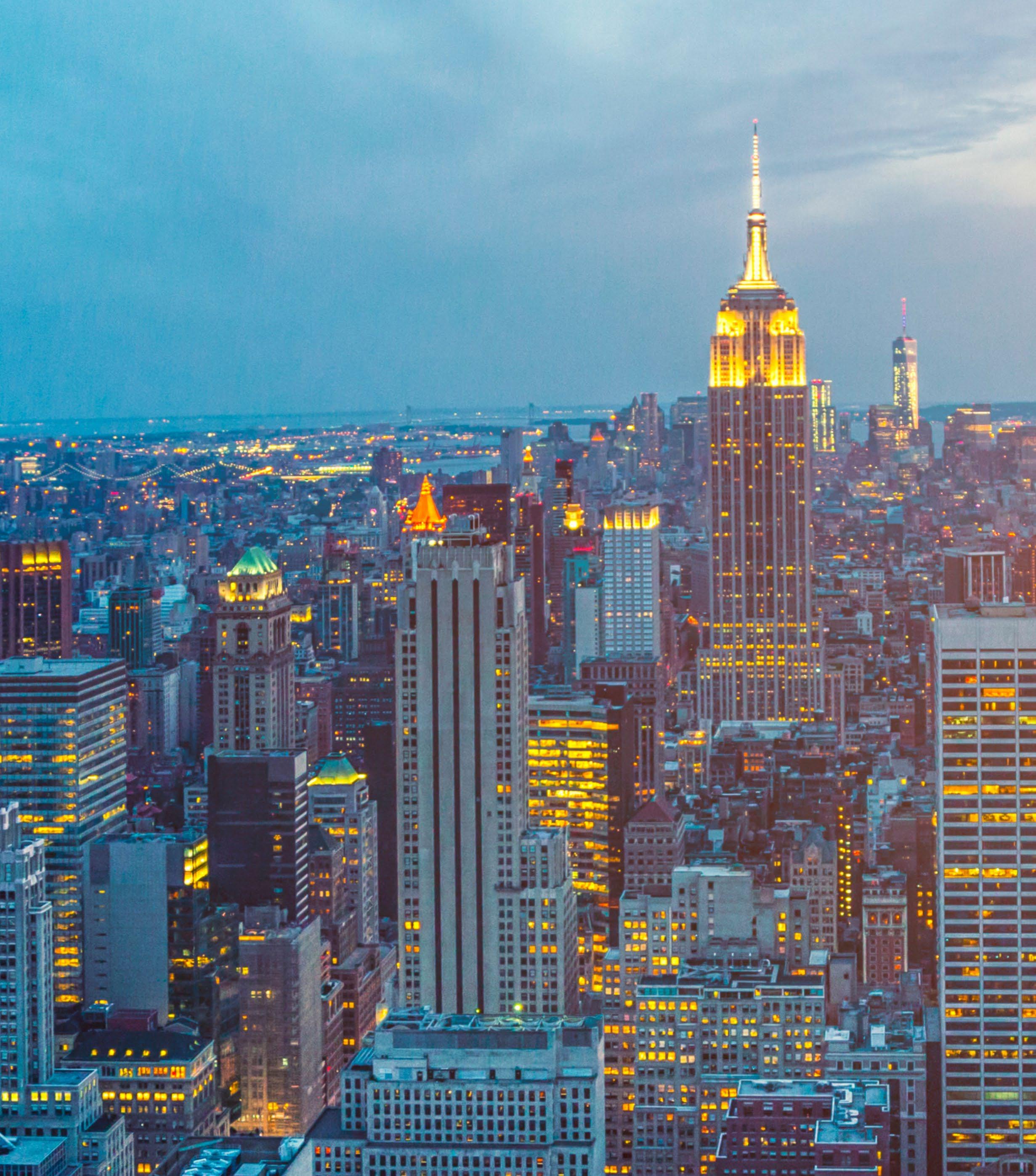


EdisonReport.tv serves as a hub for all digital content in the lighting industry. A premier source for critical information surrounding lighting, EdisonReport.tv is dedicated to delivering industry news by way of video and serving its audience by spotlighting product launches and up-to-date educational videos, as well as information about upcoming webinars.
Landscape Forms Northport Collection

Innovate with LEDVANCE for Your Brighter Future Lighting Services Inc




